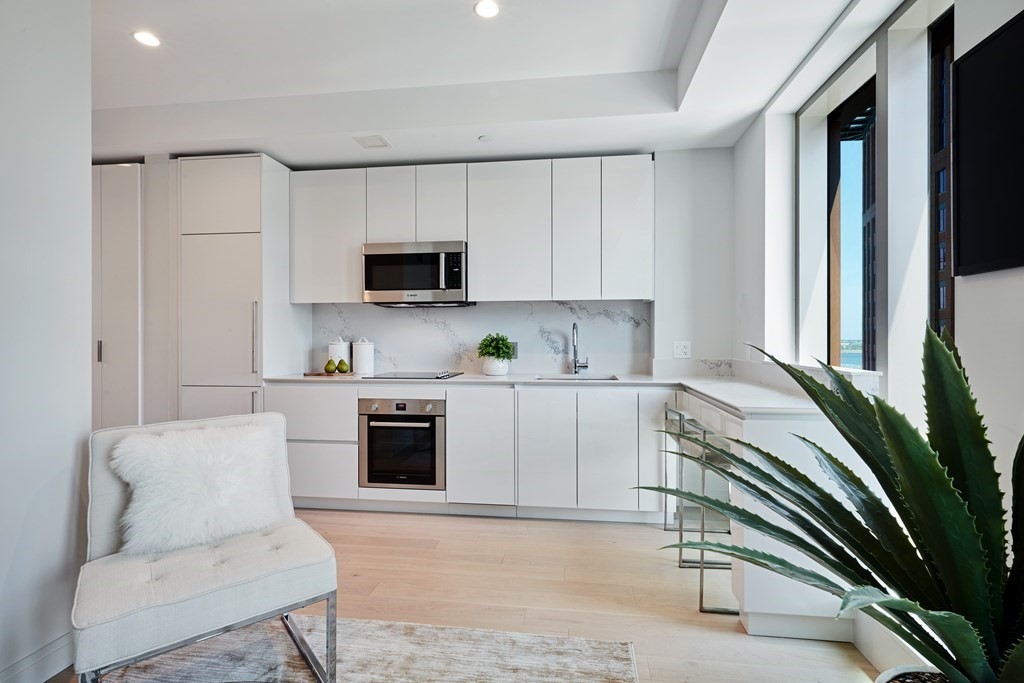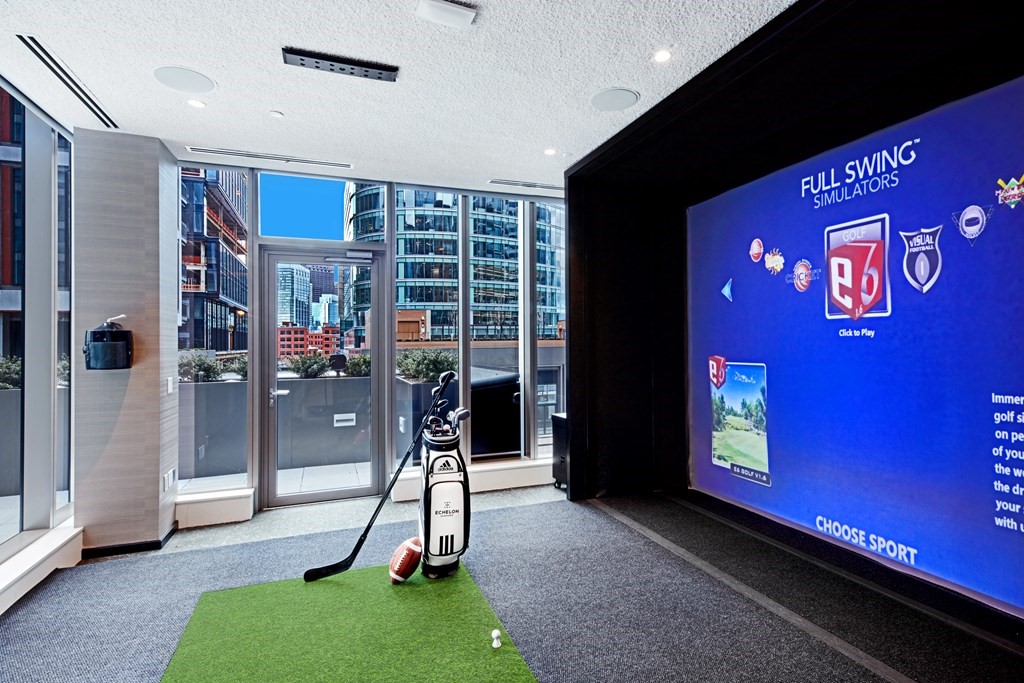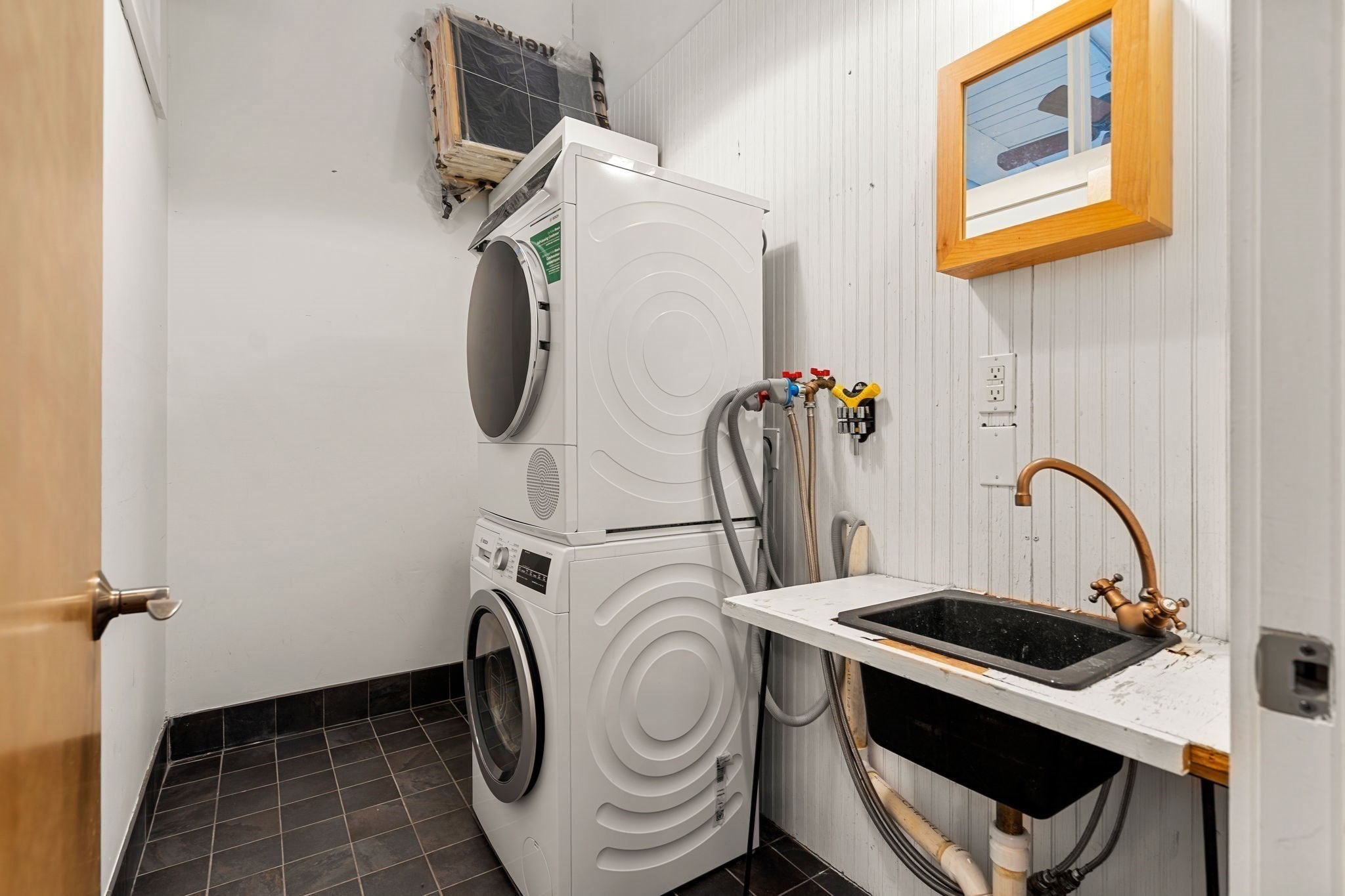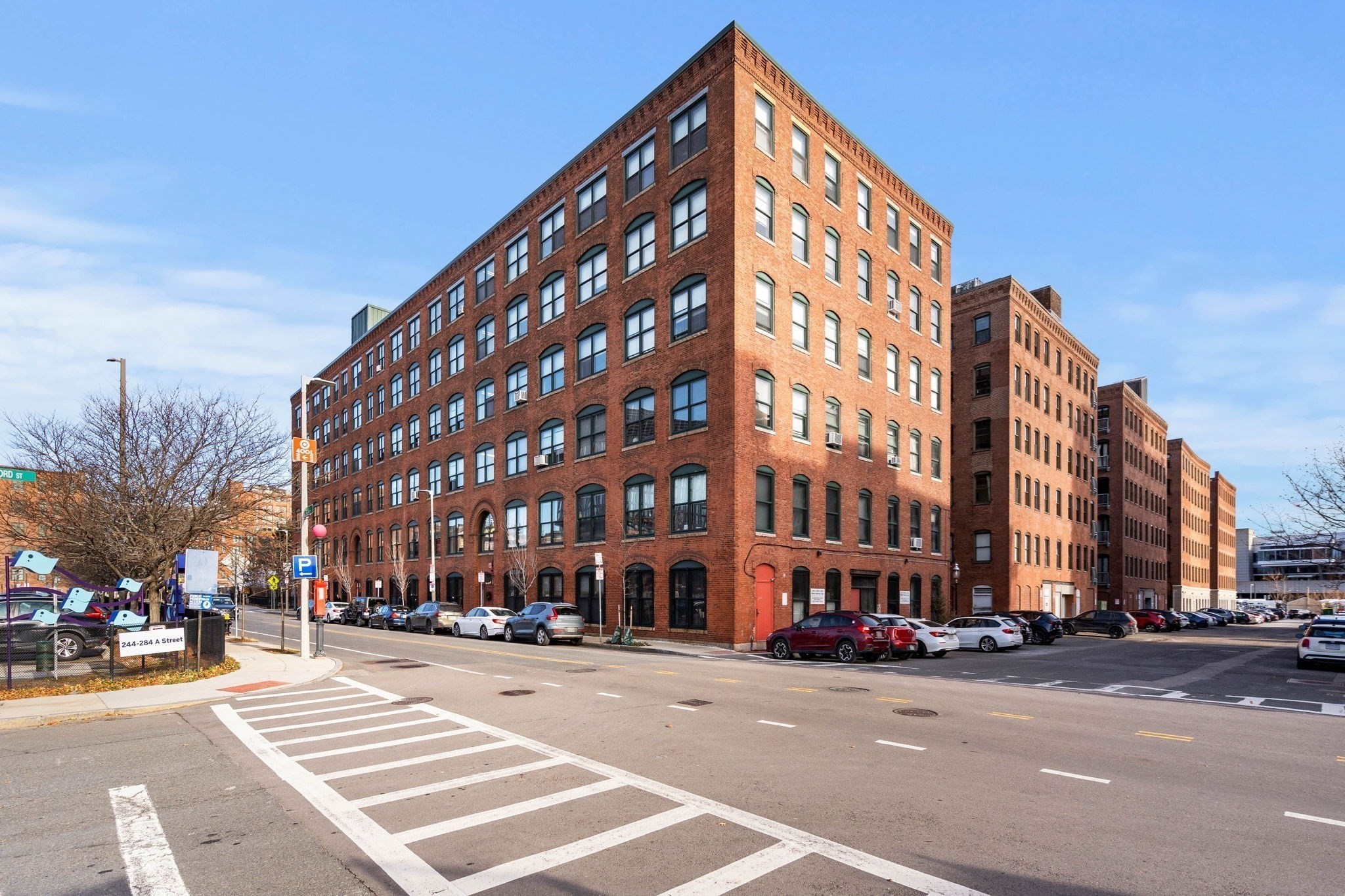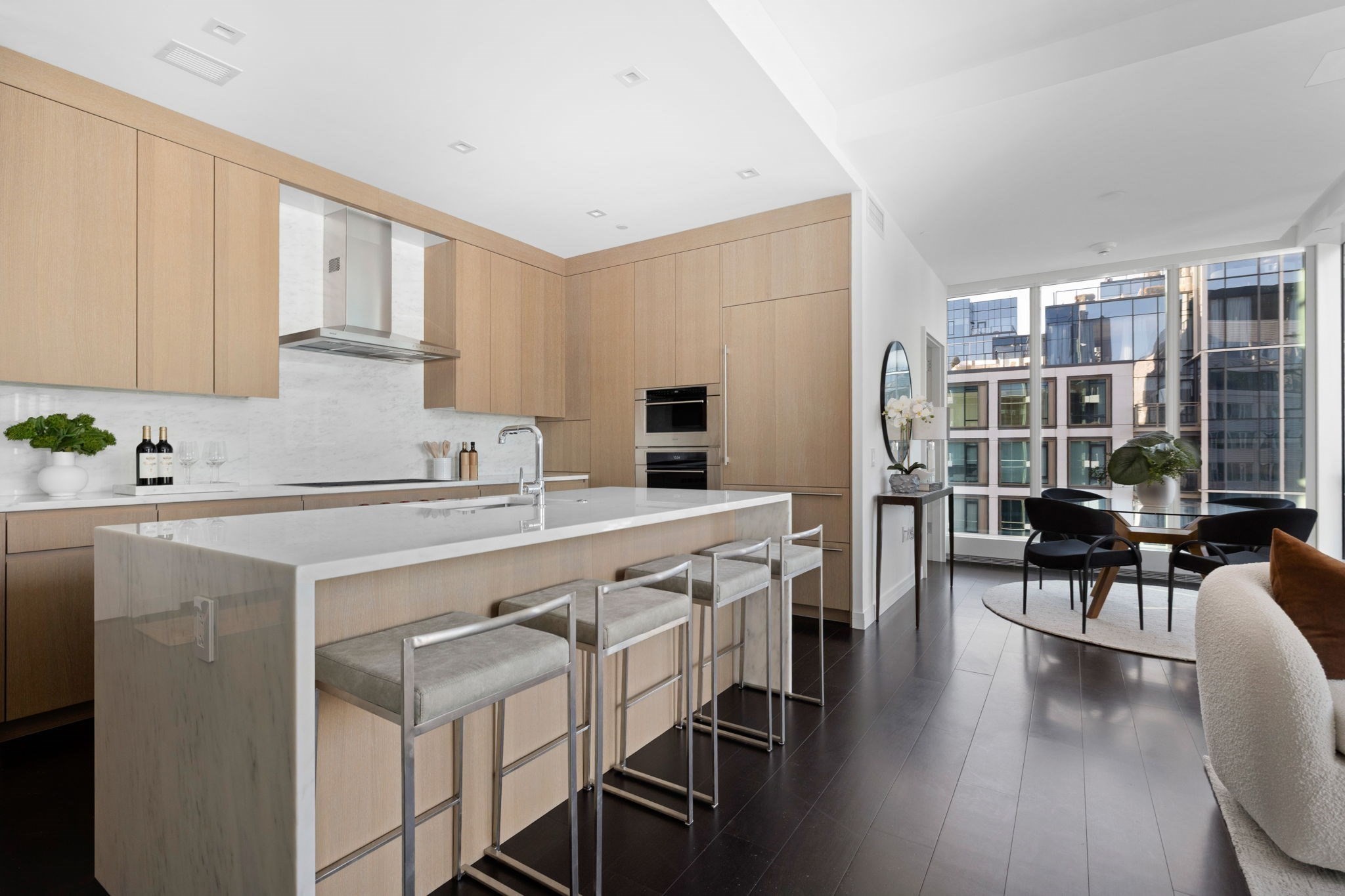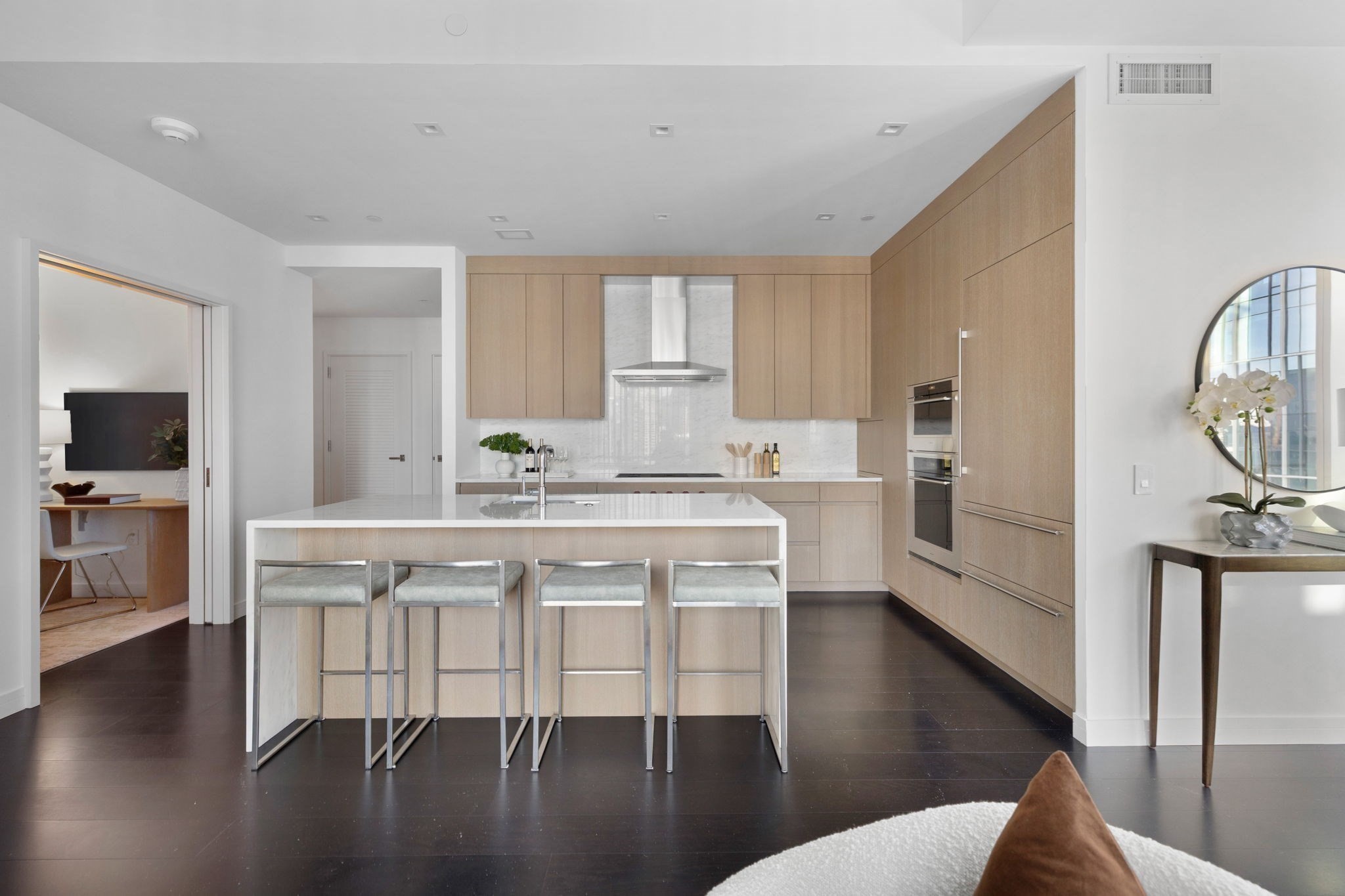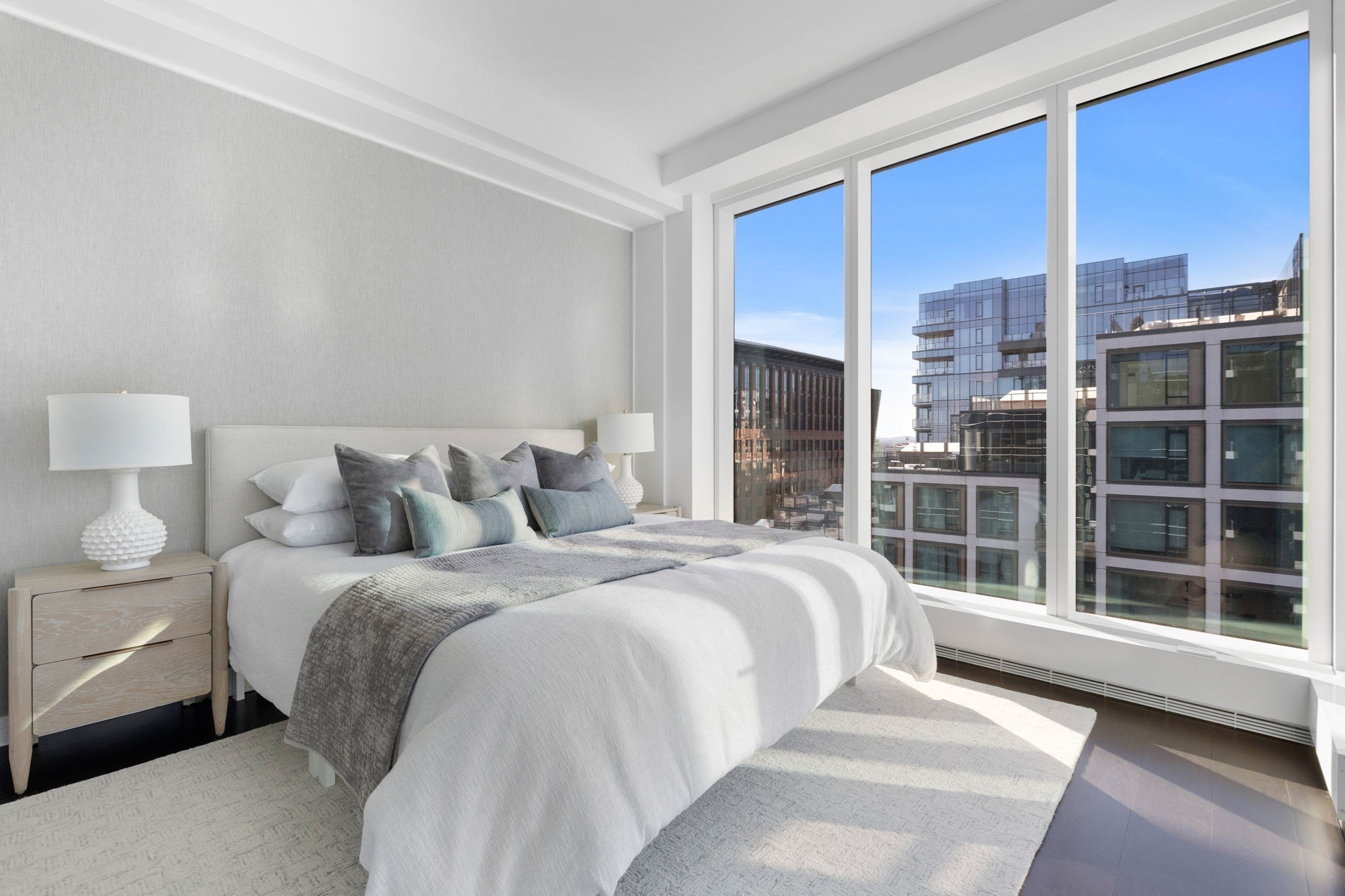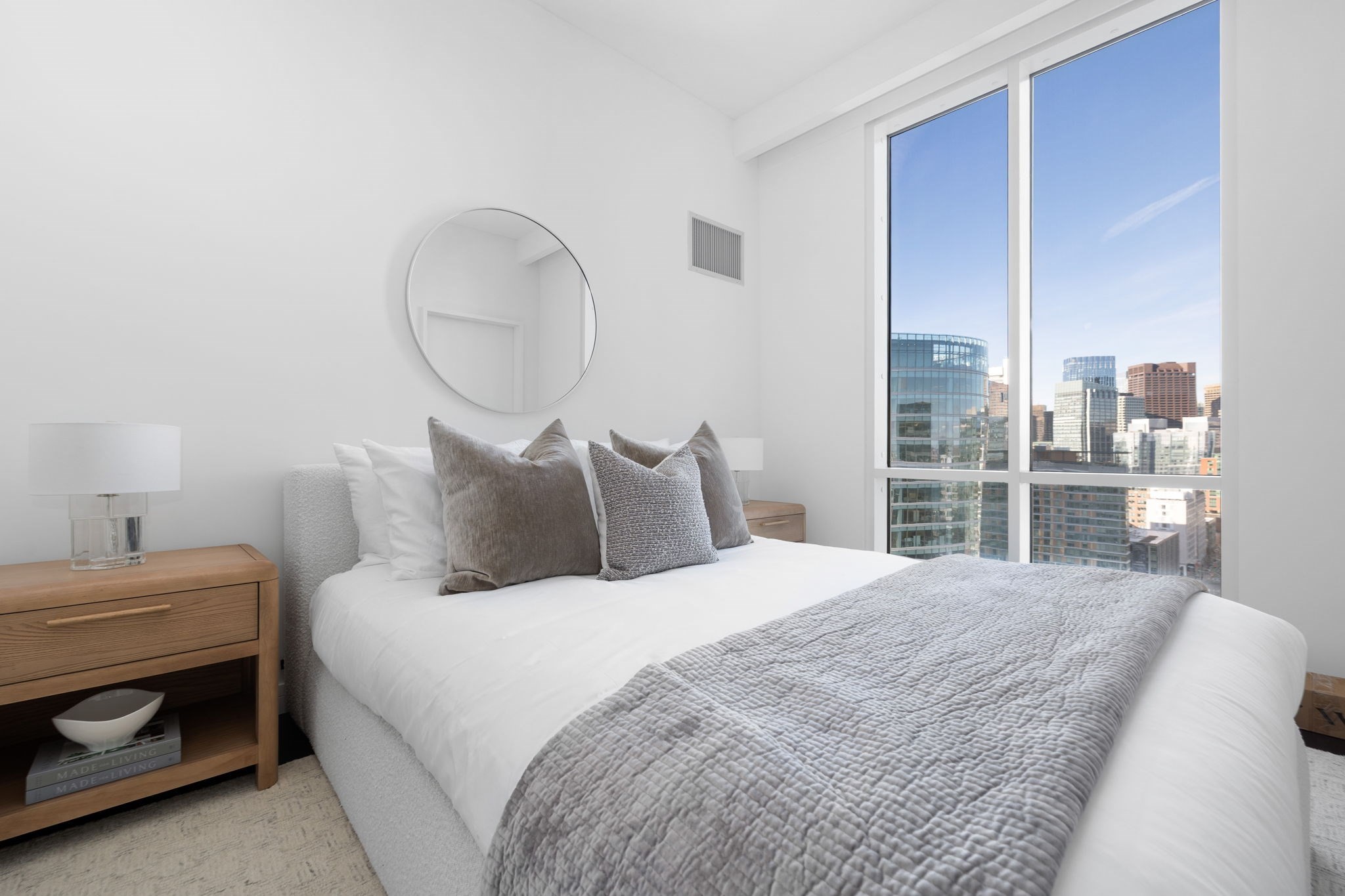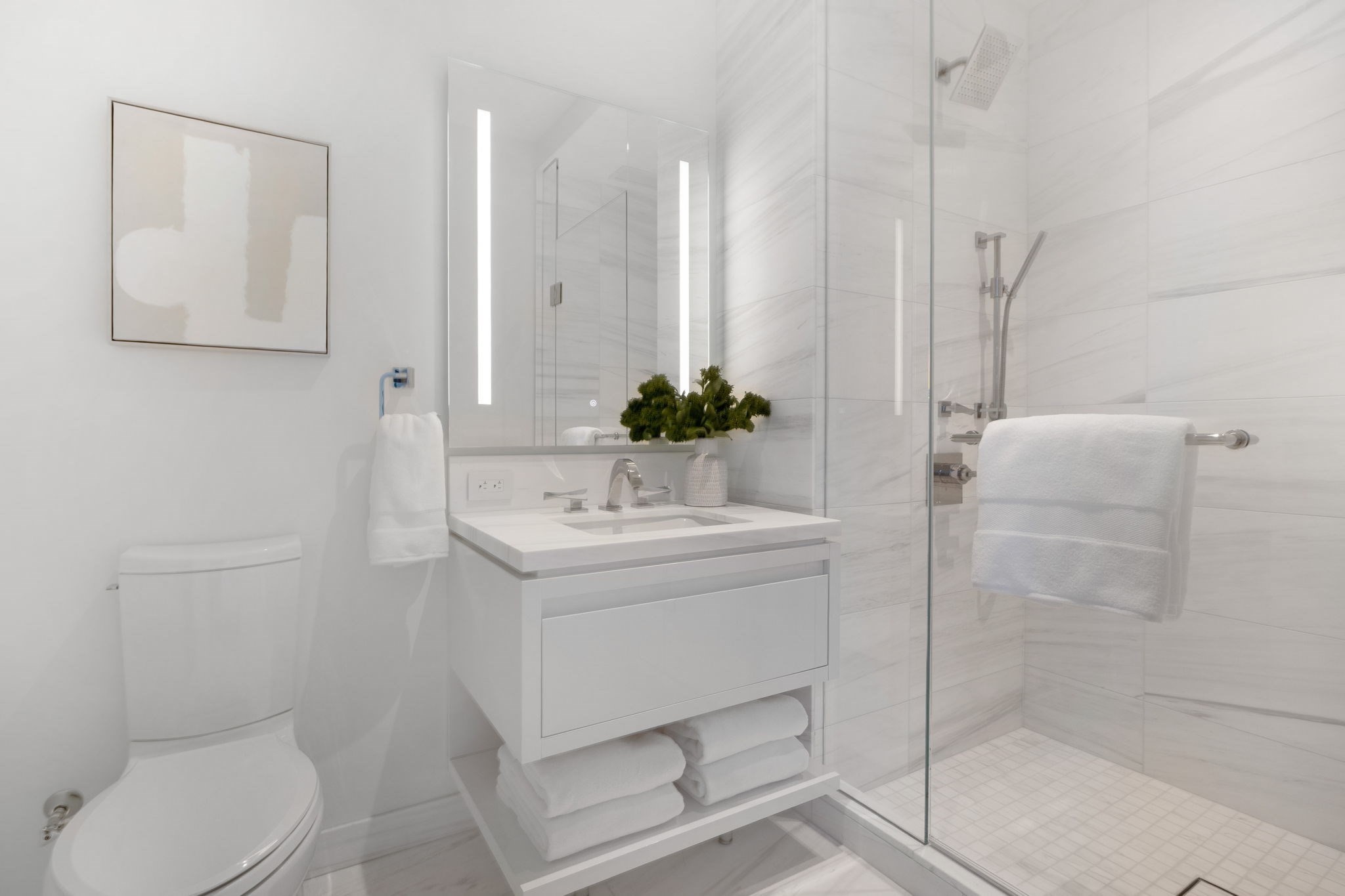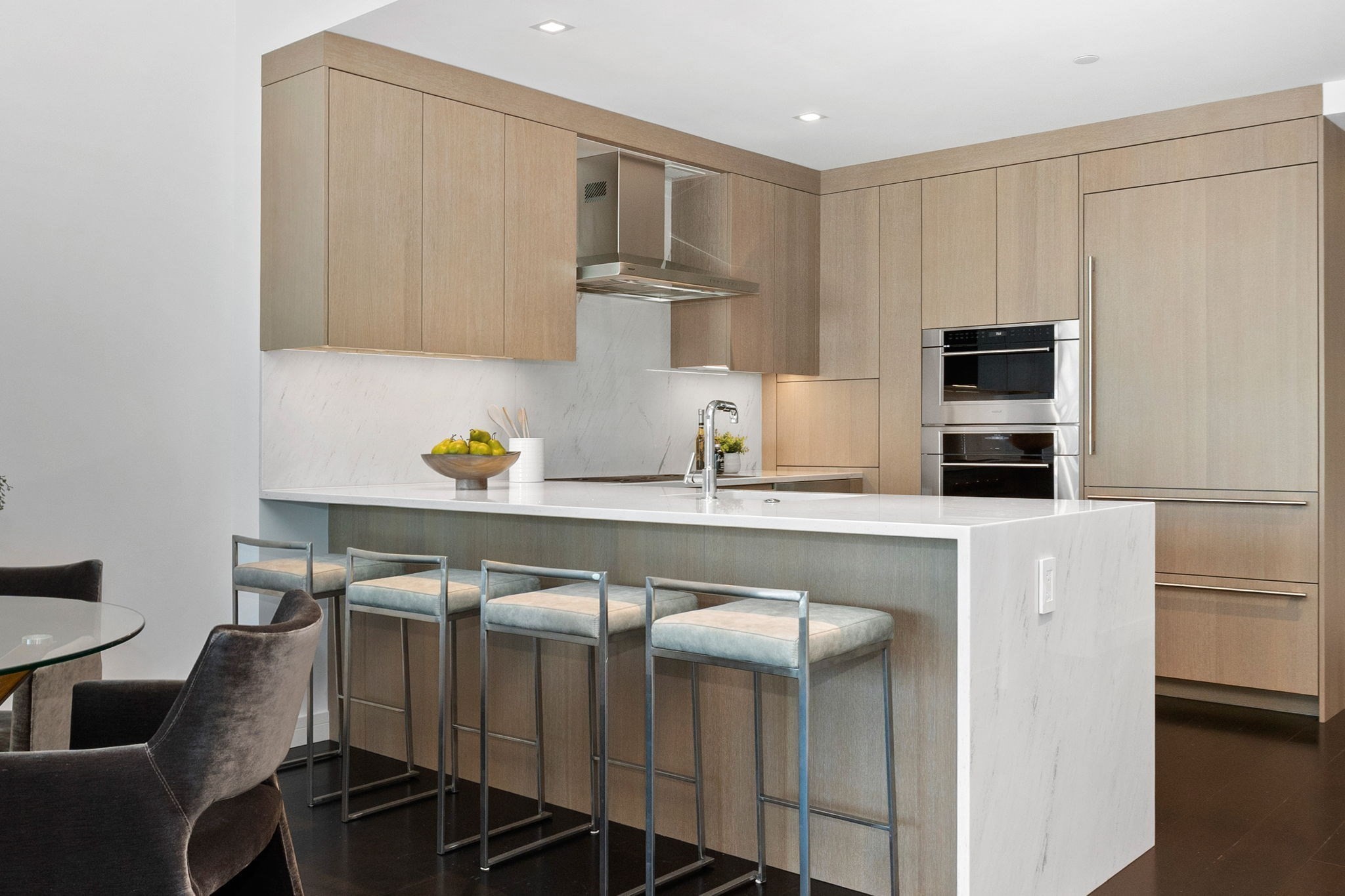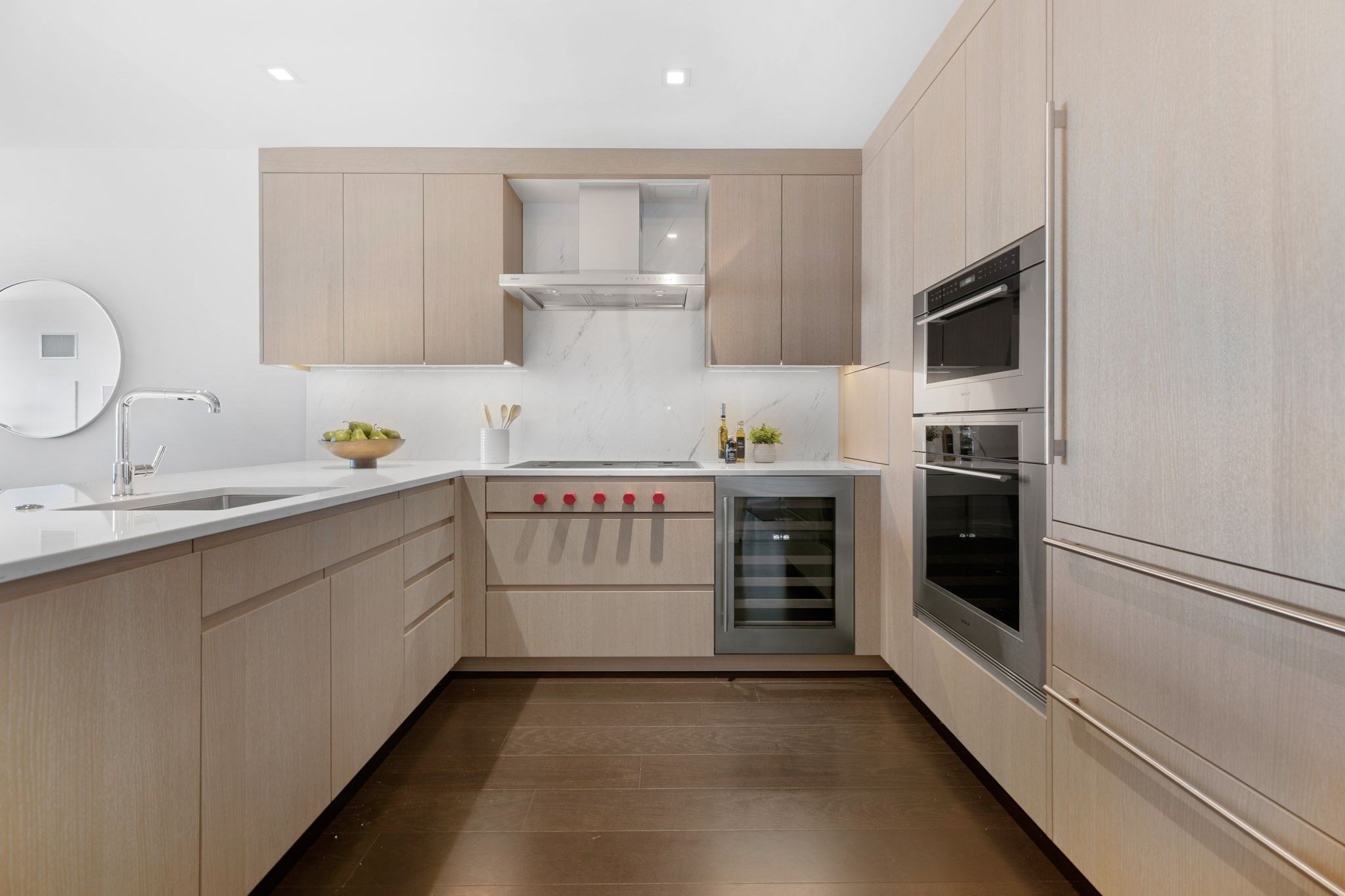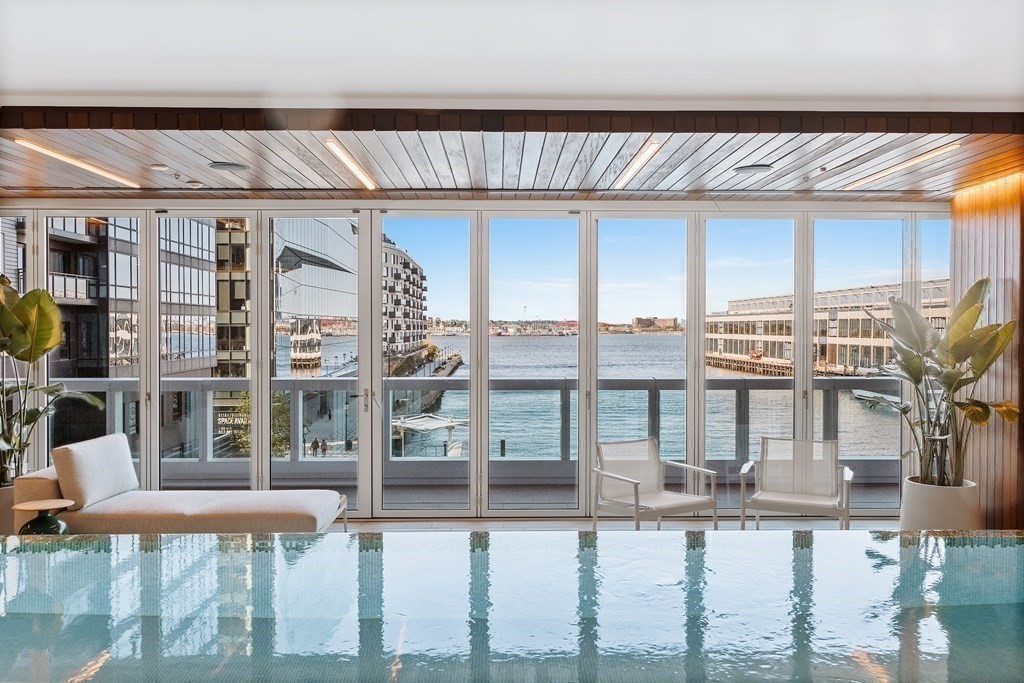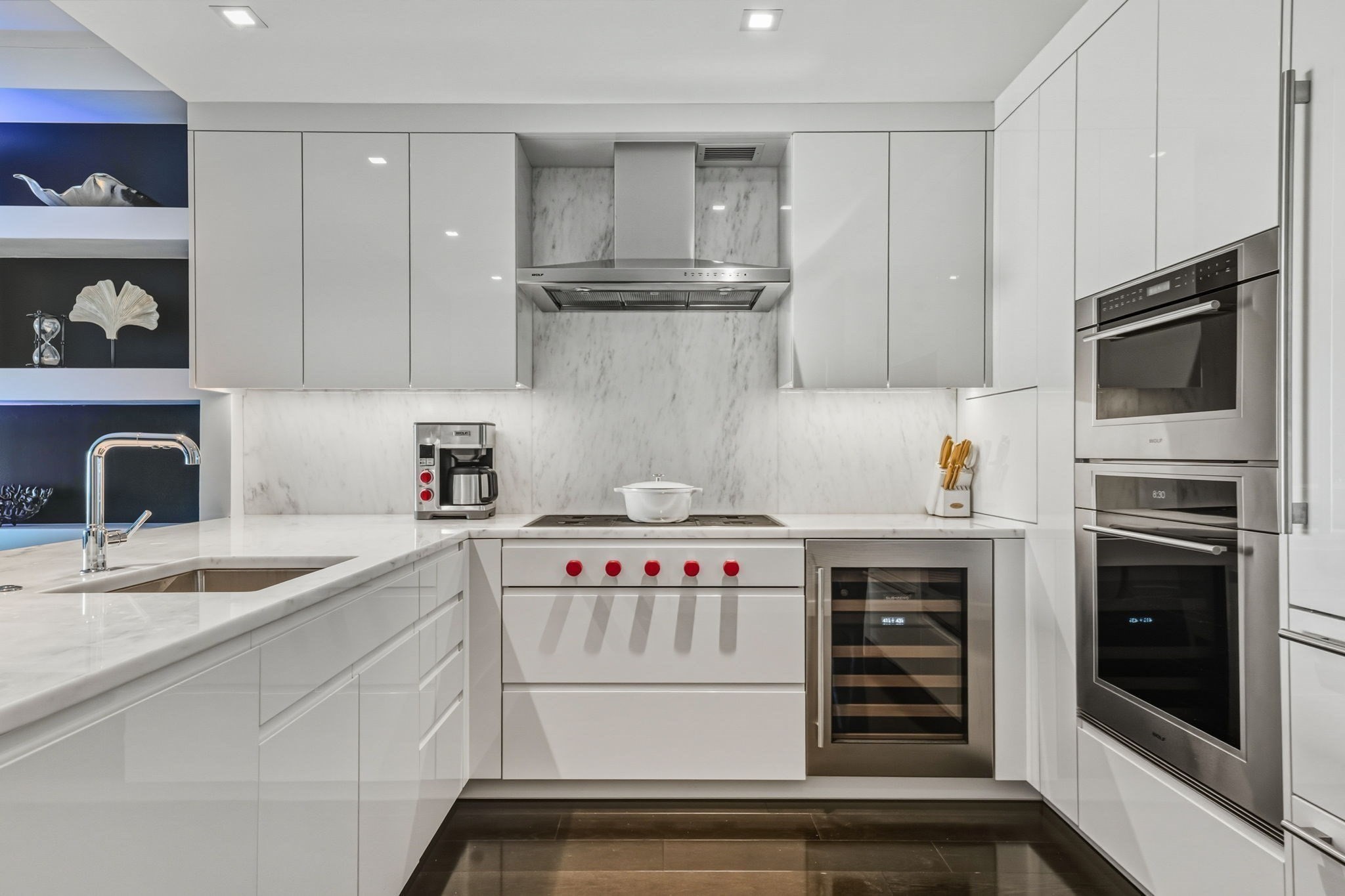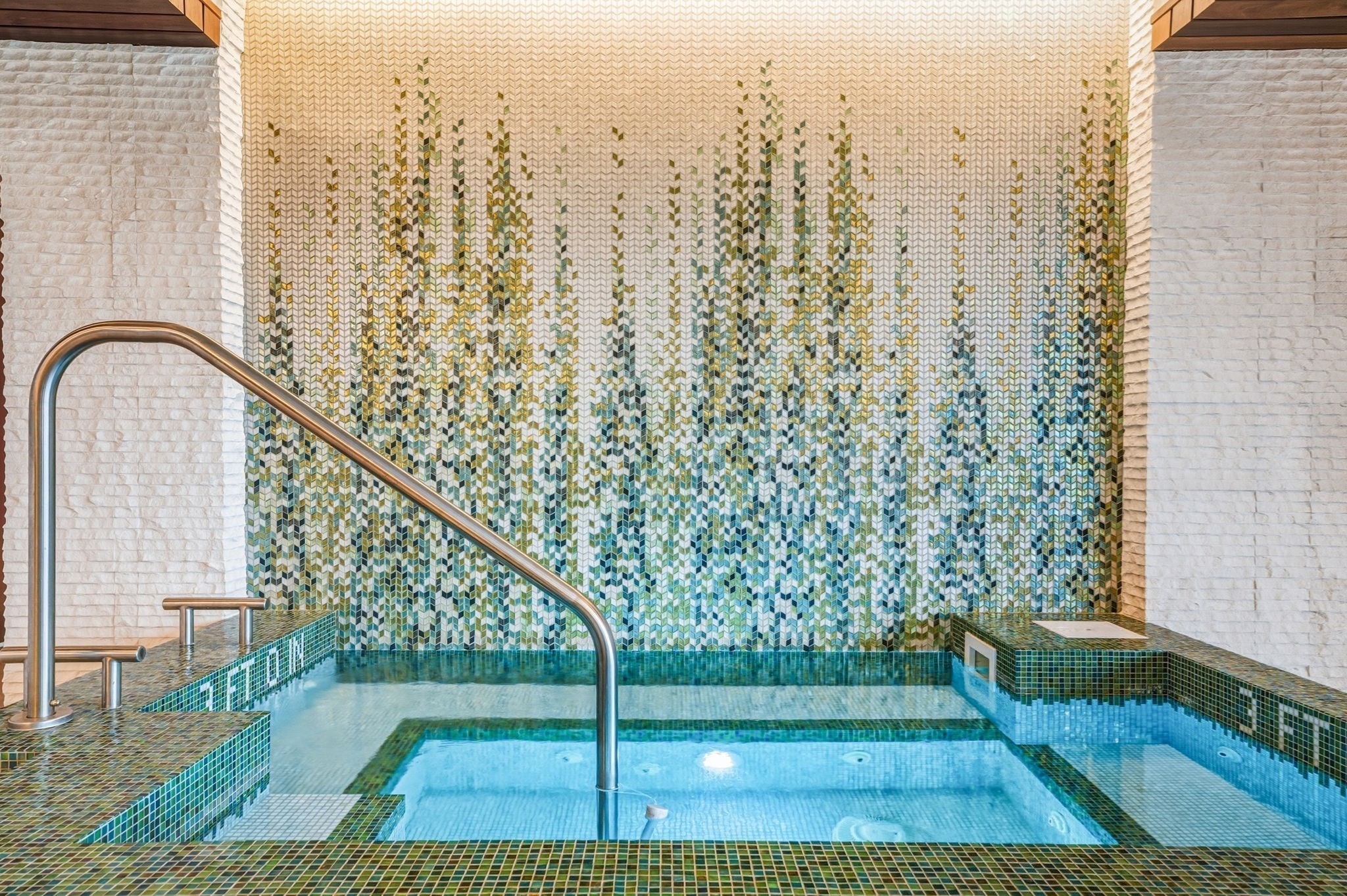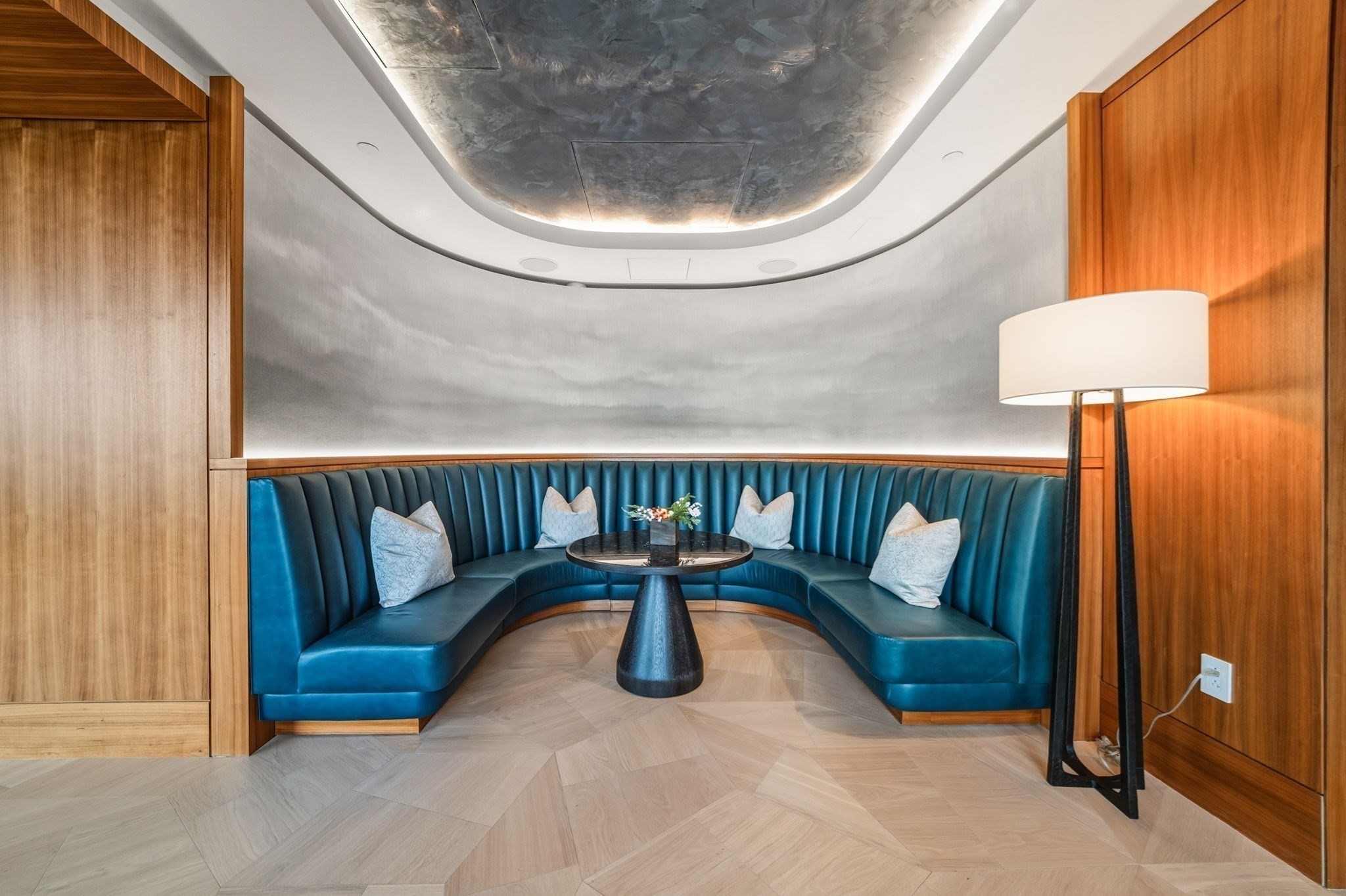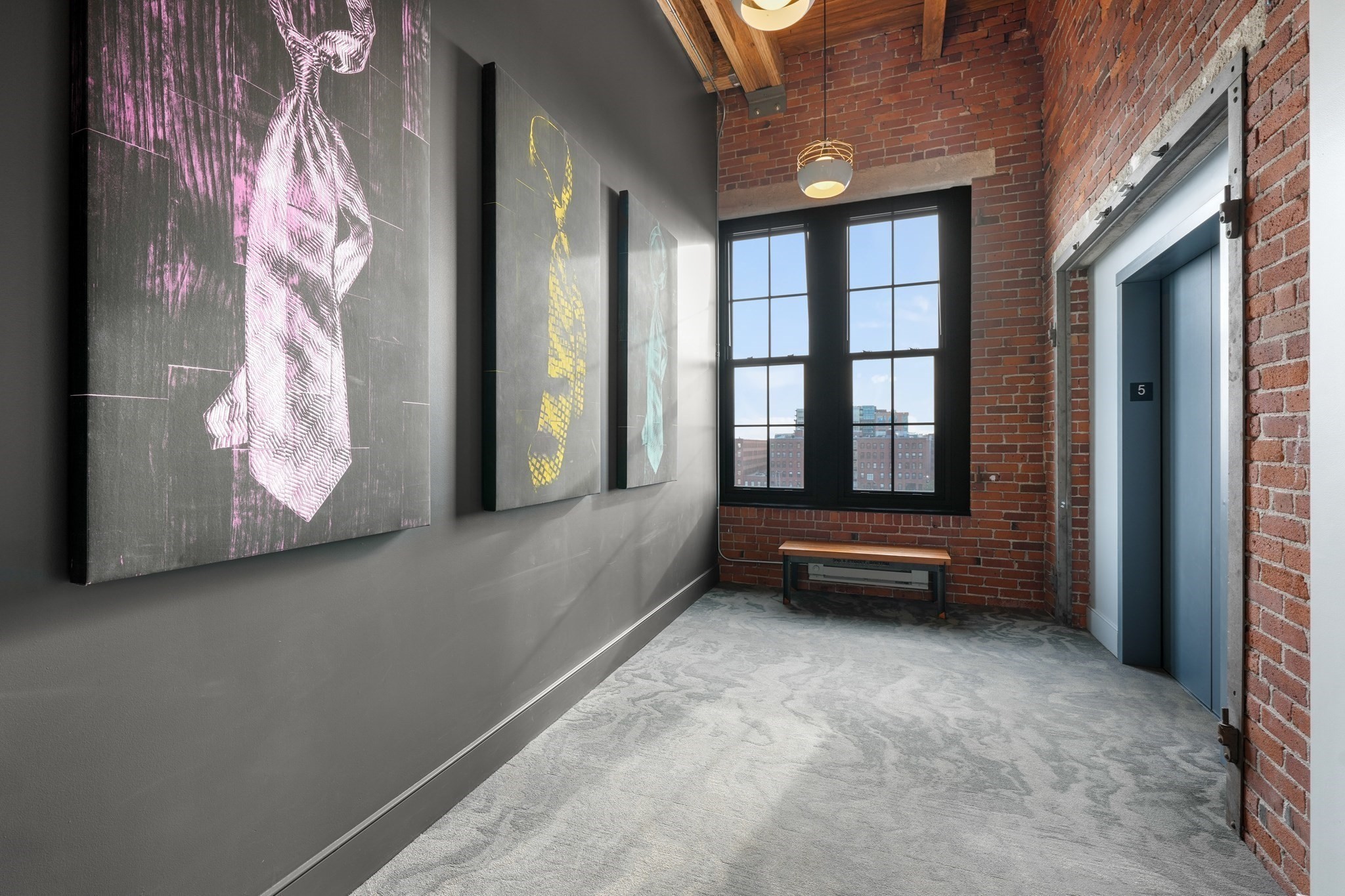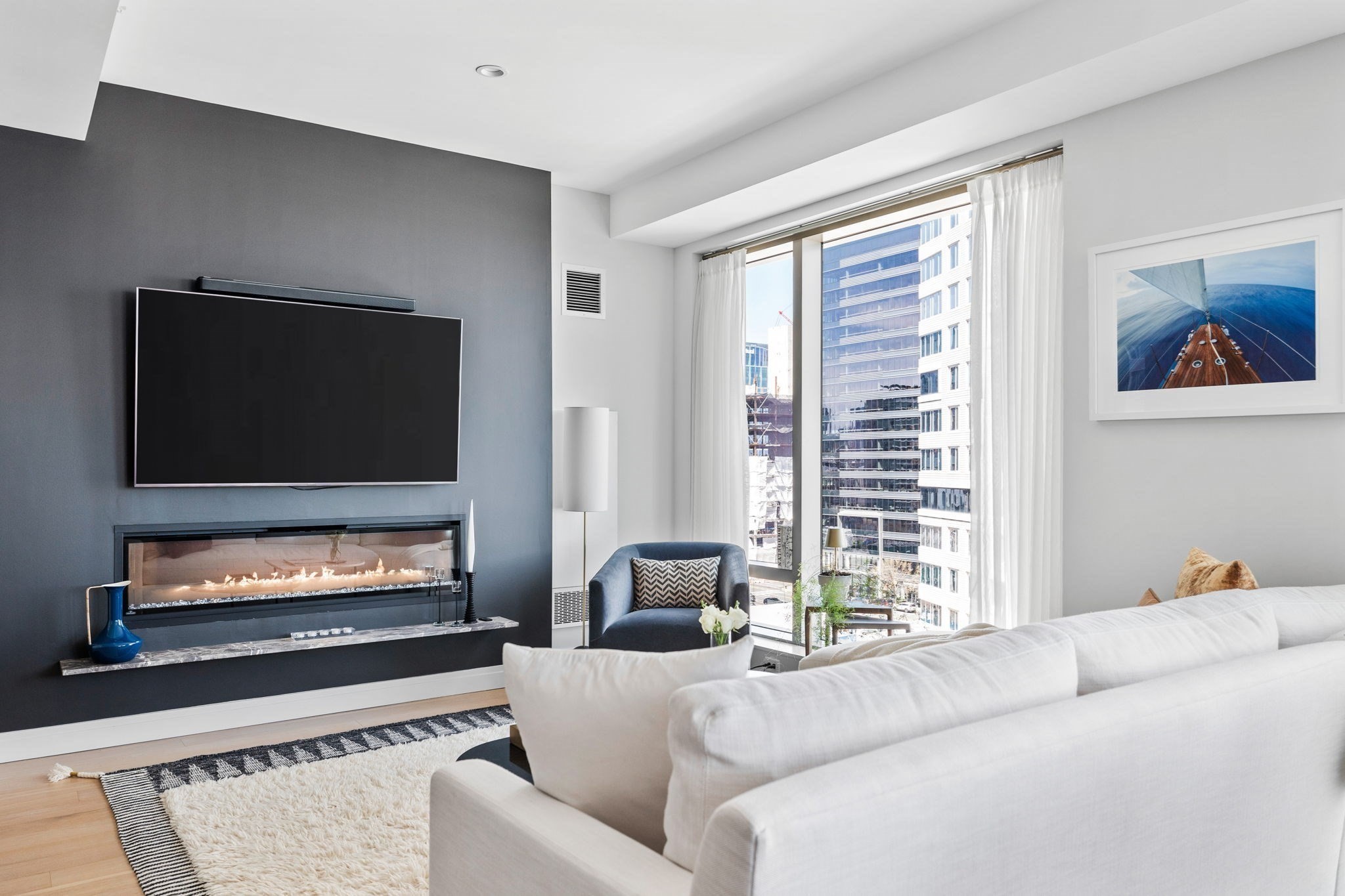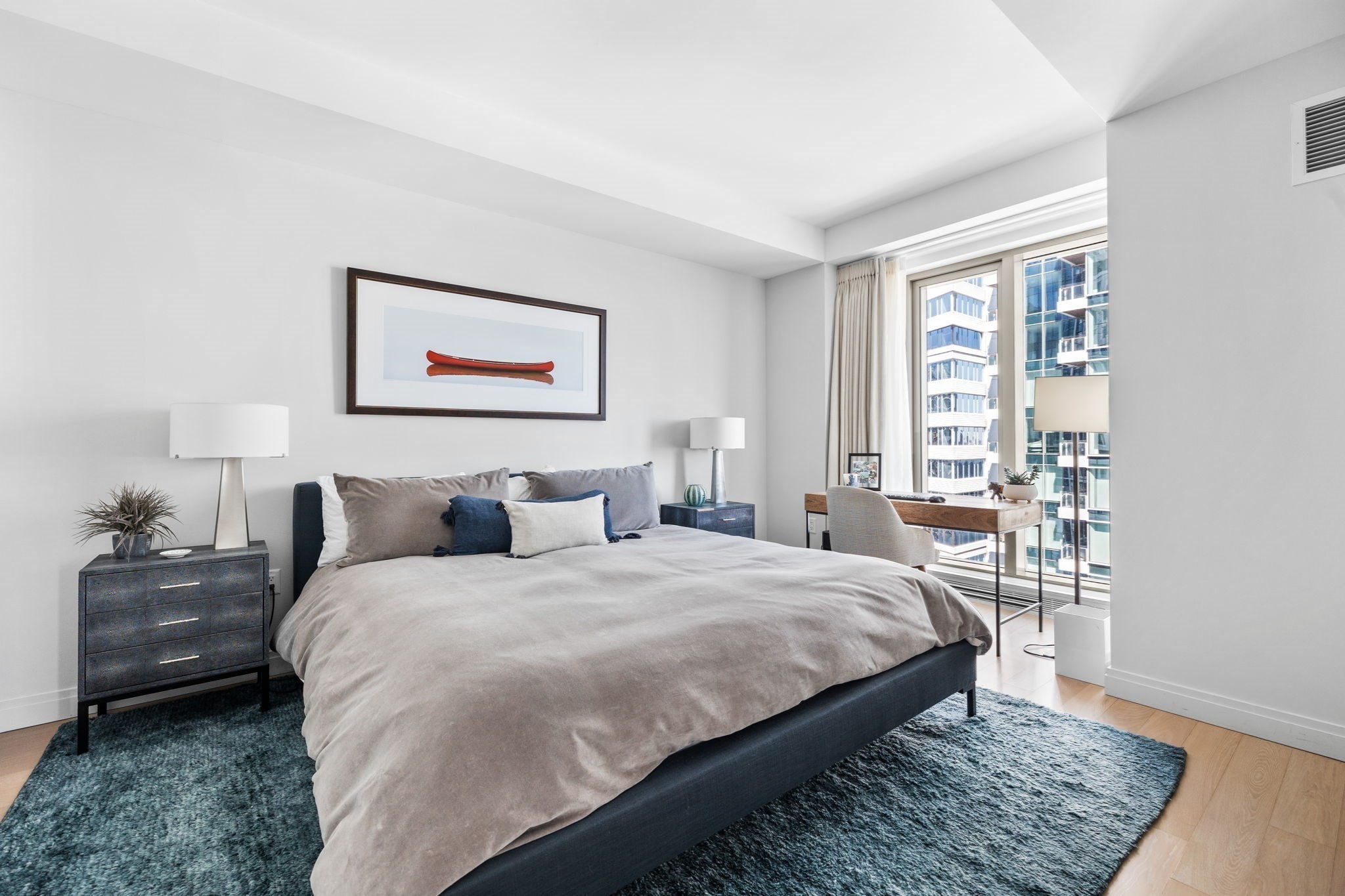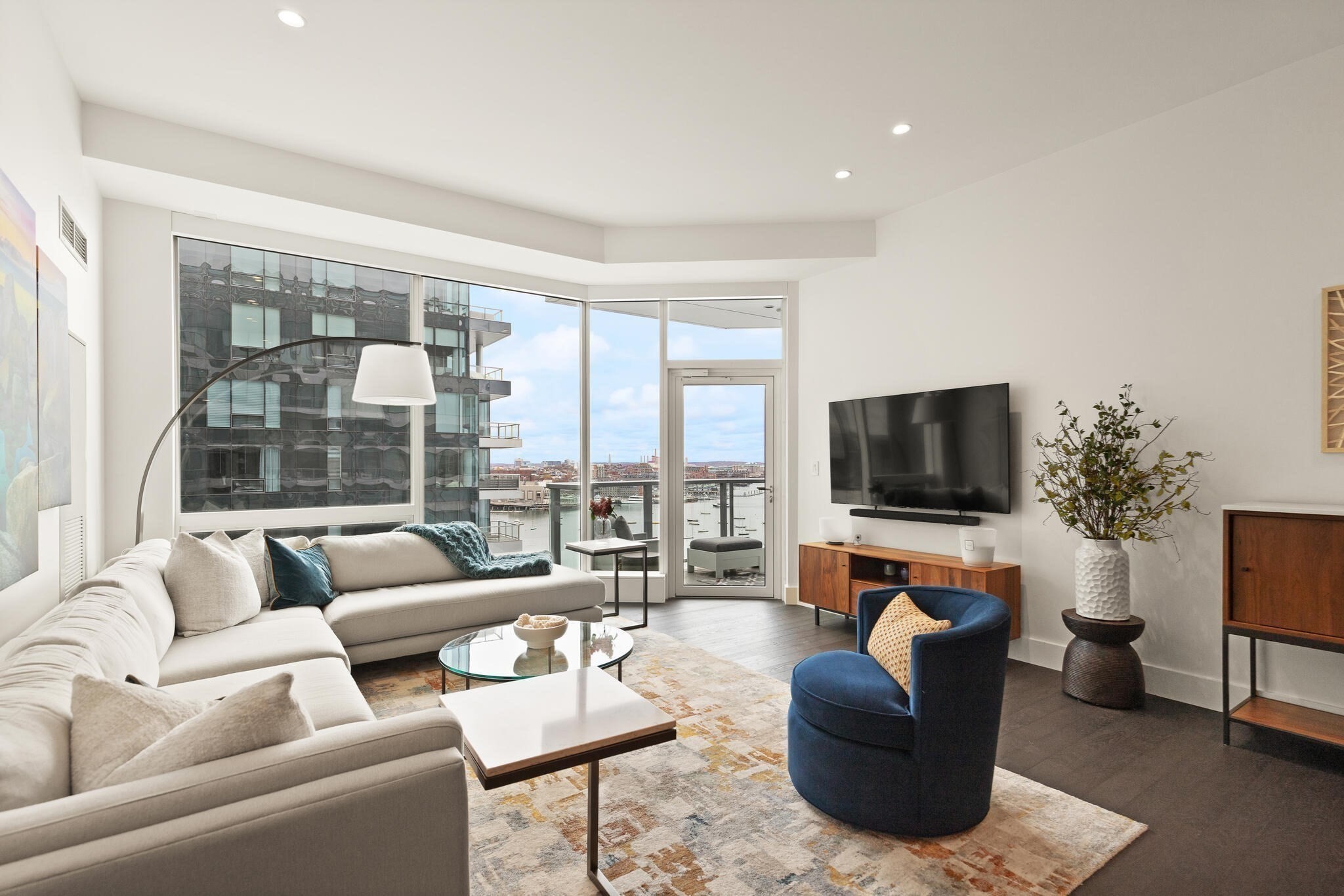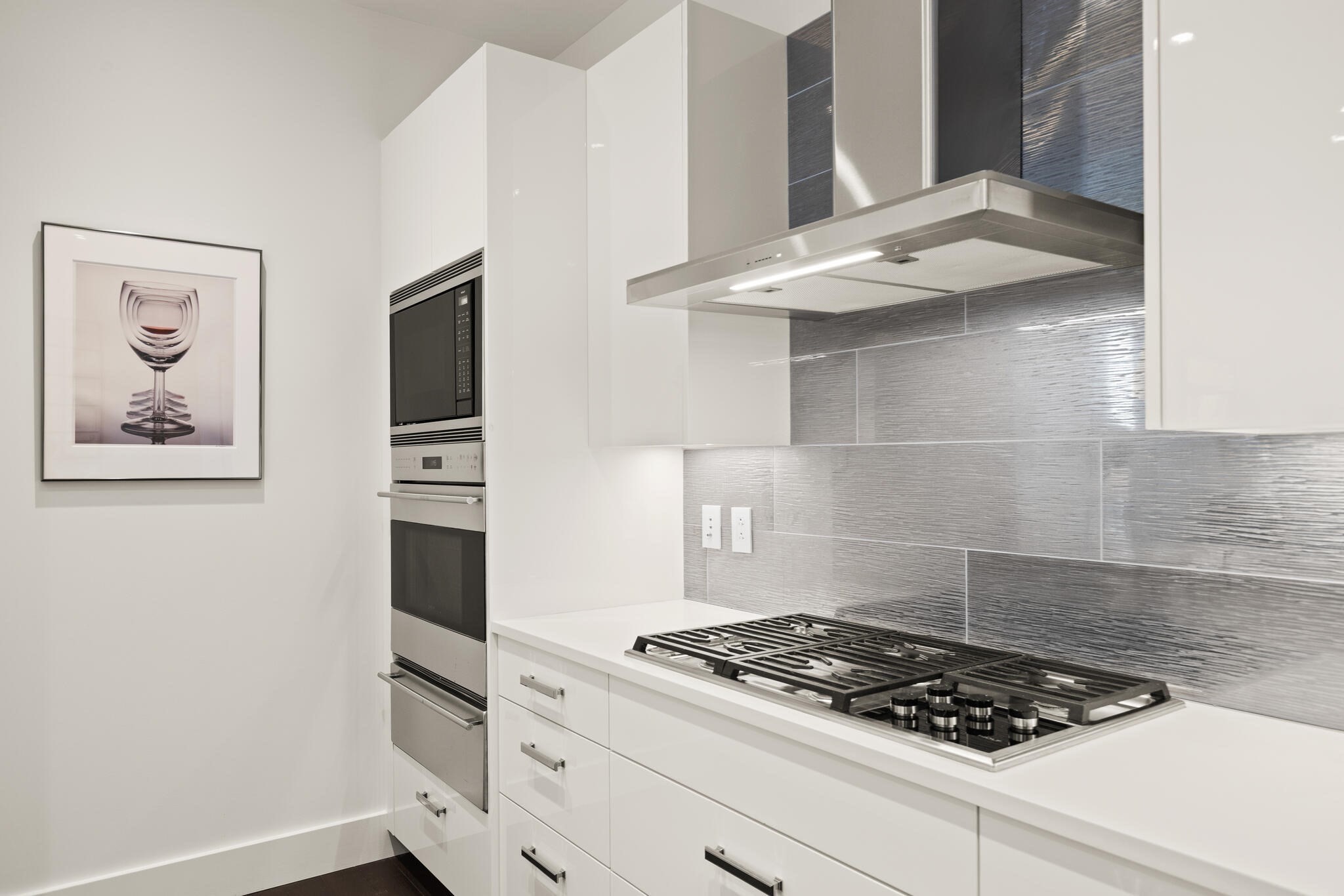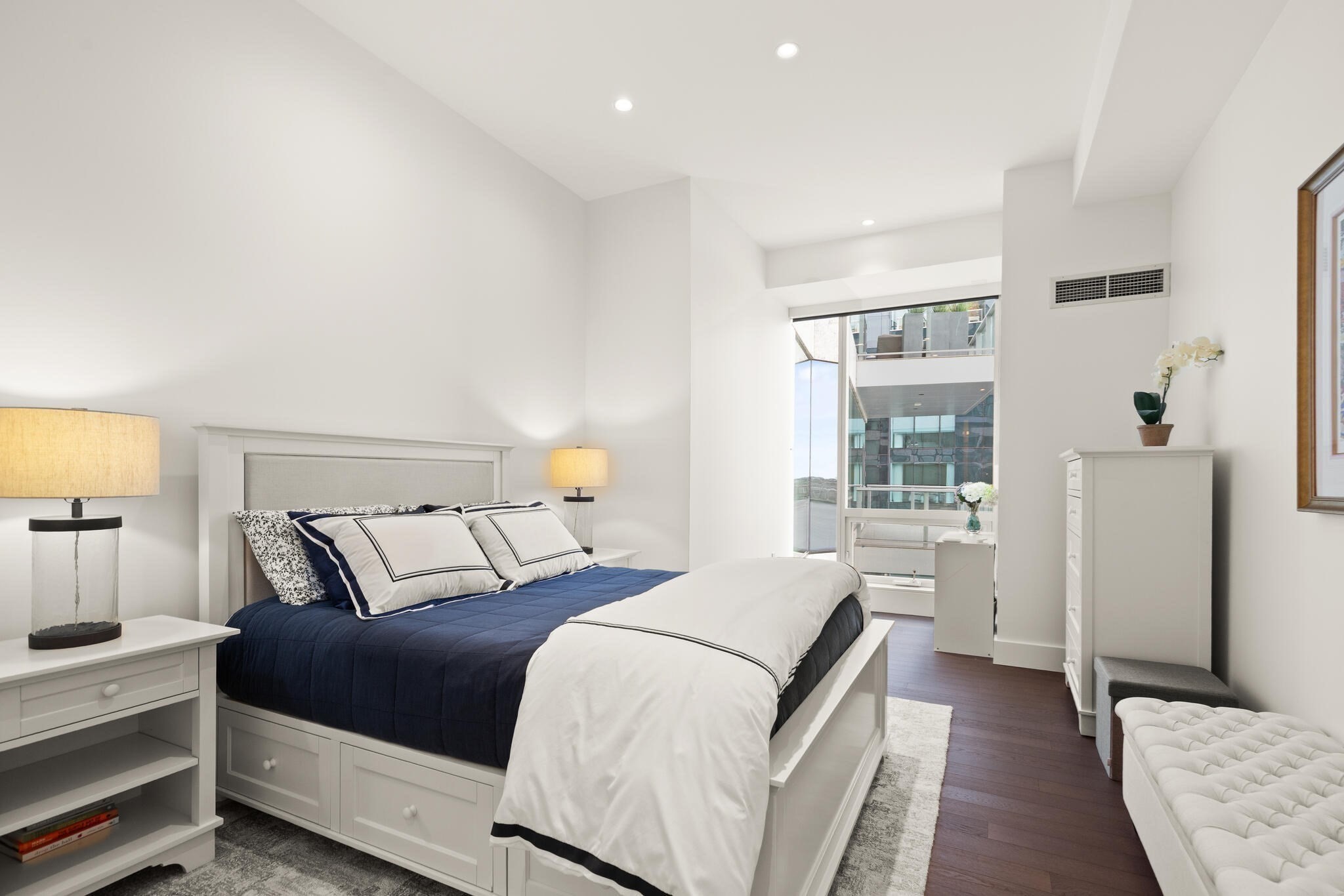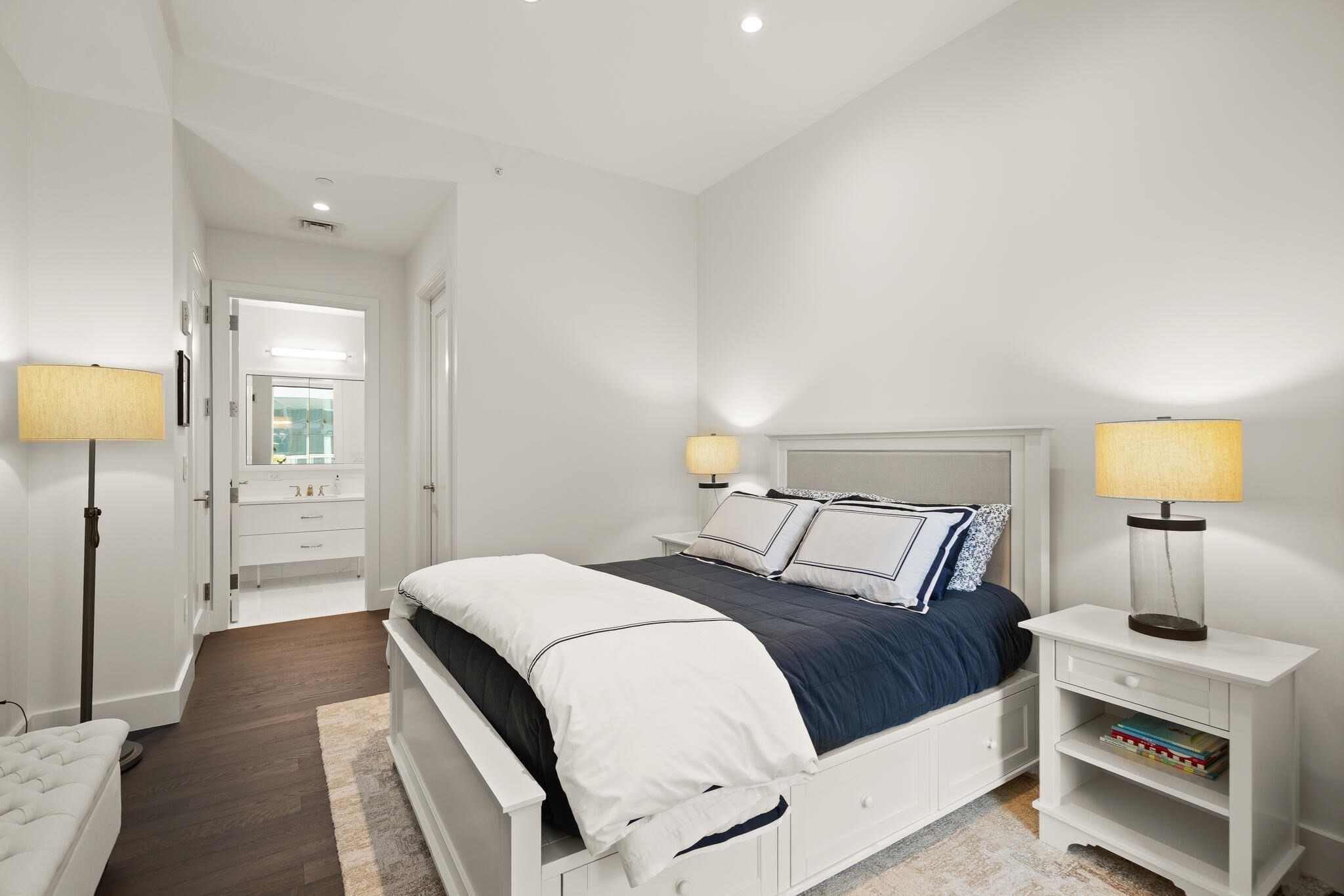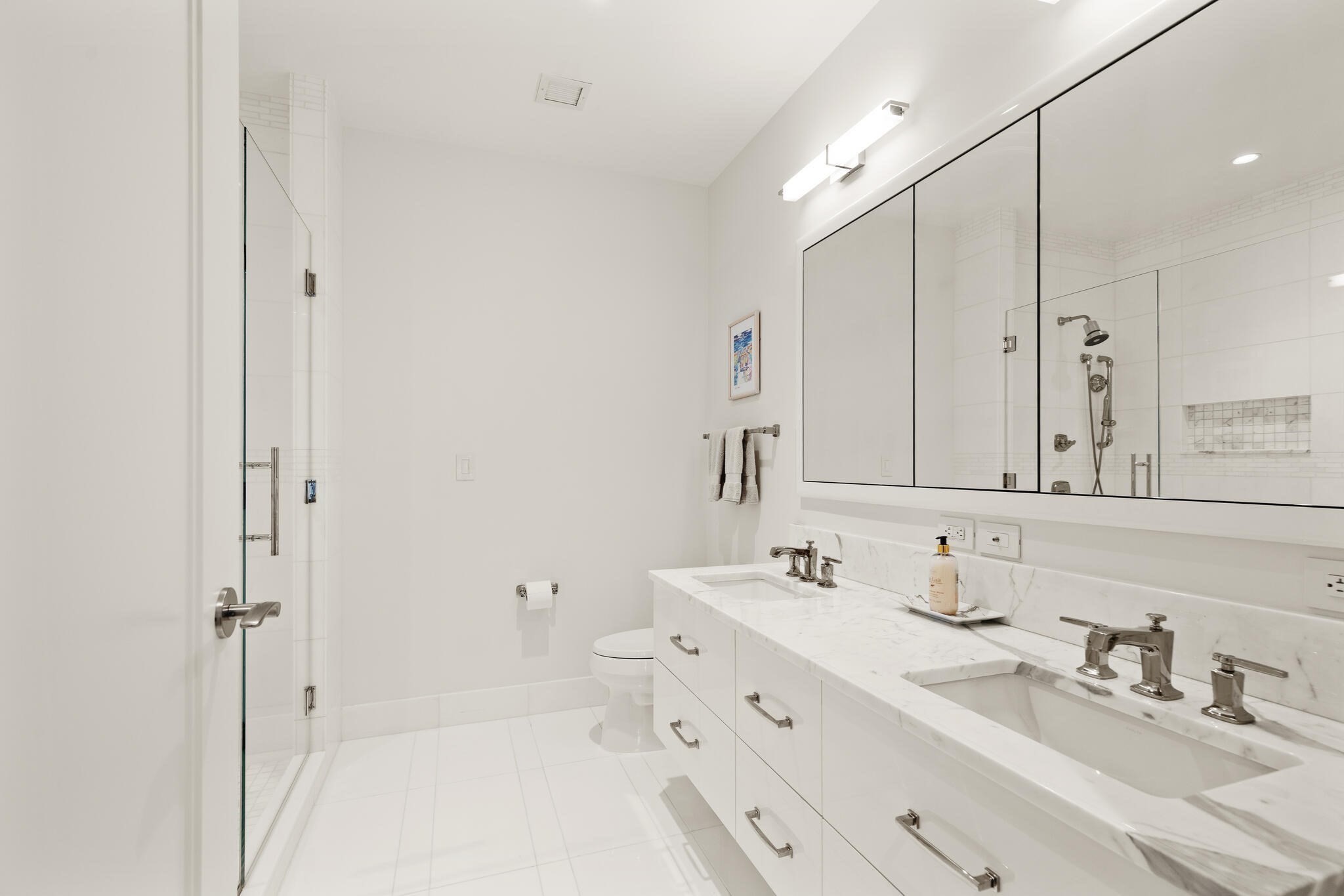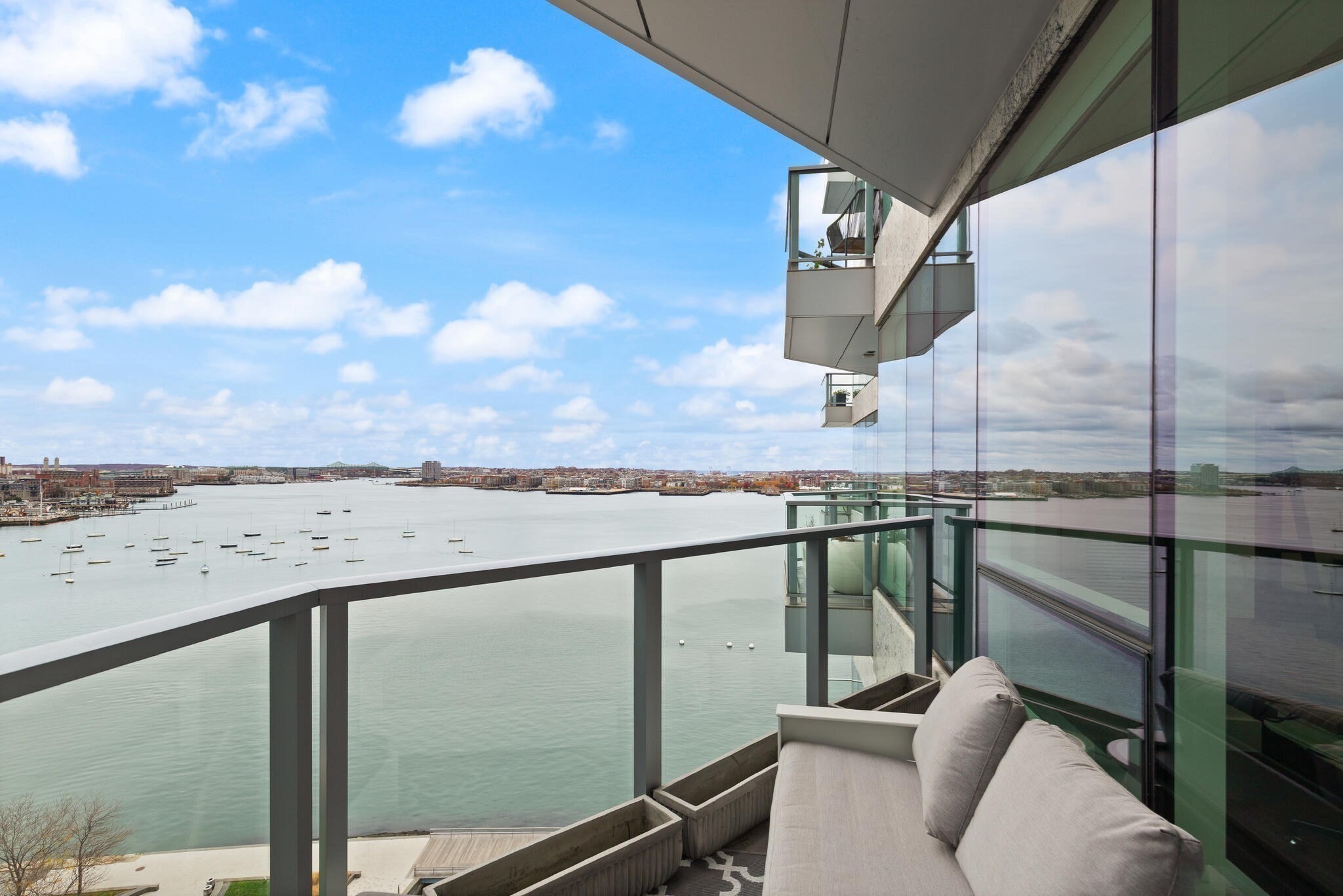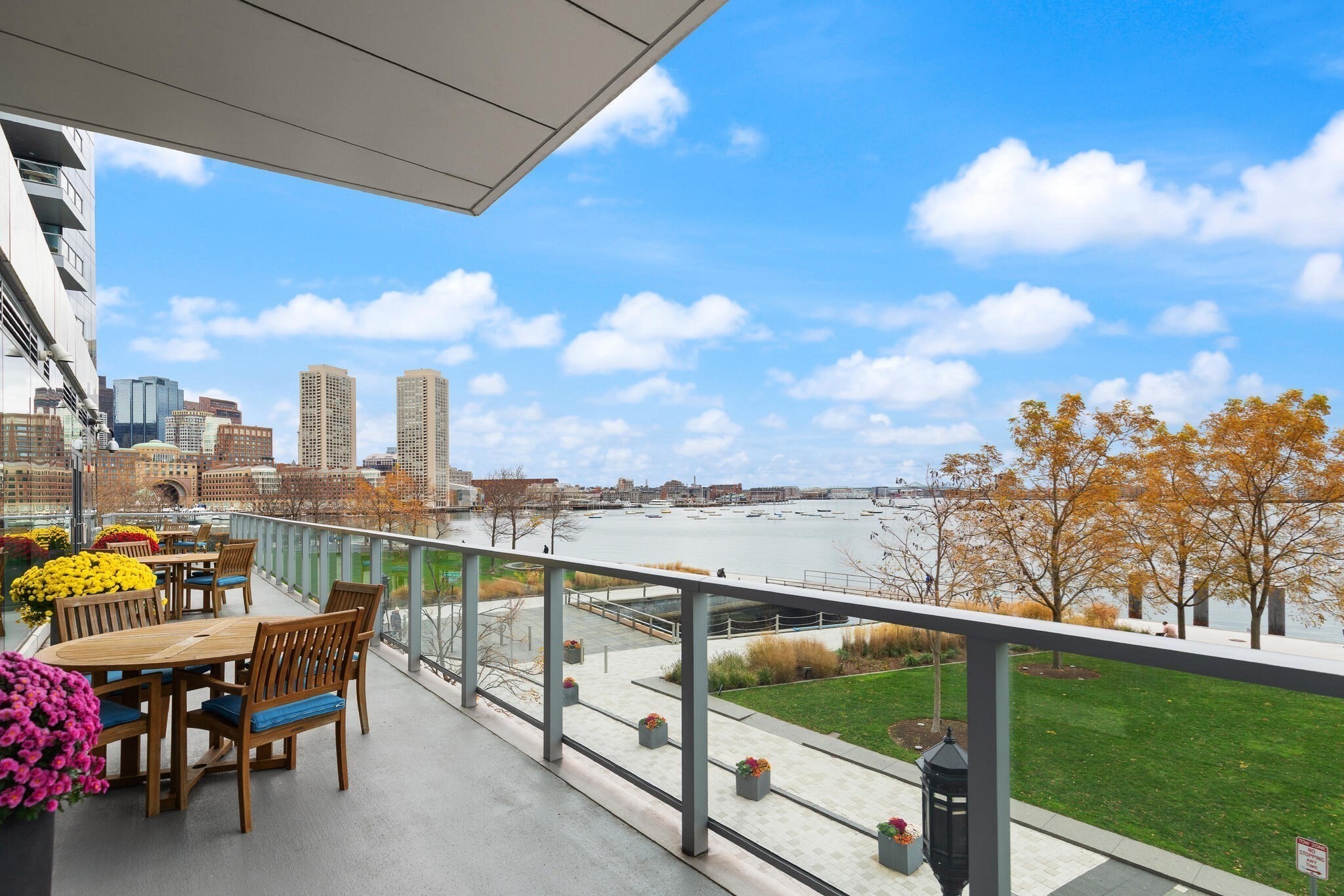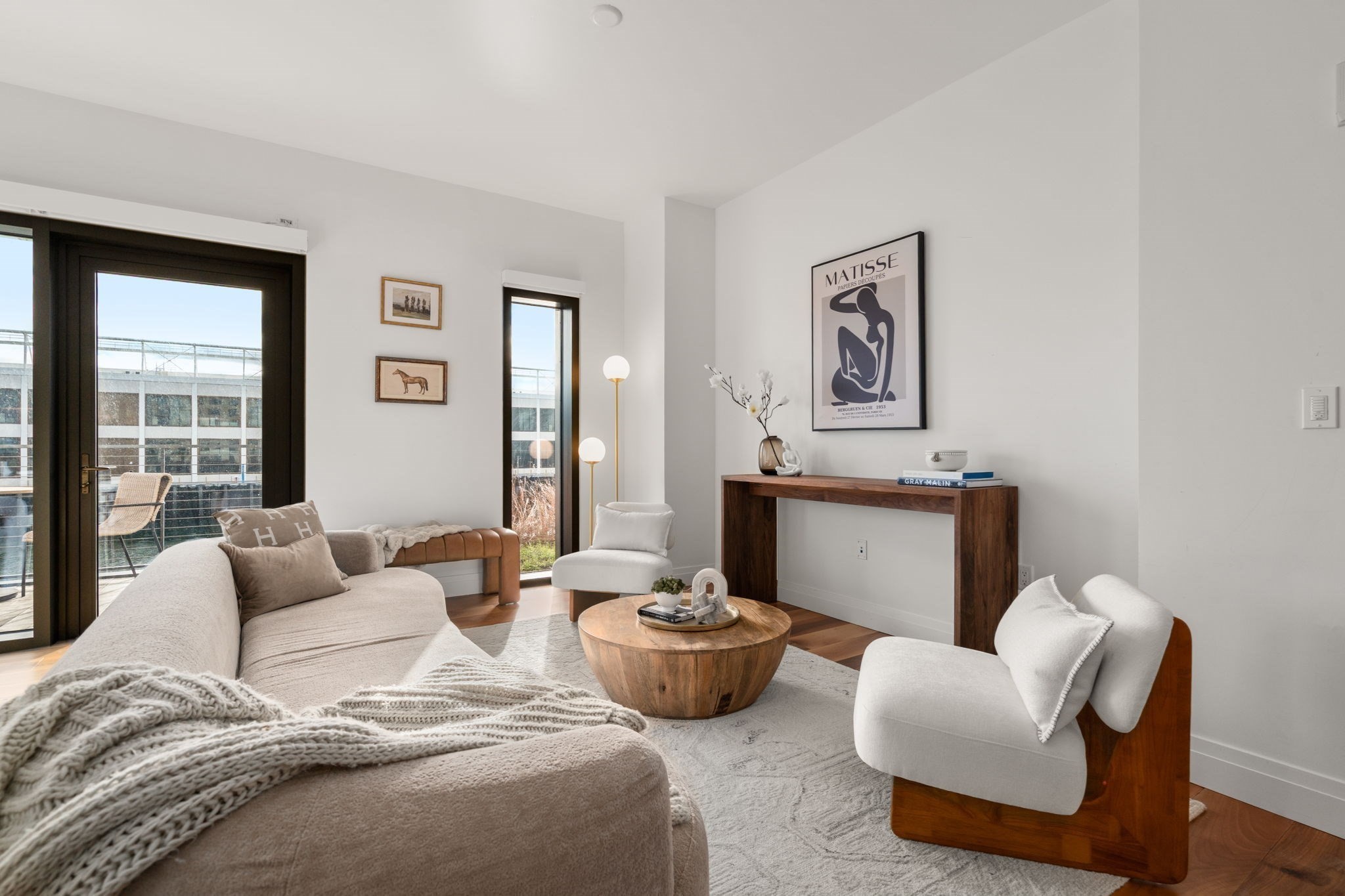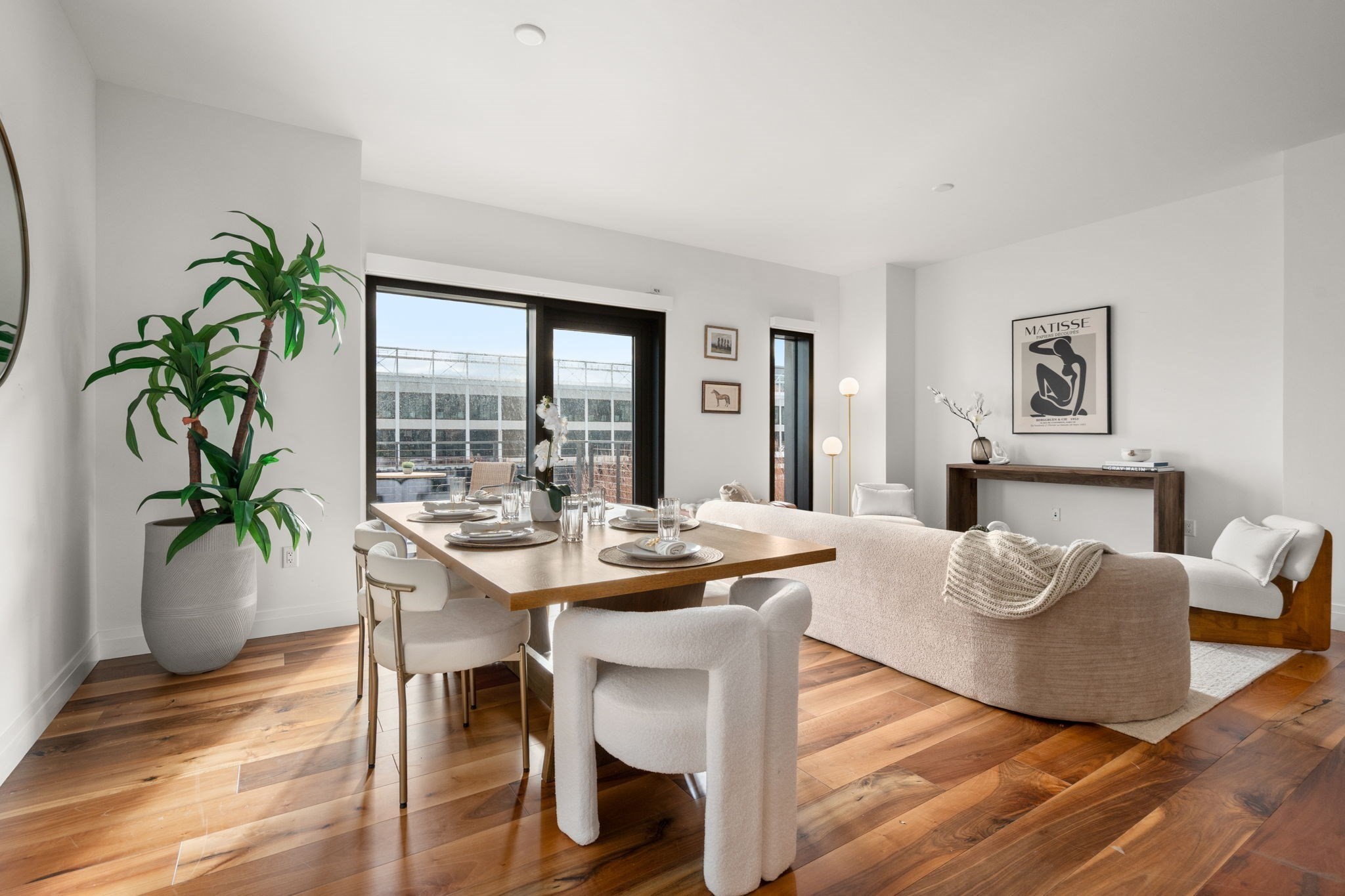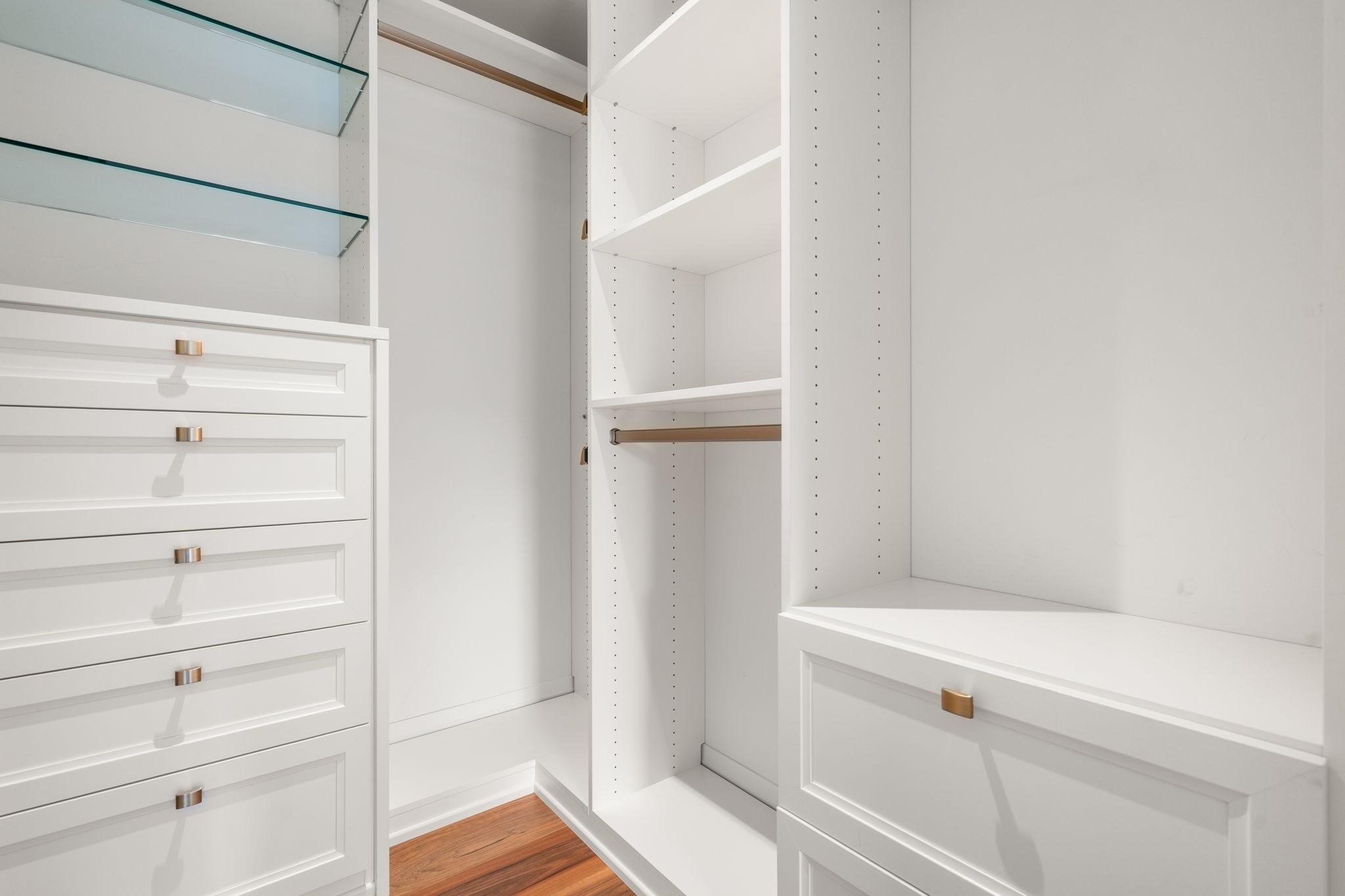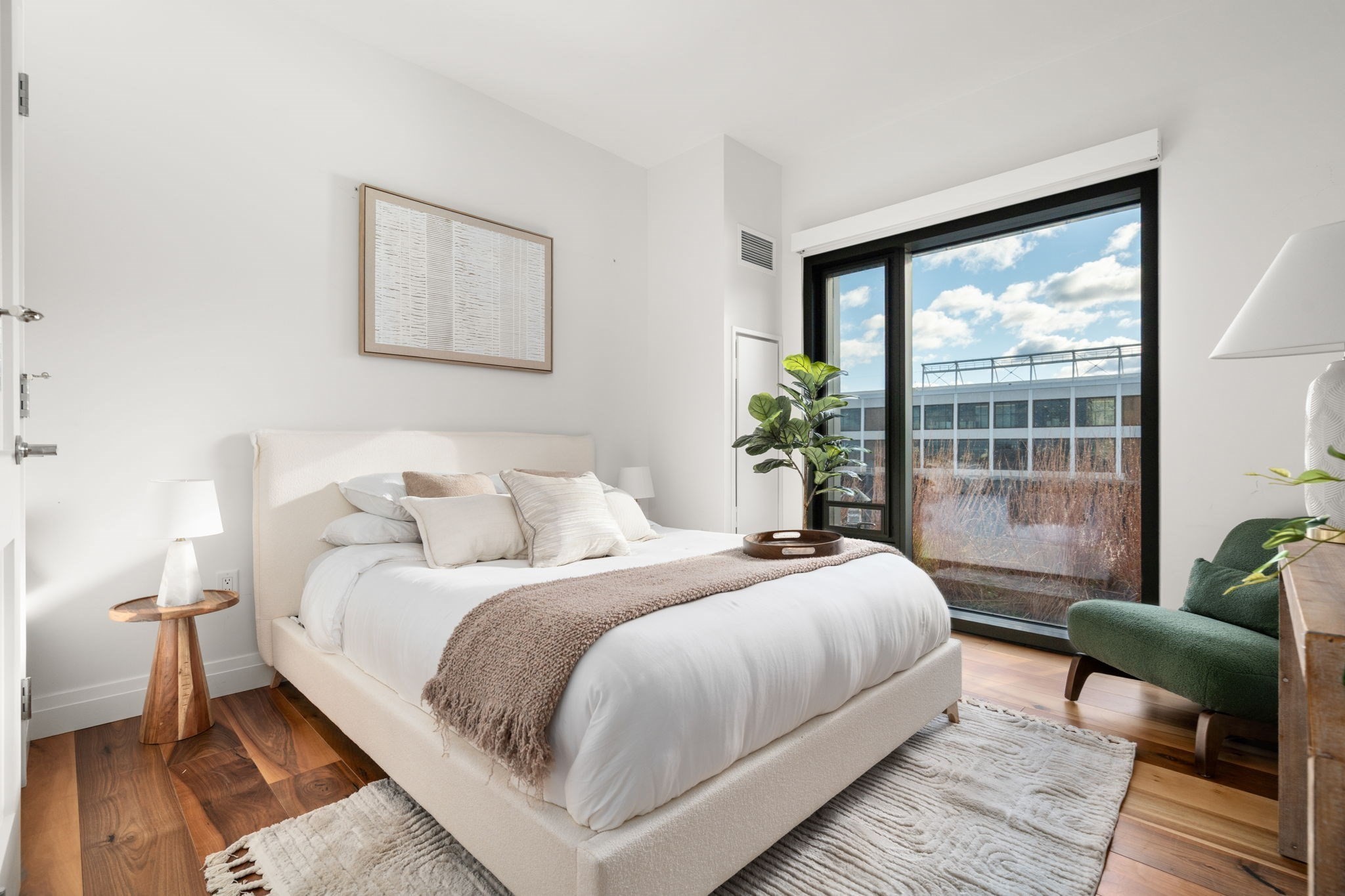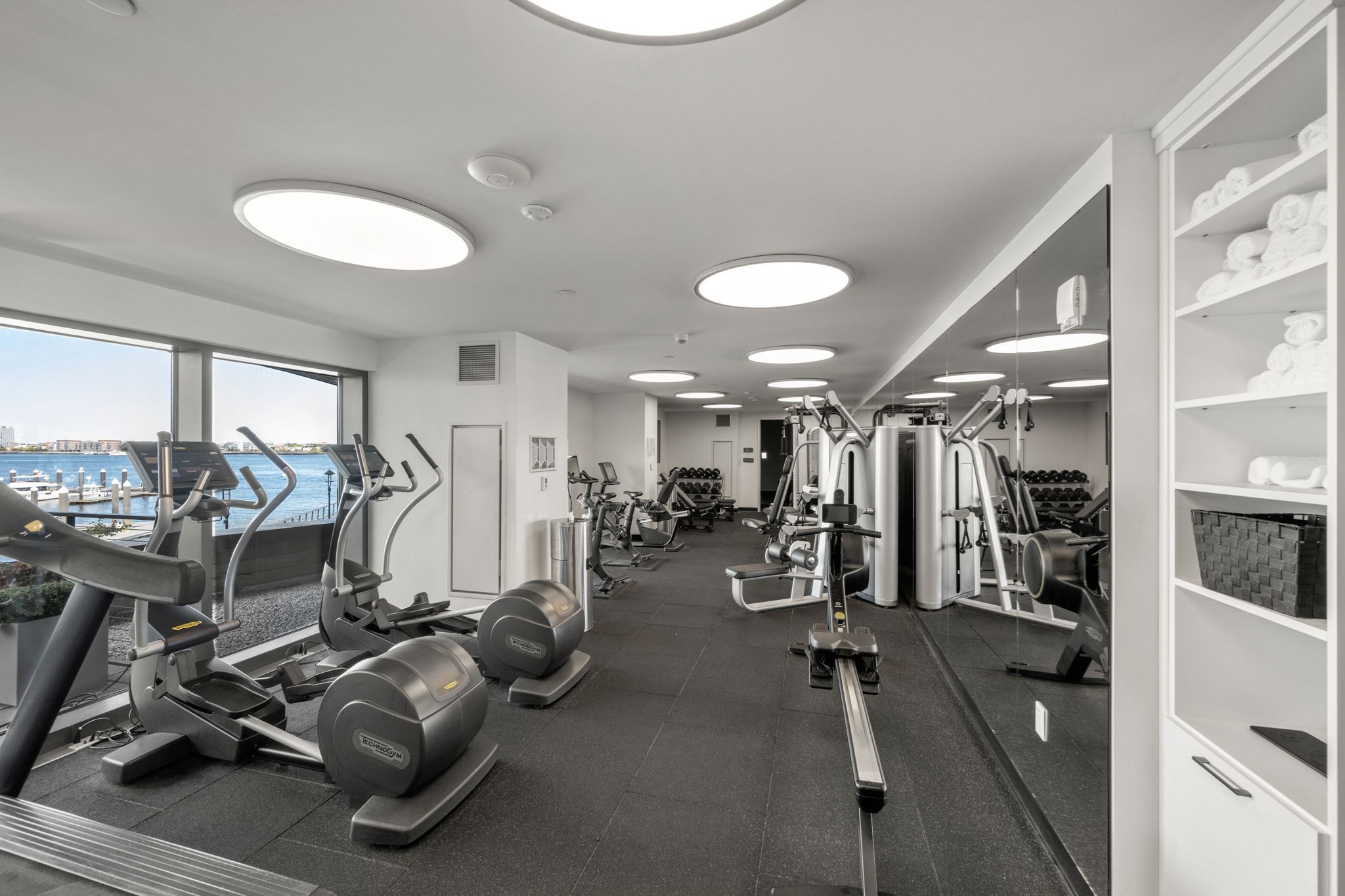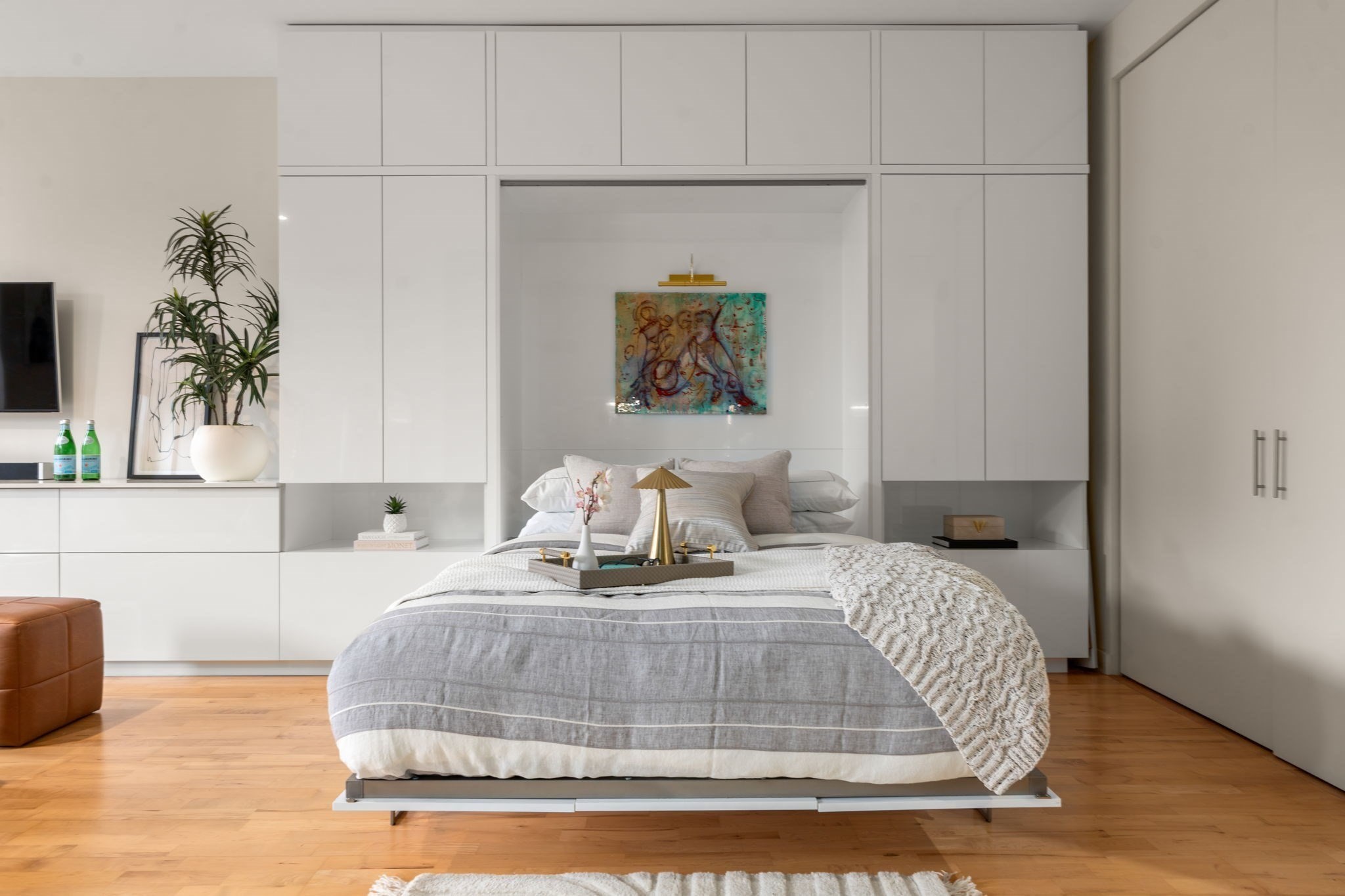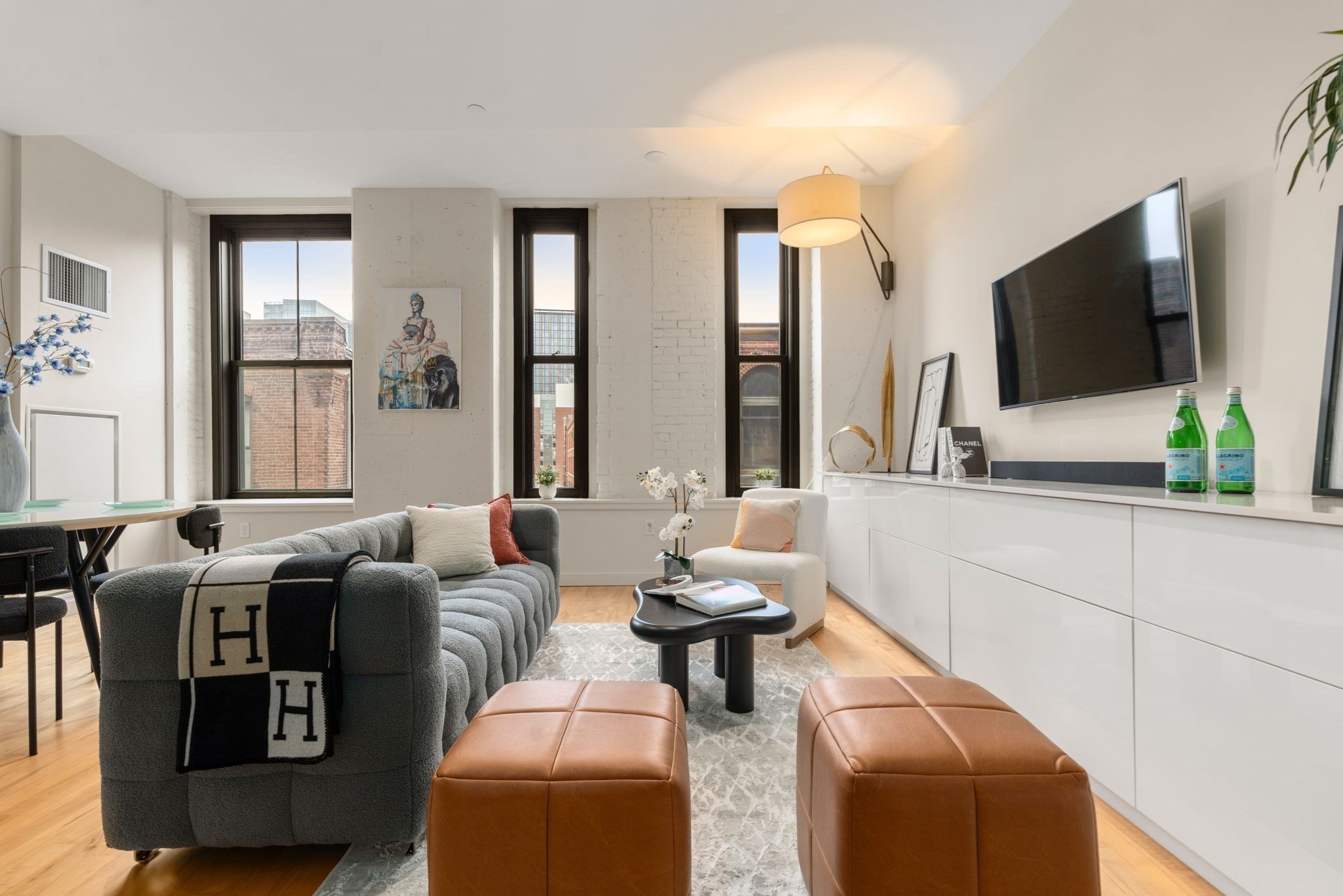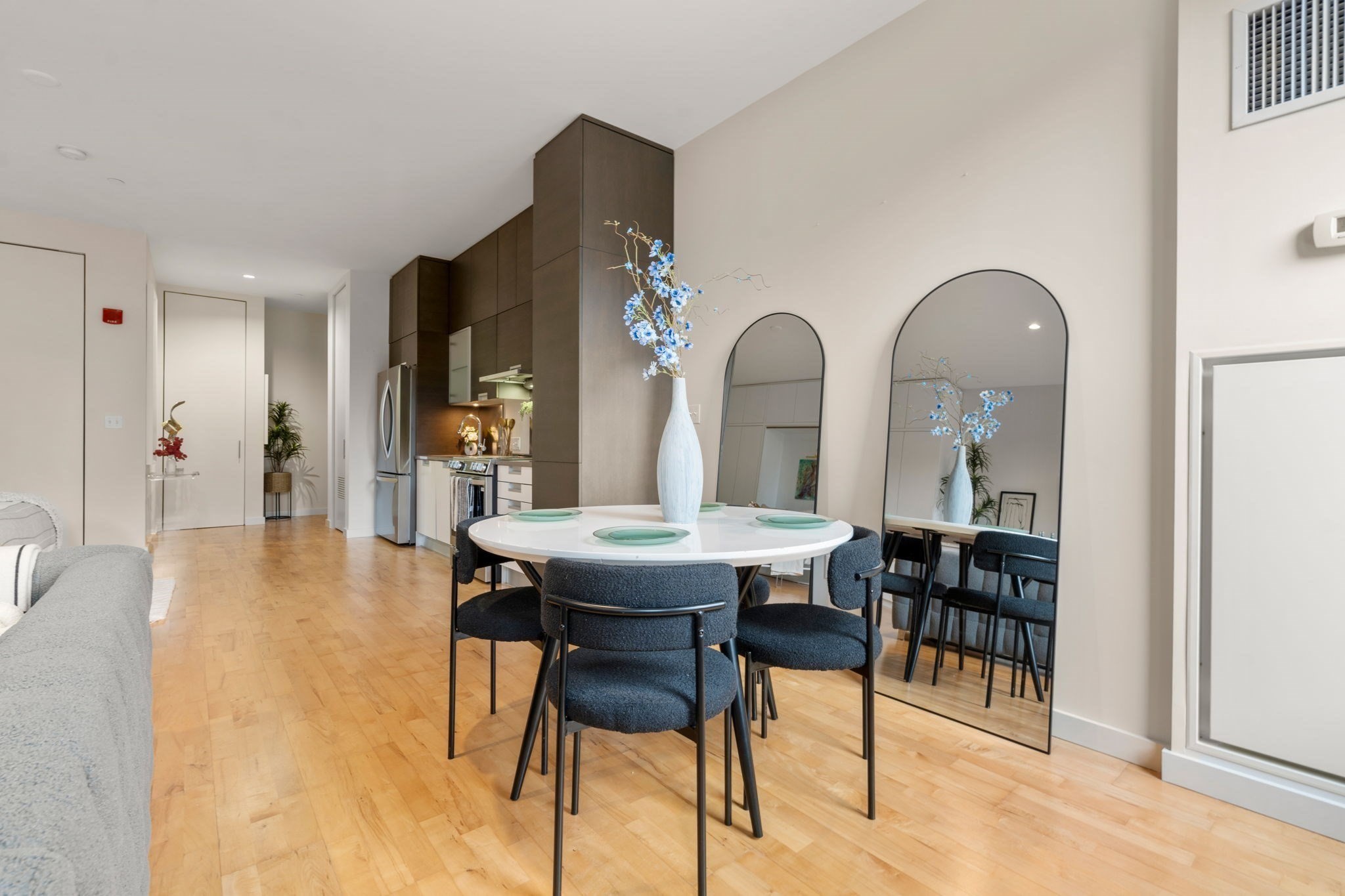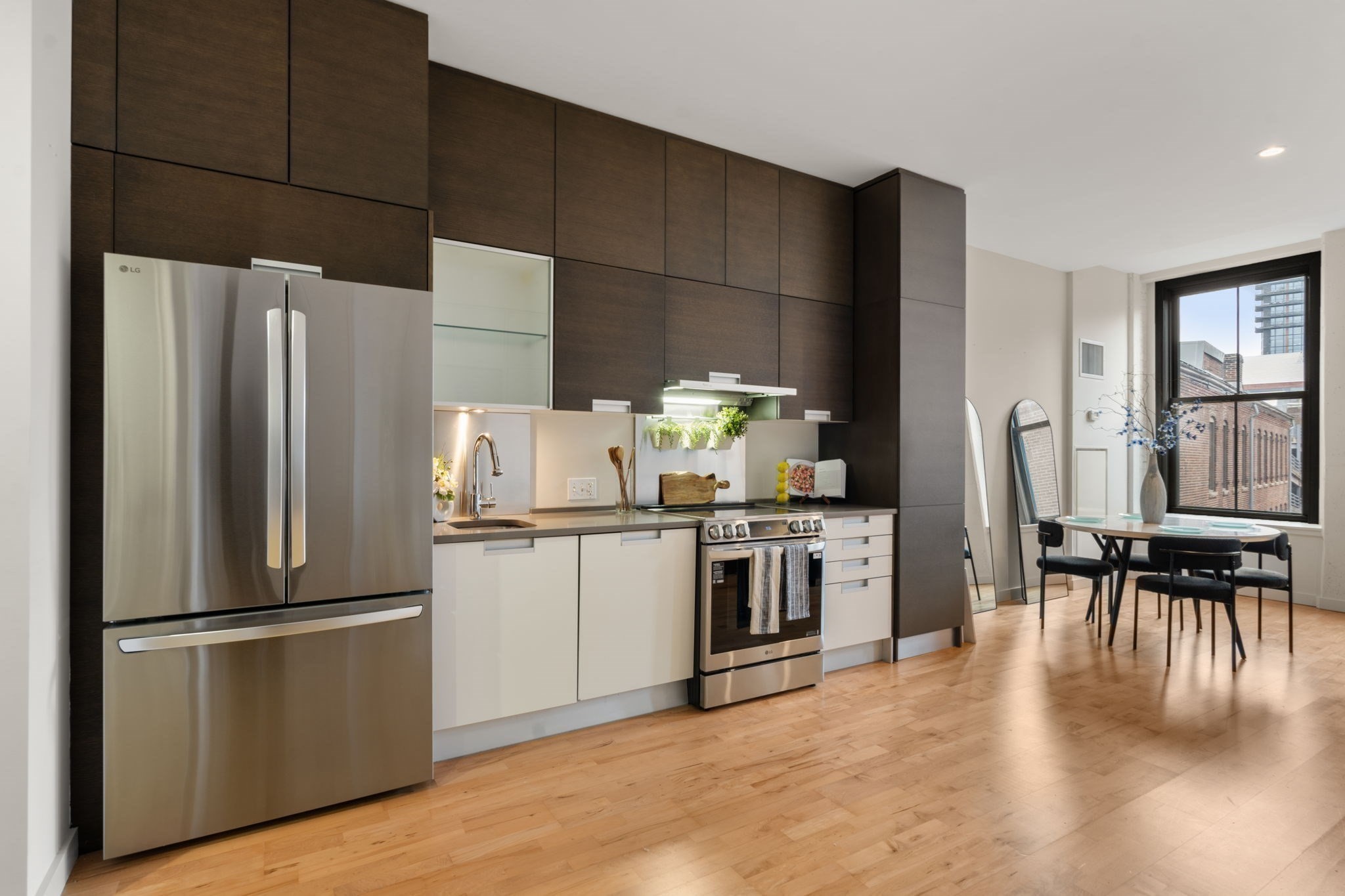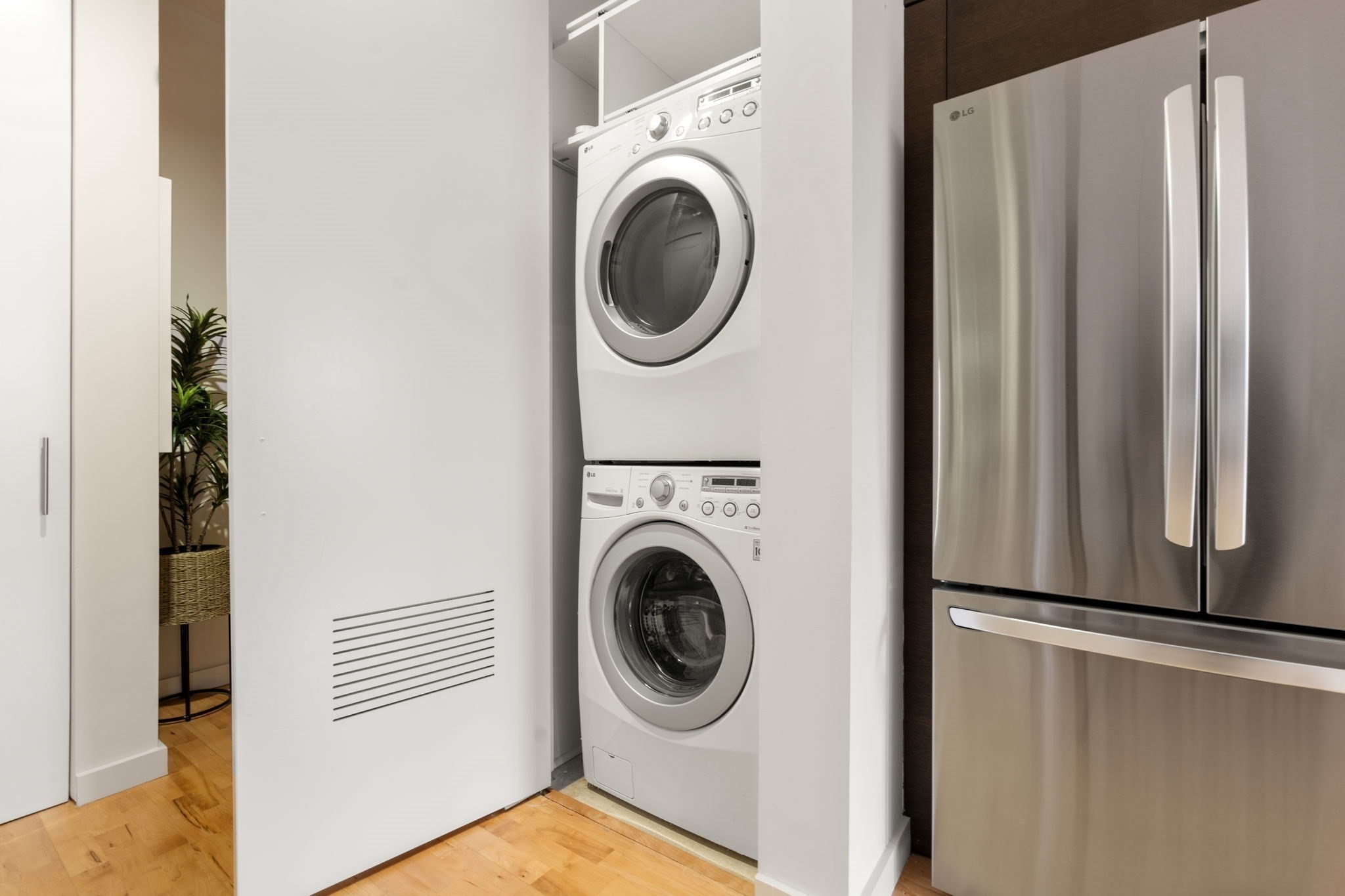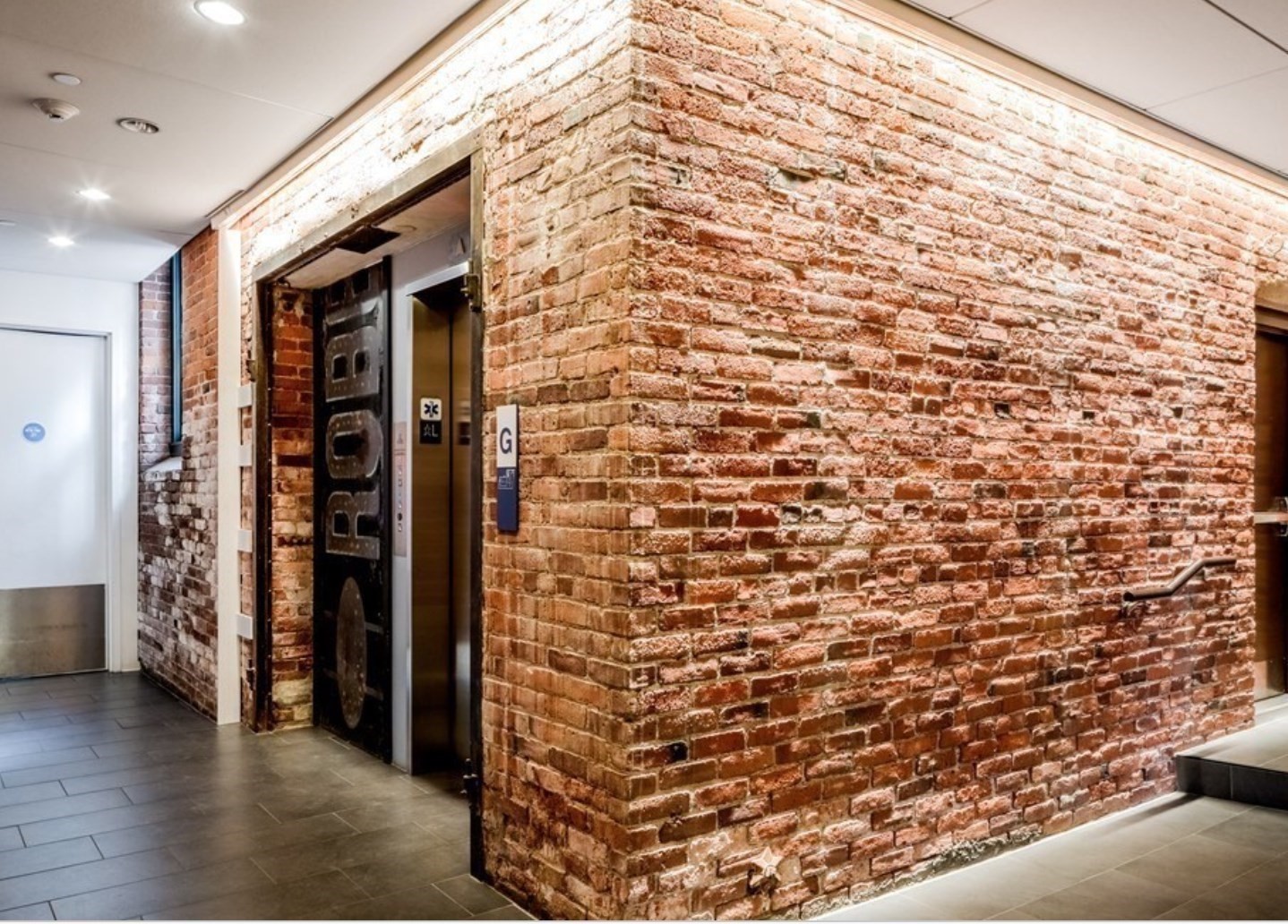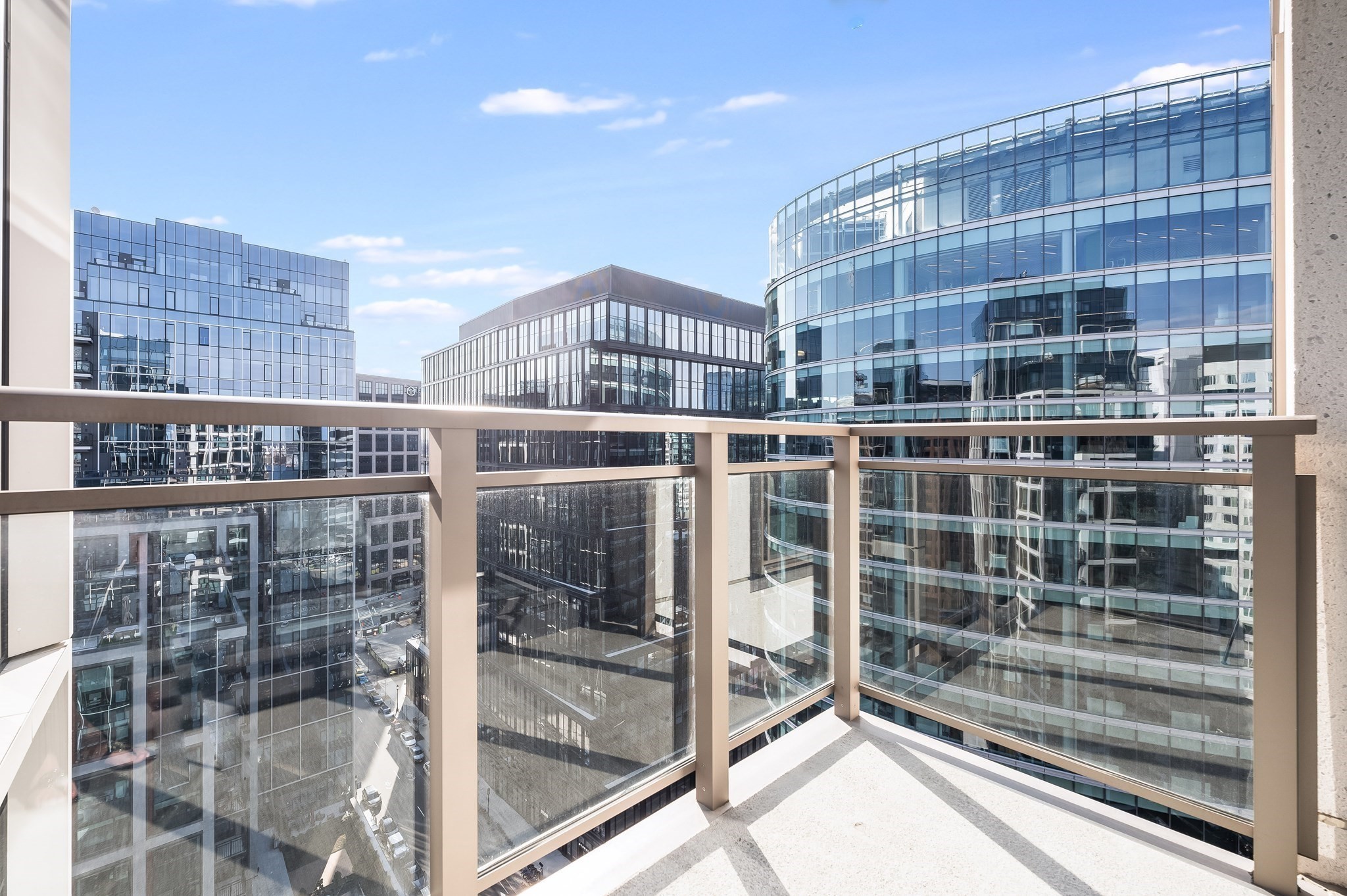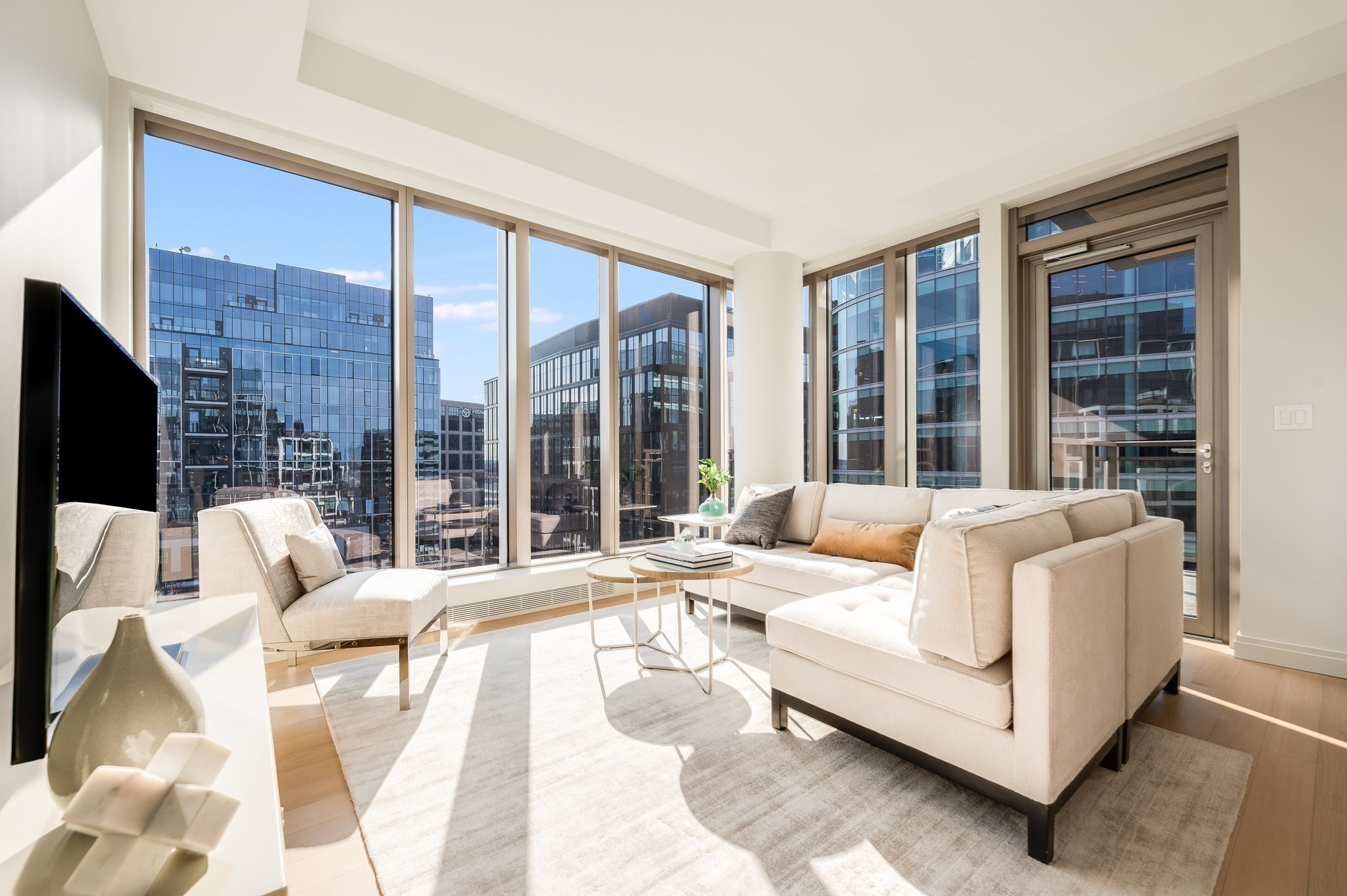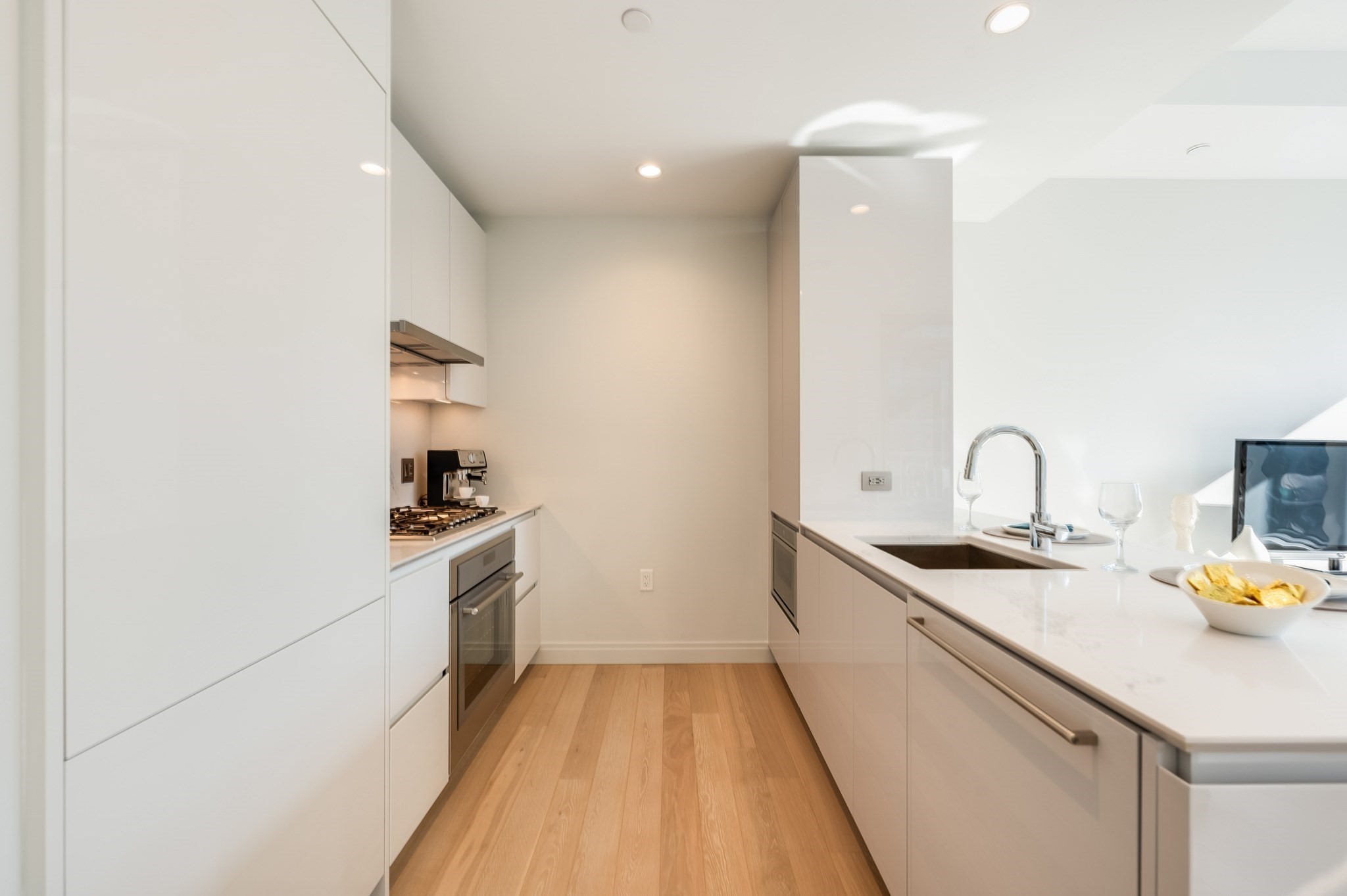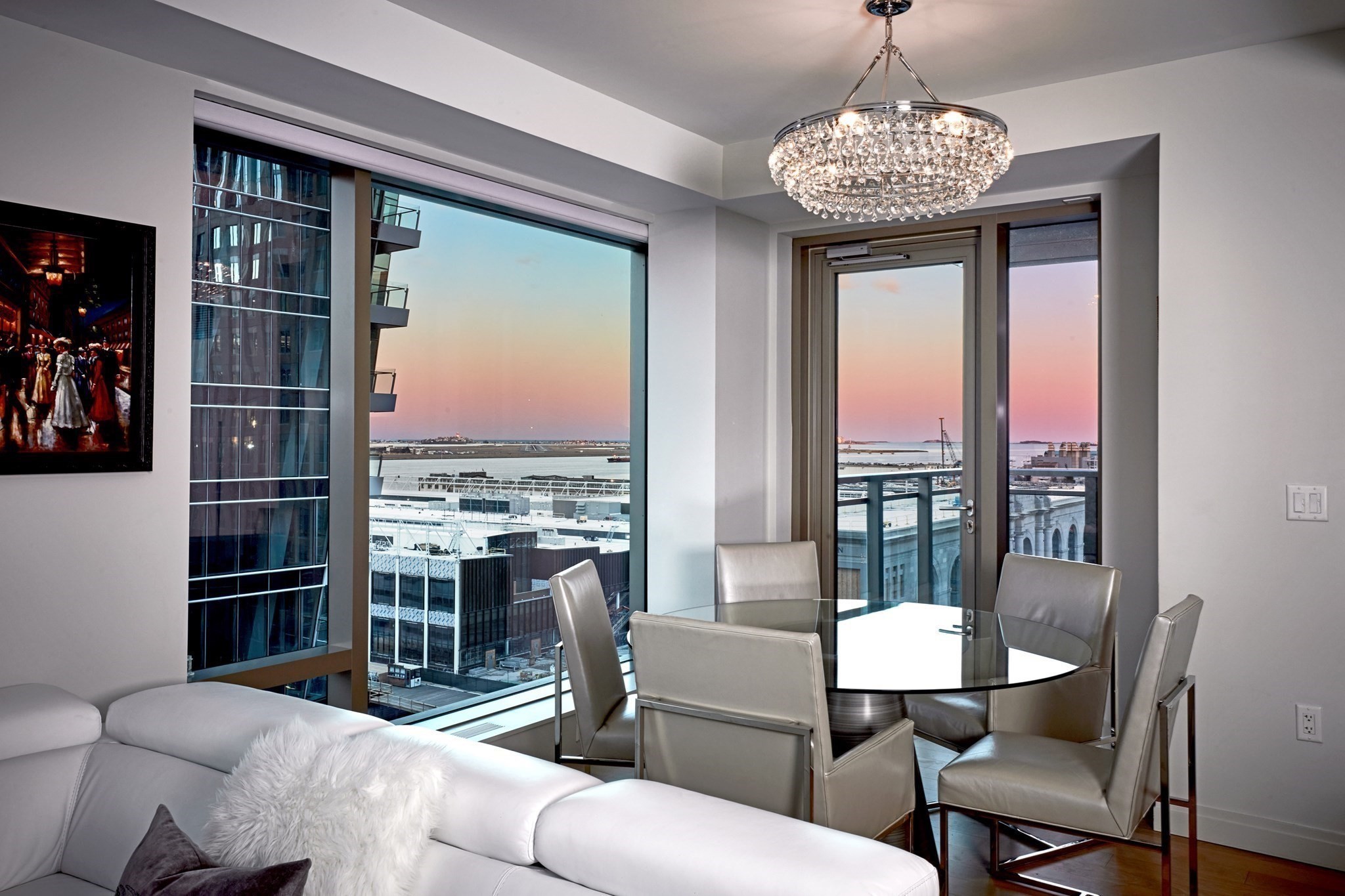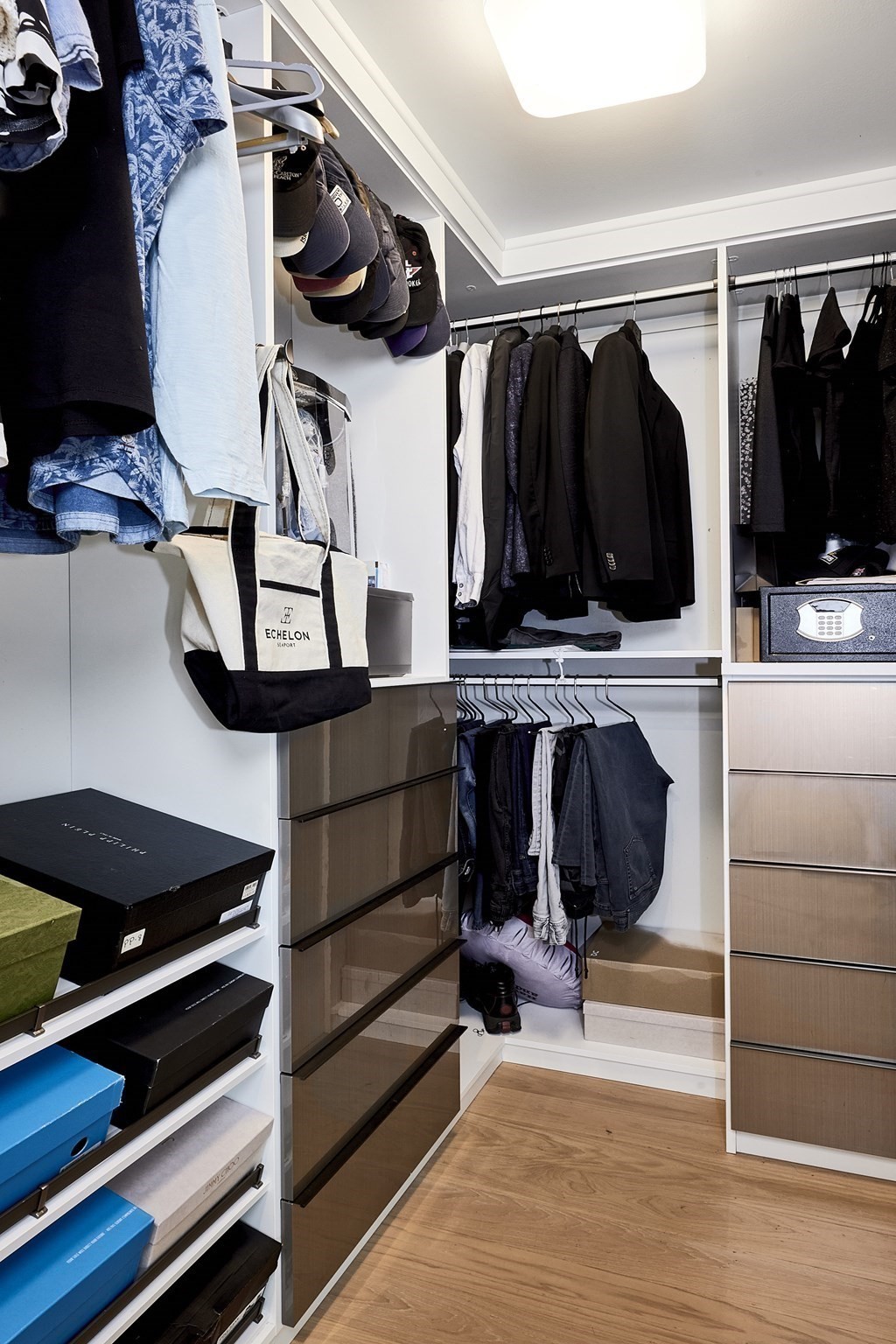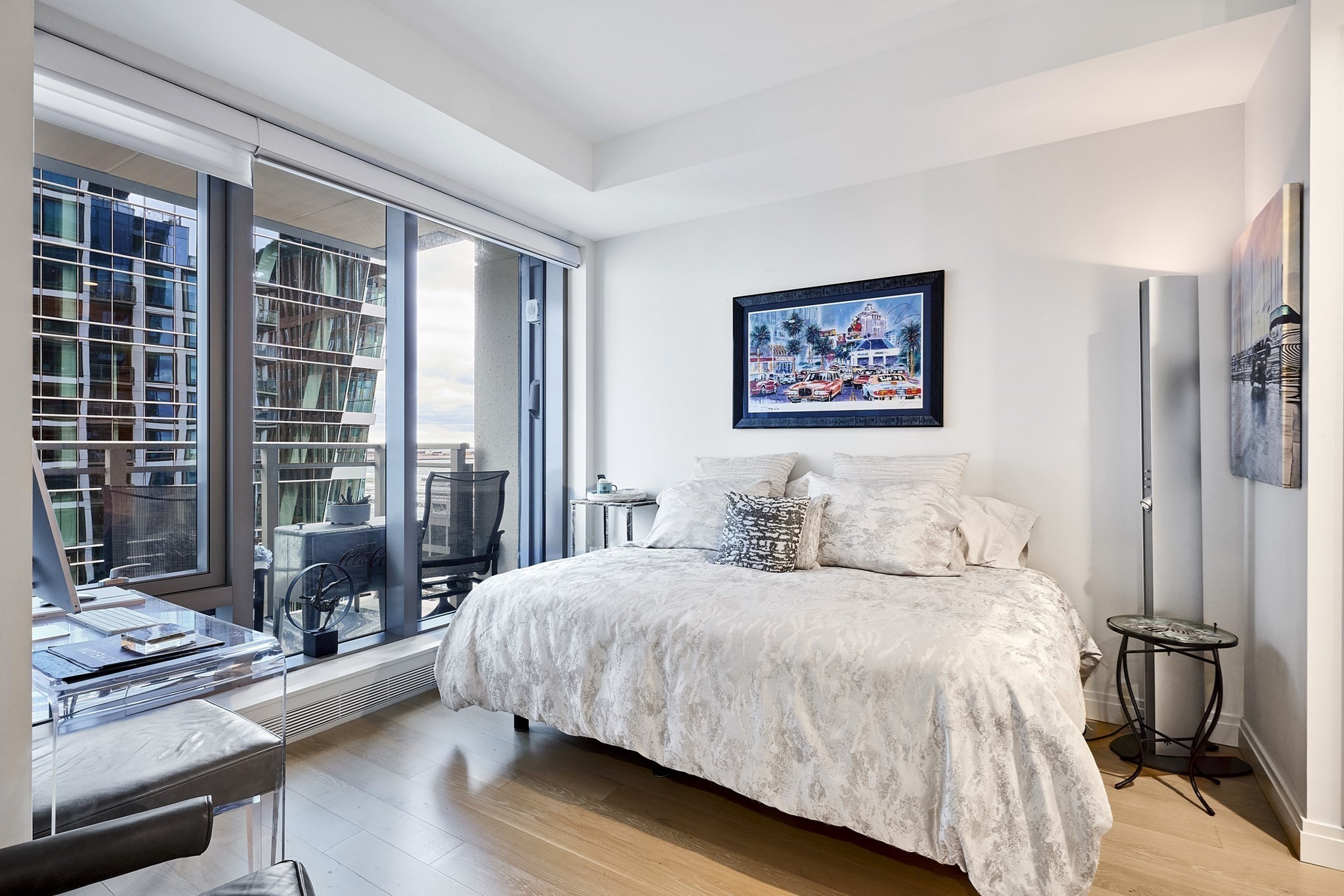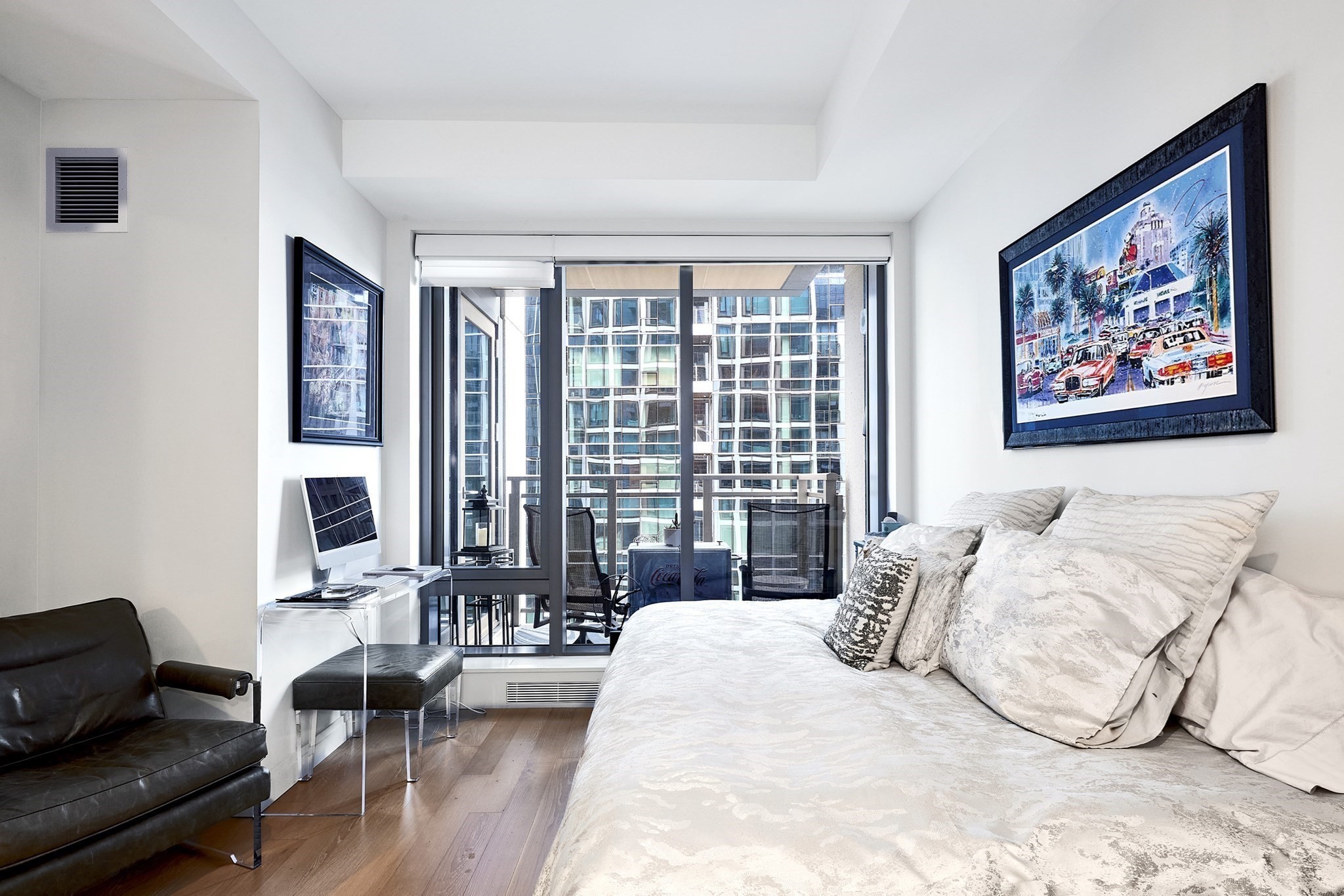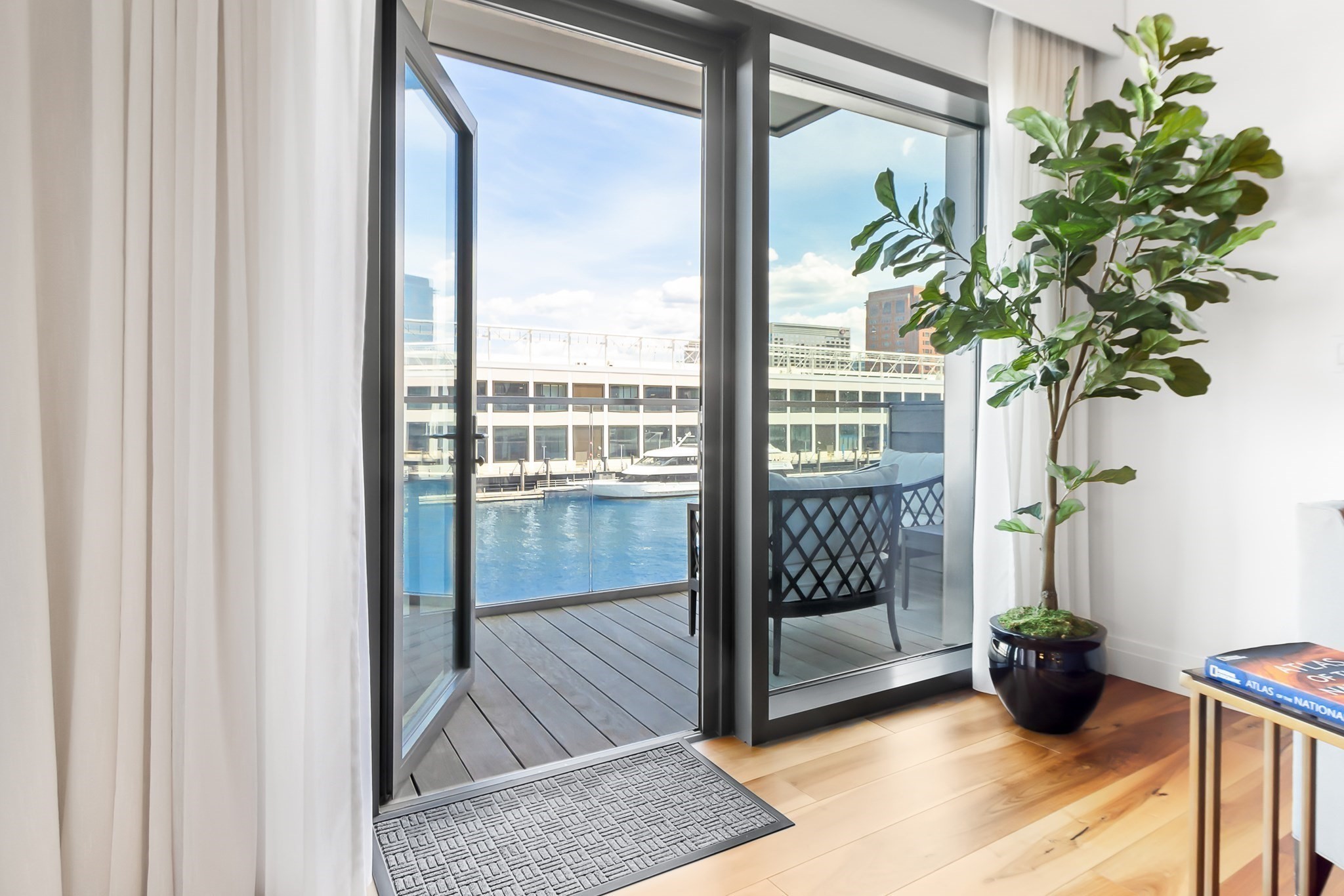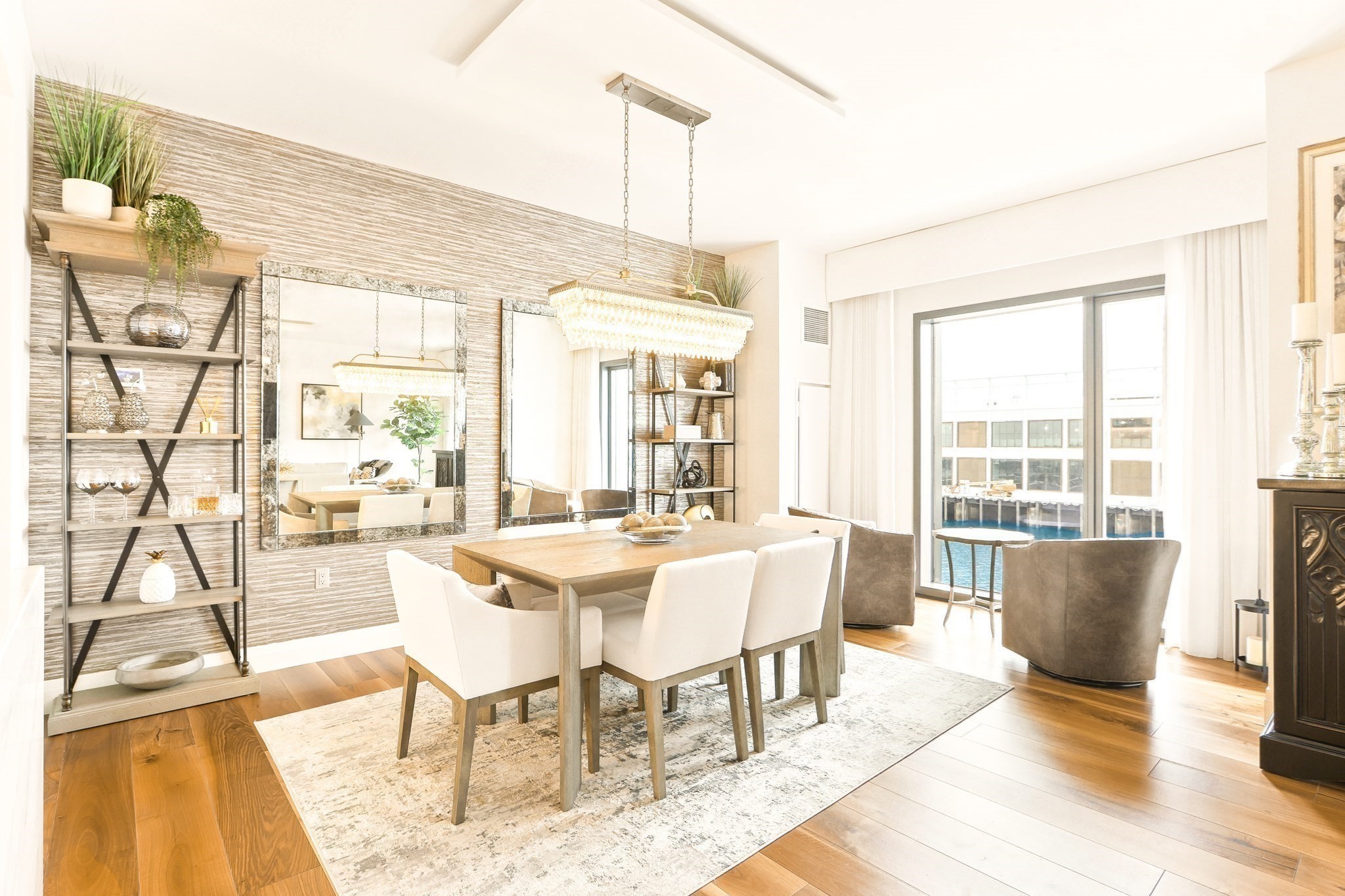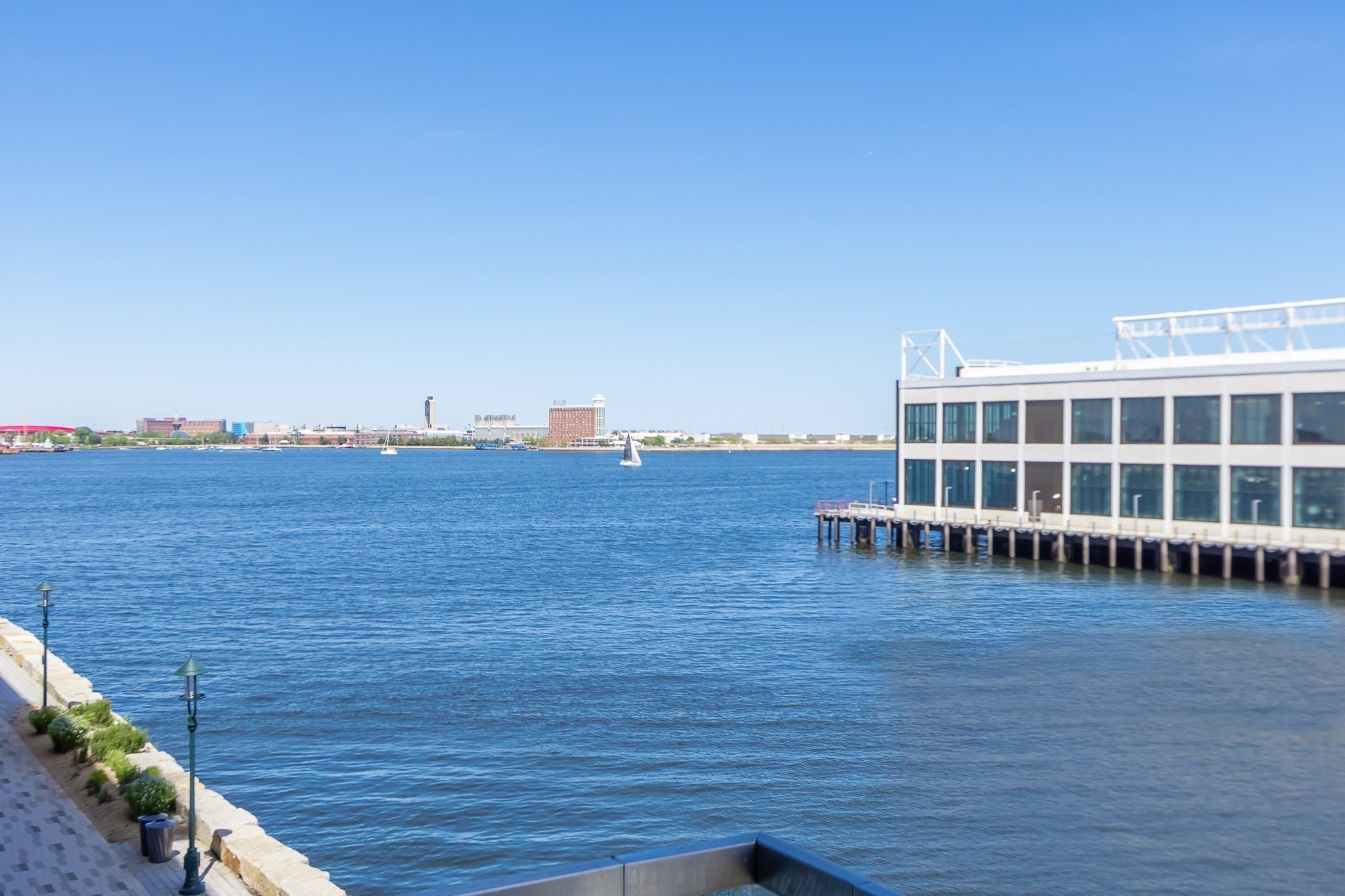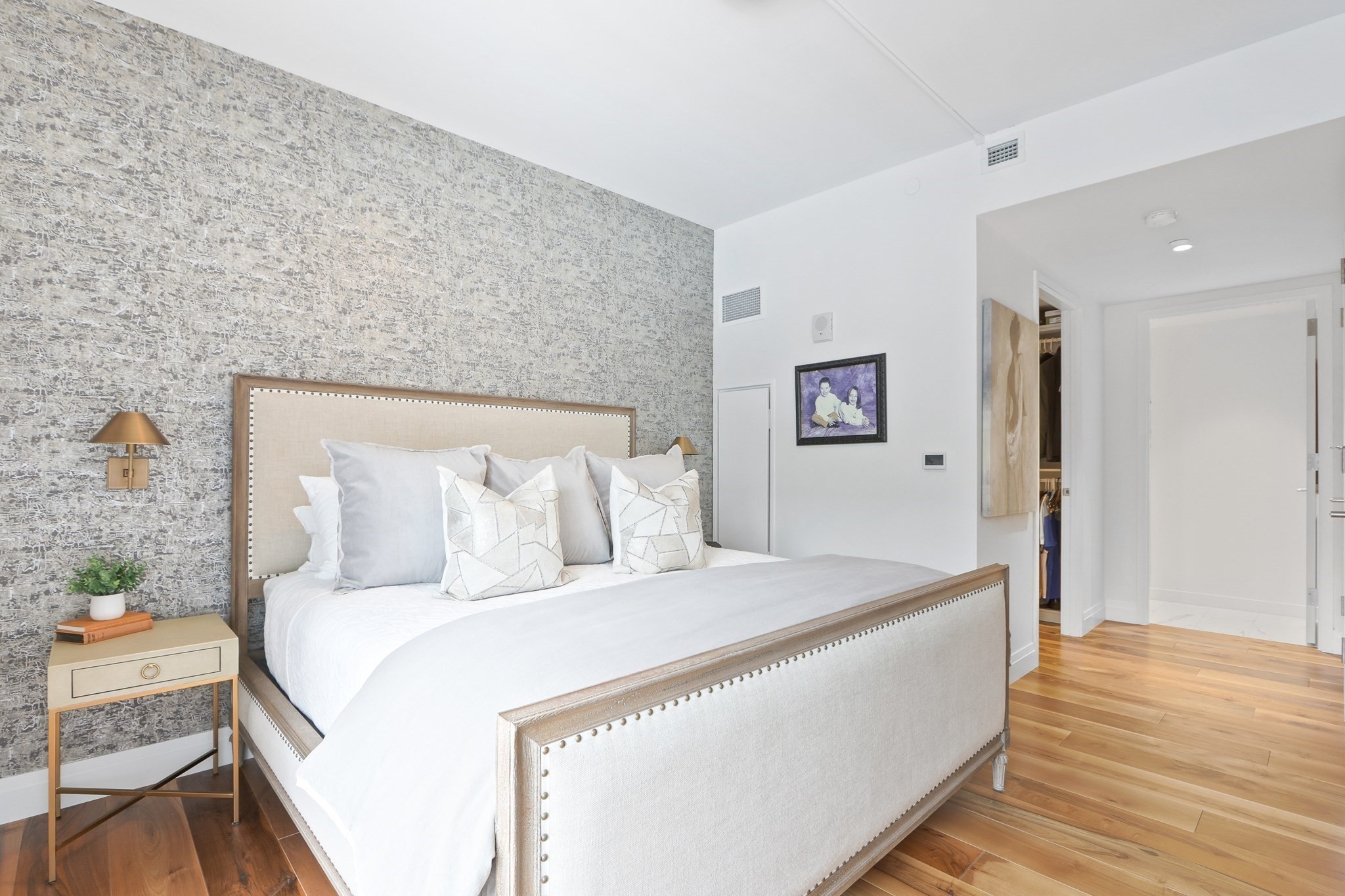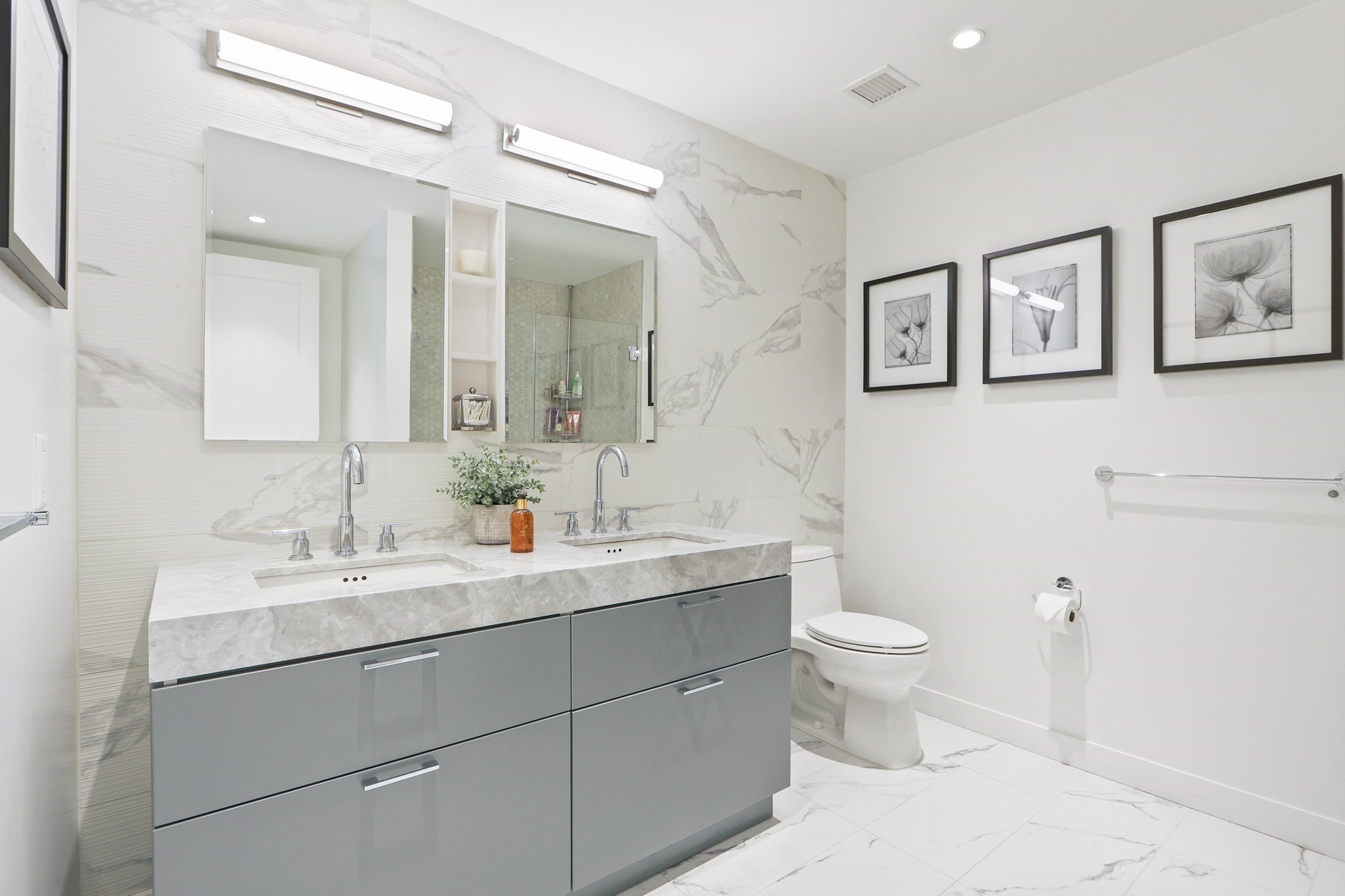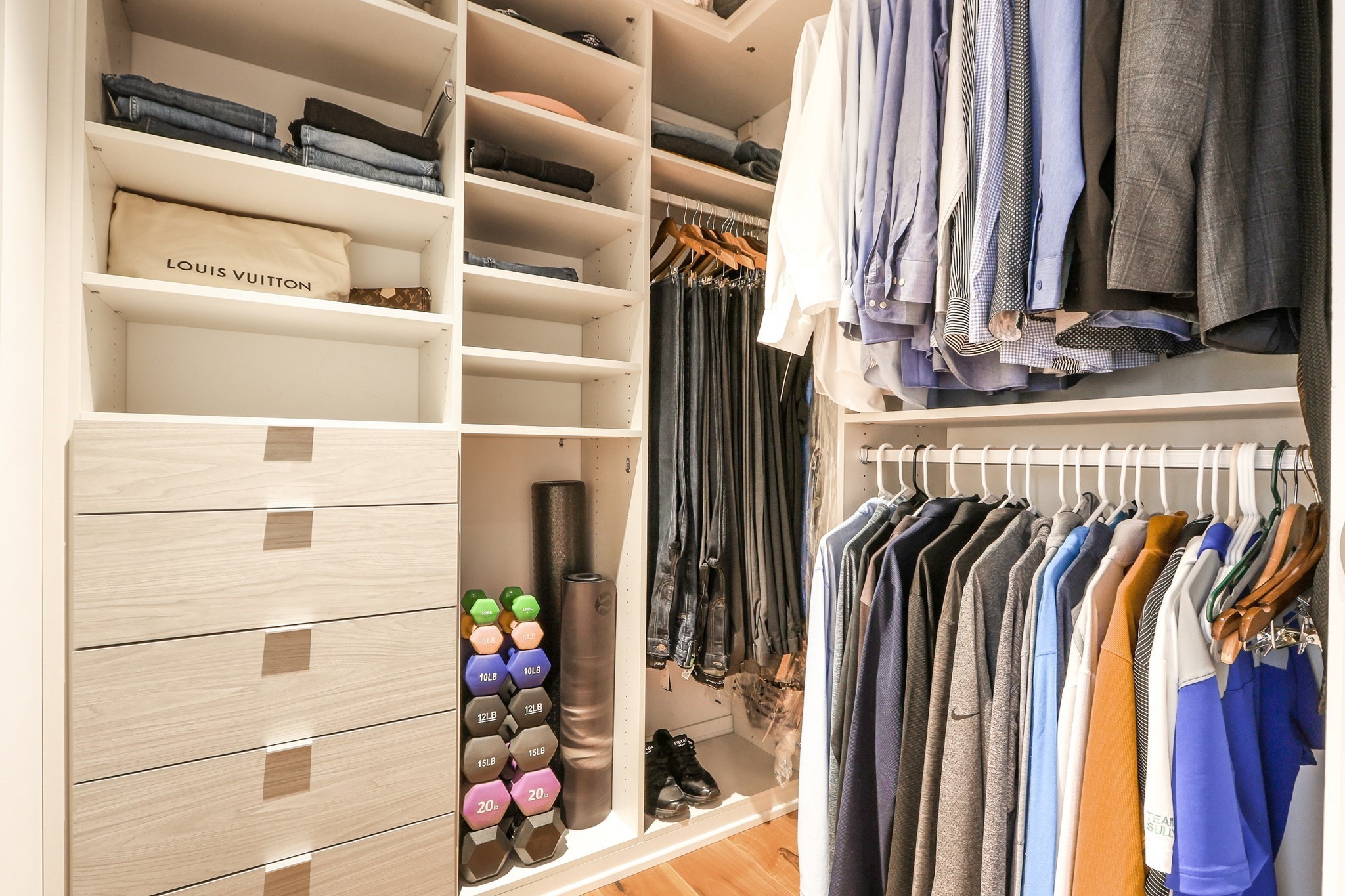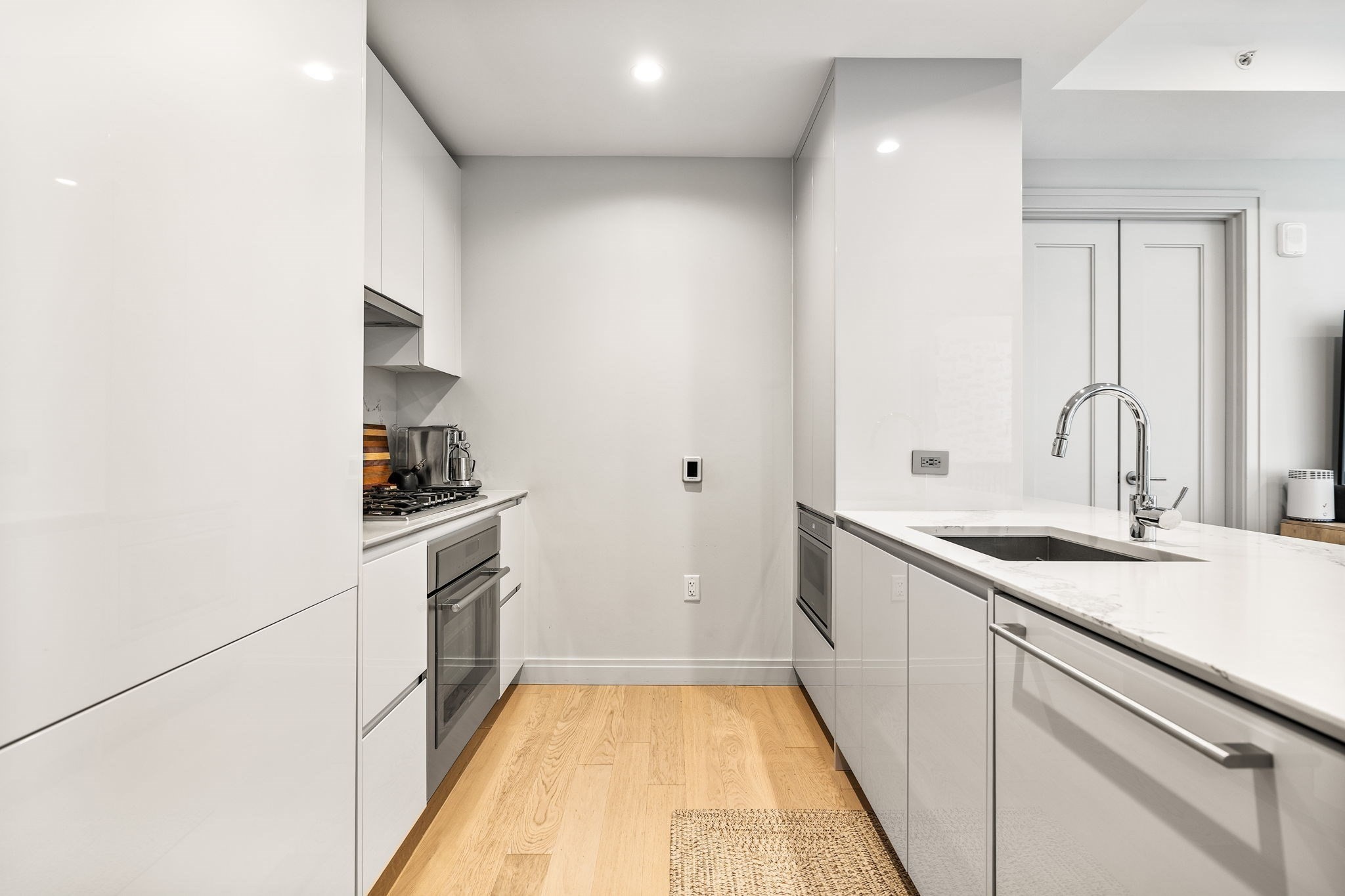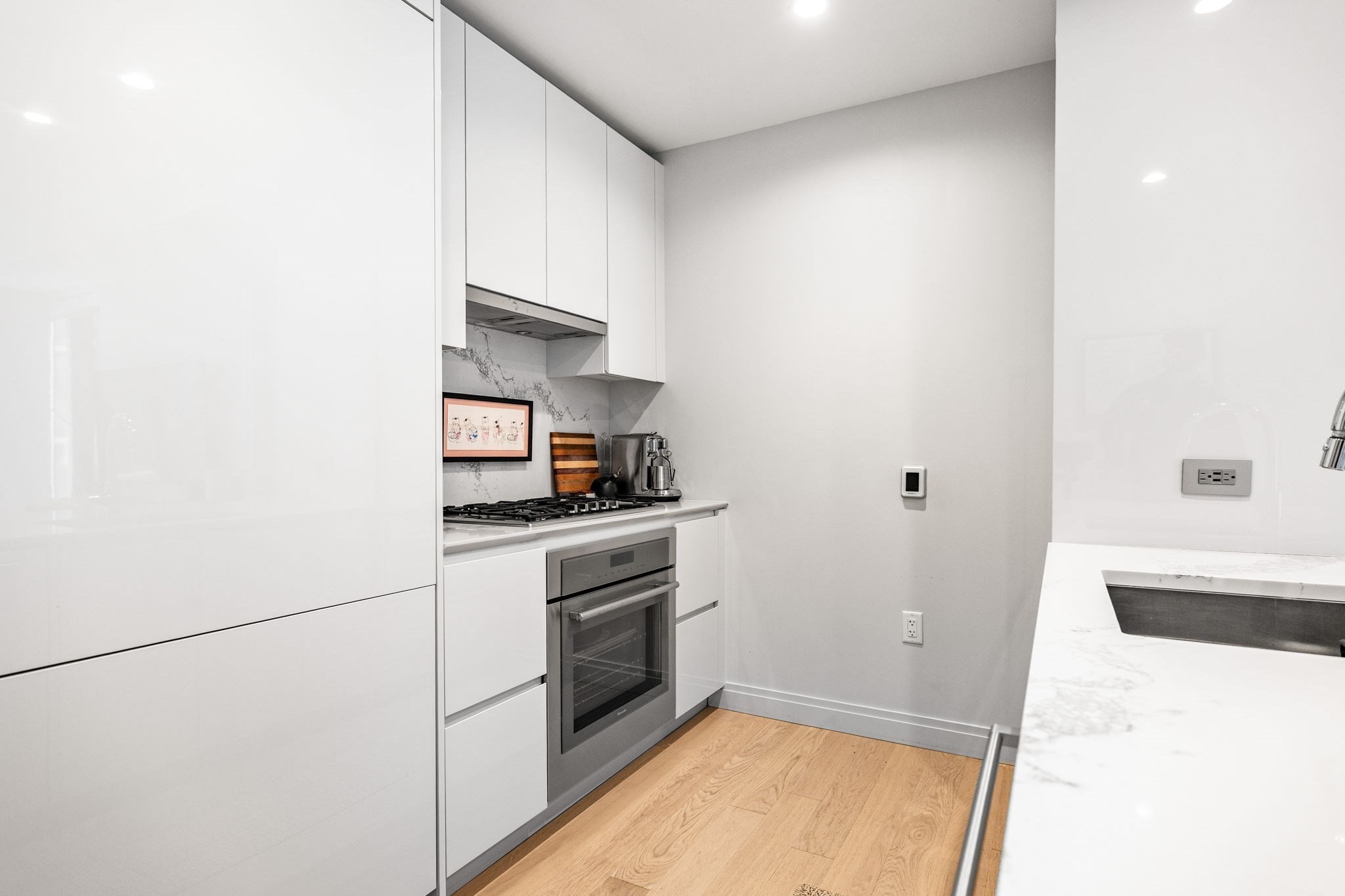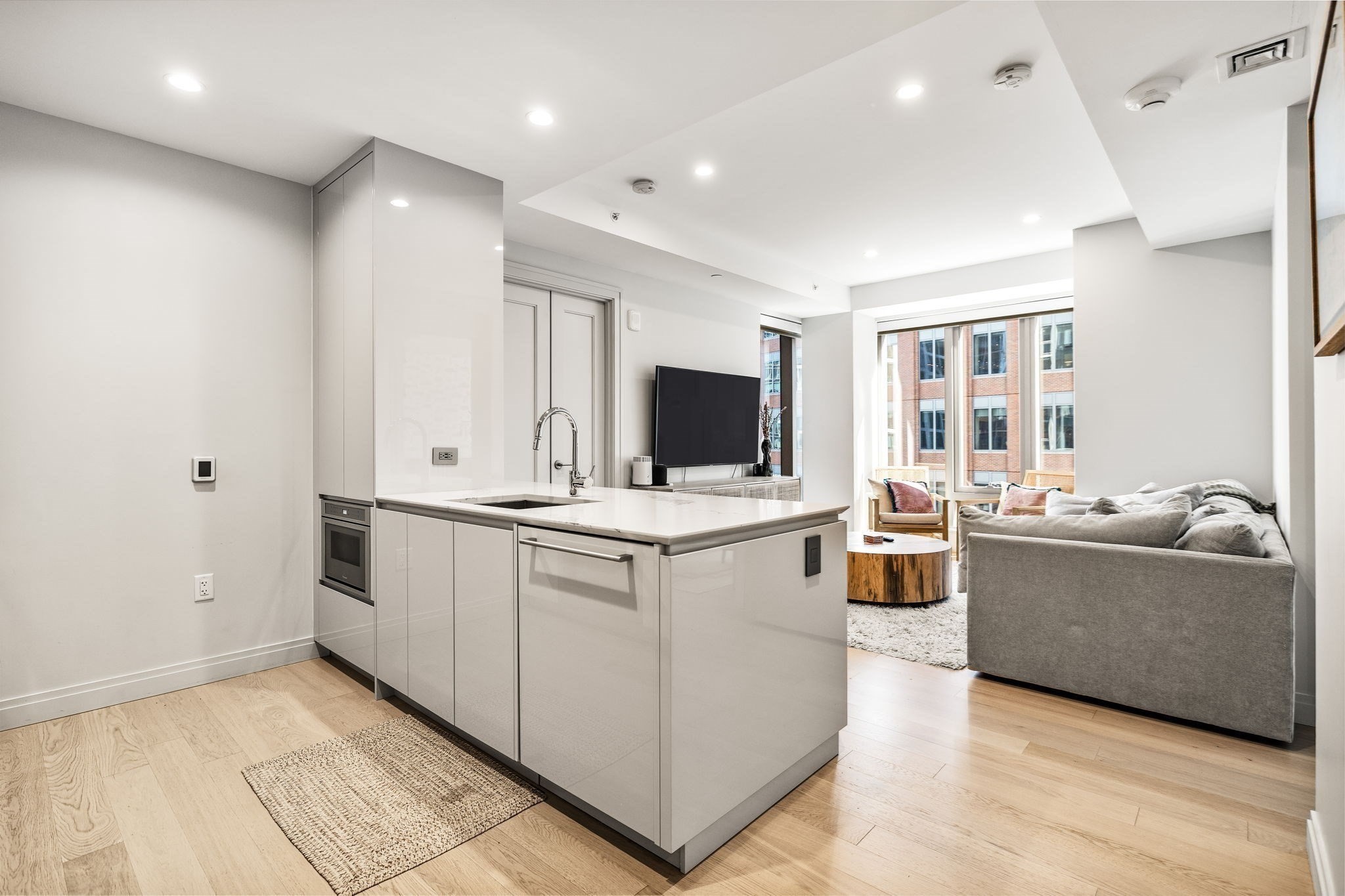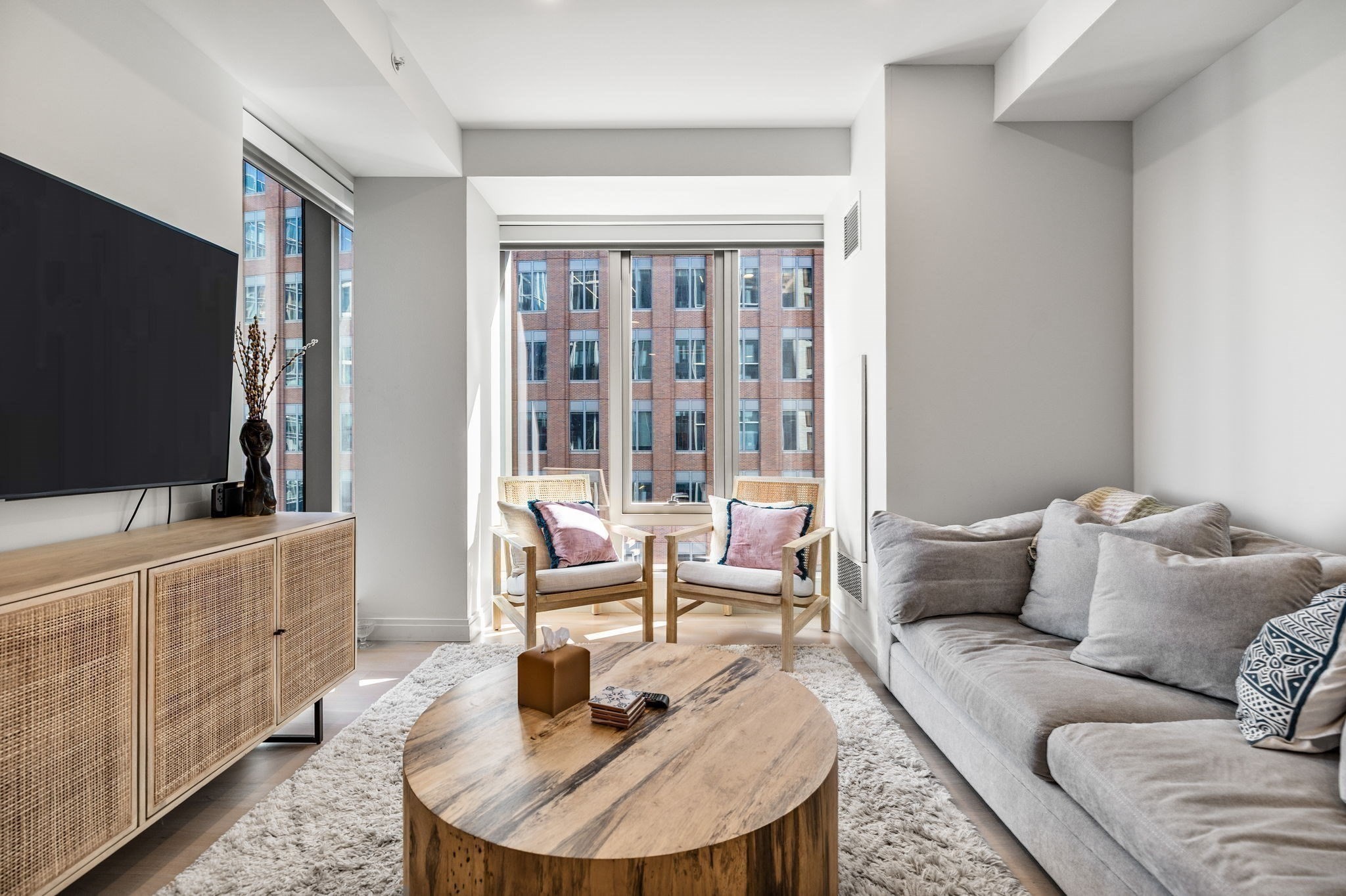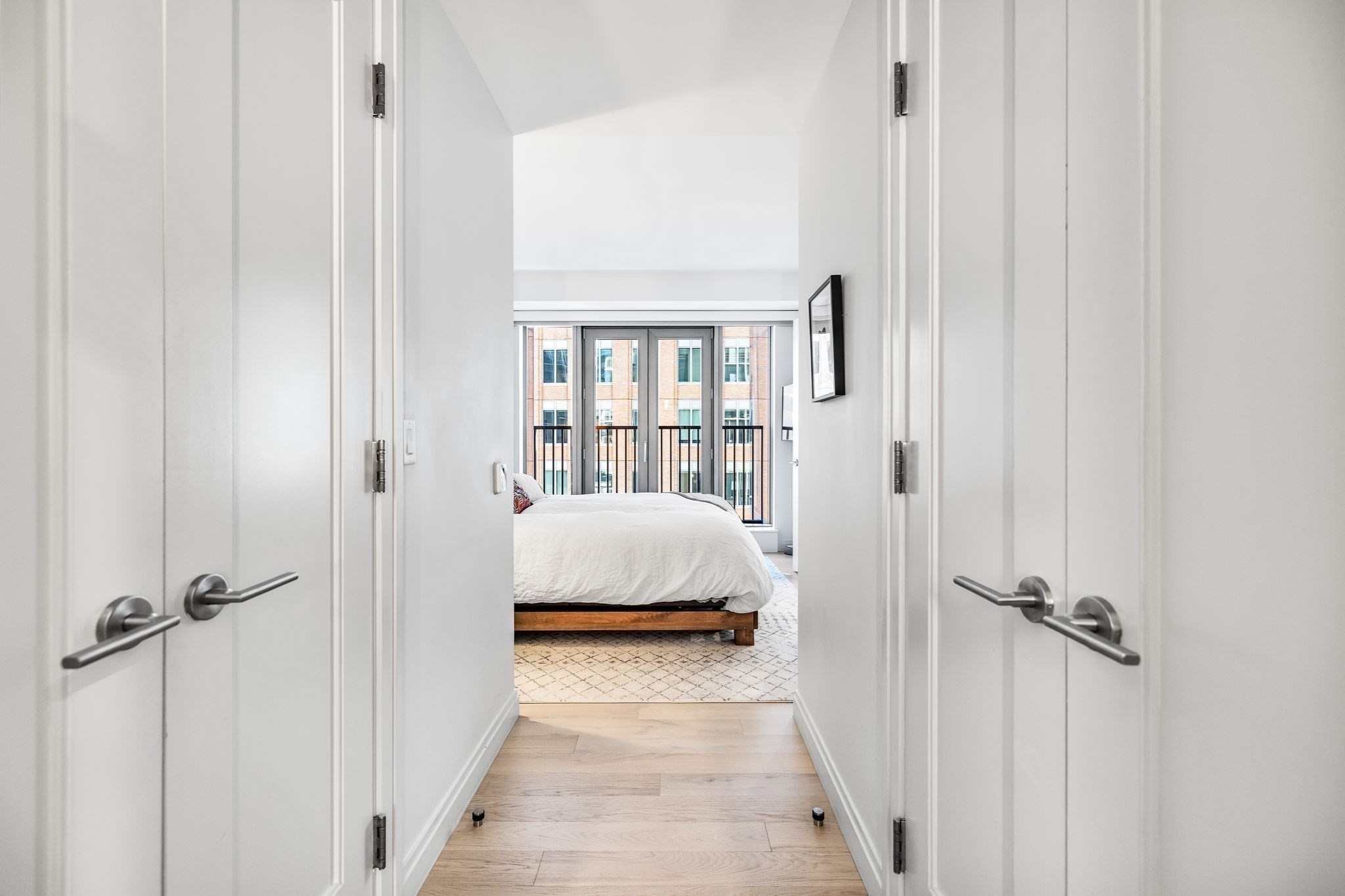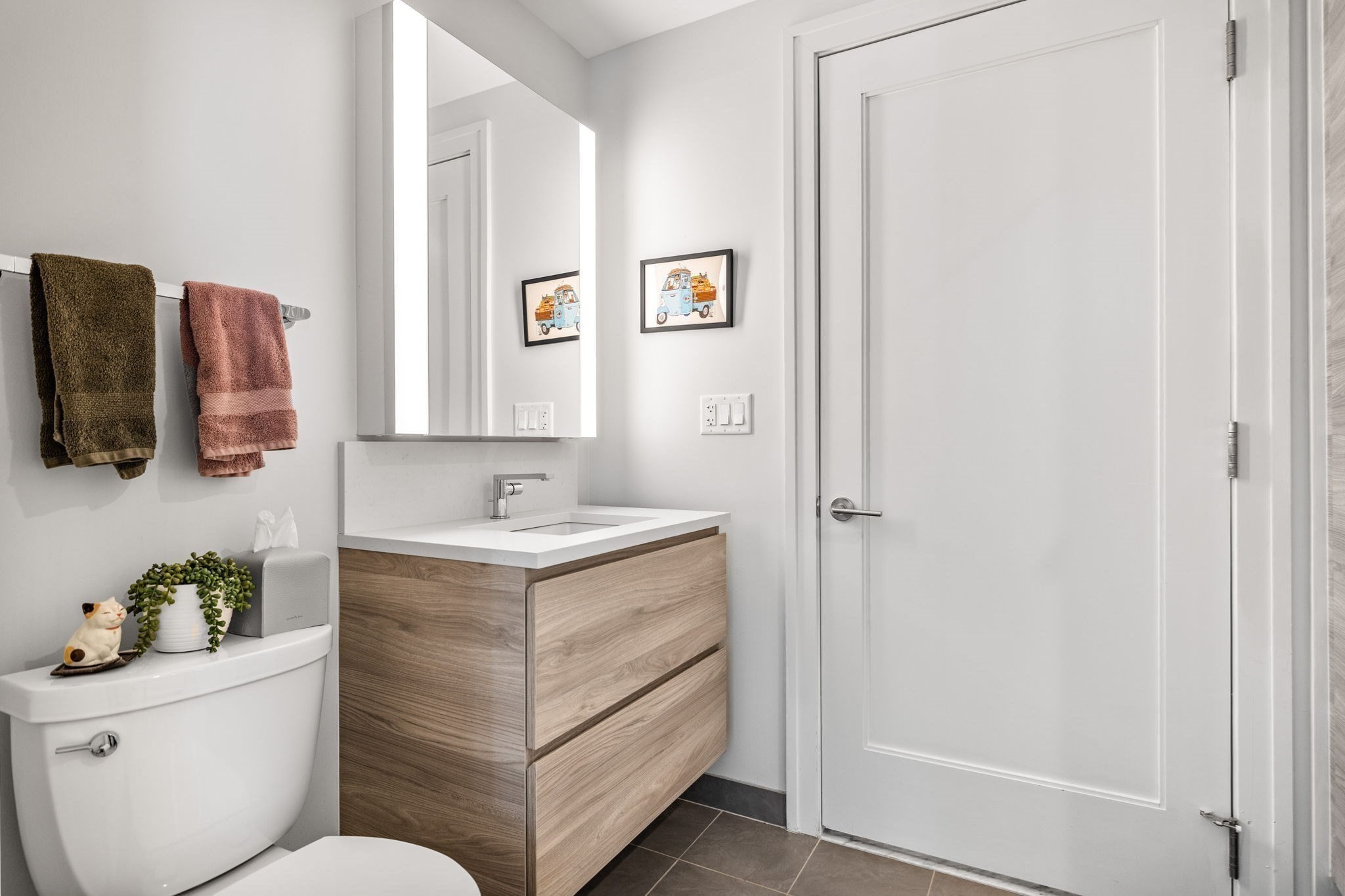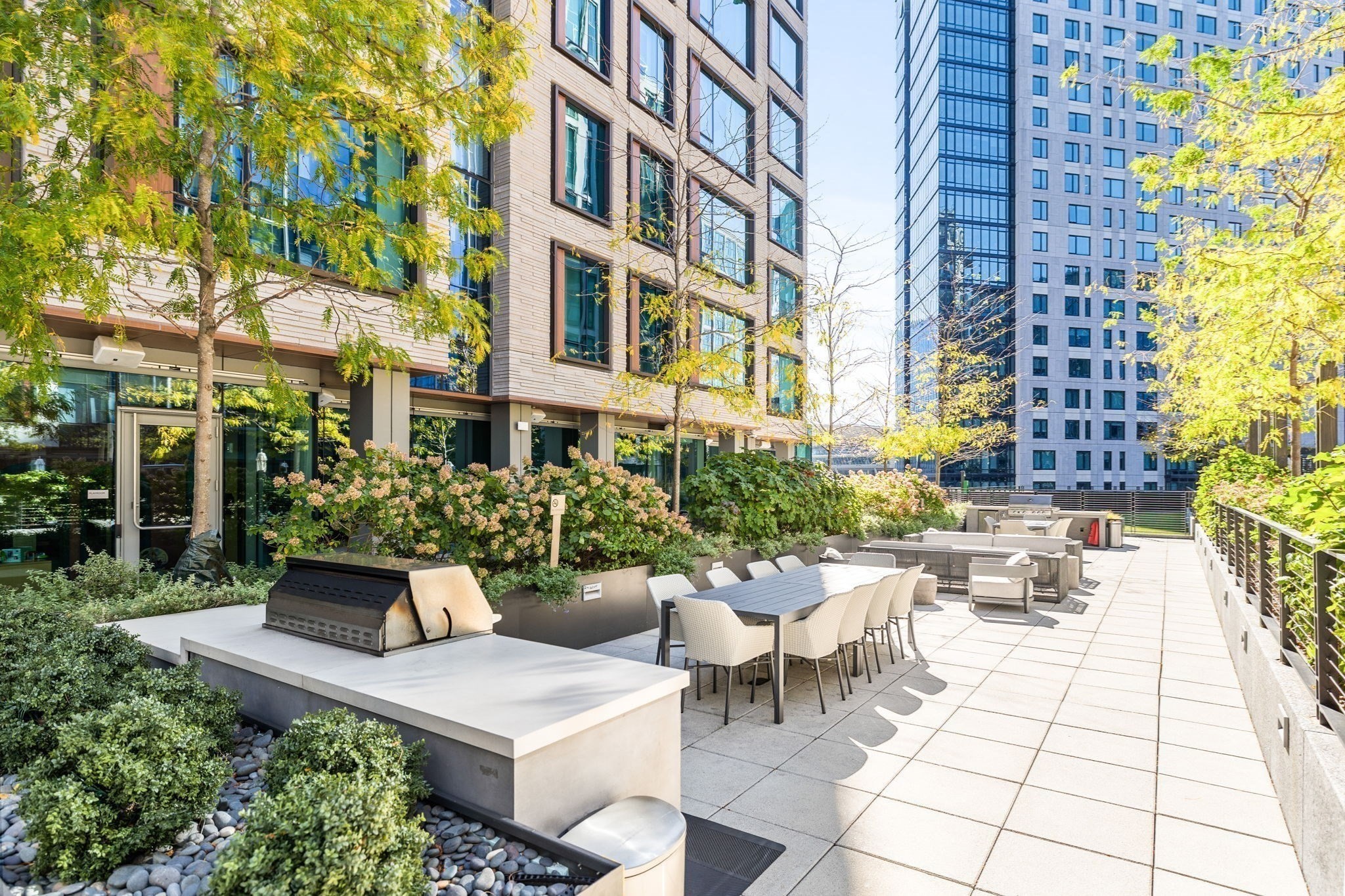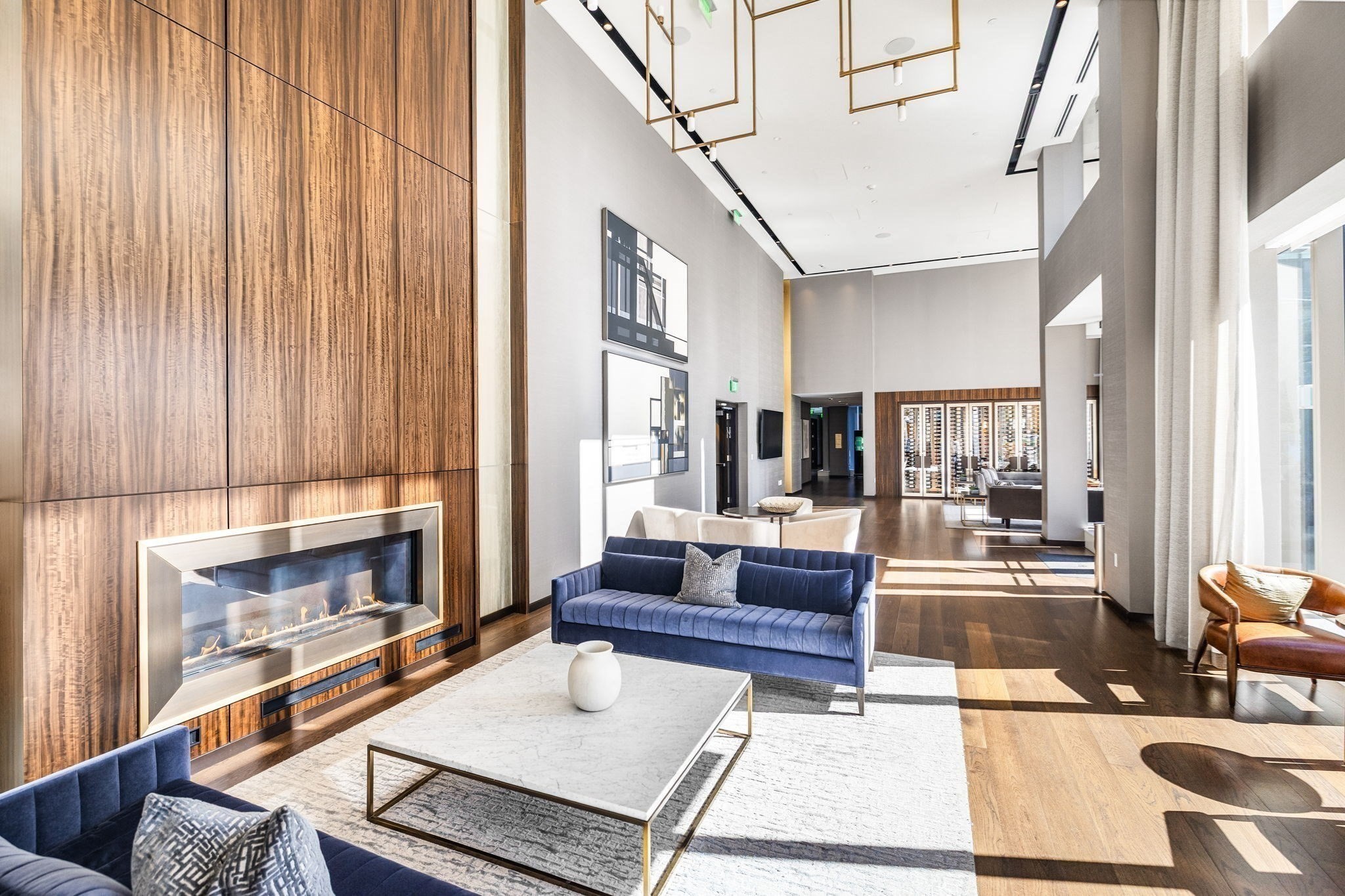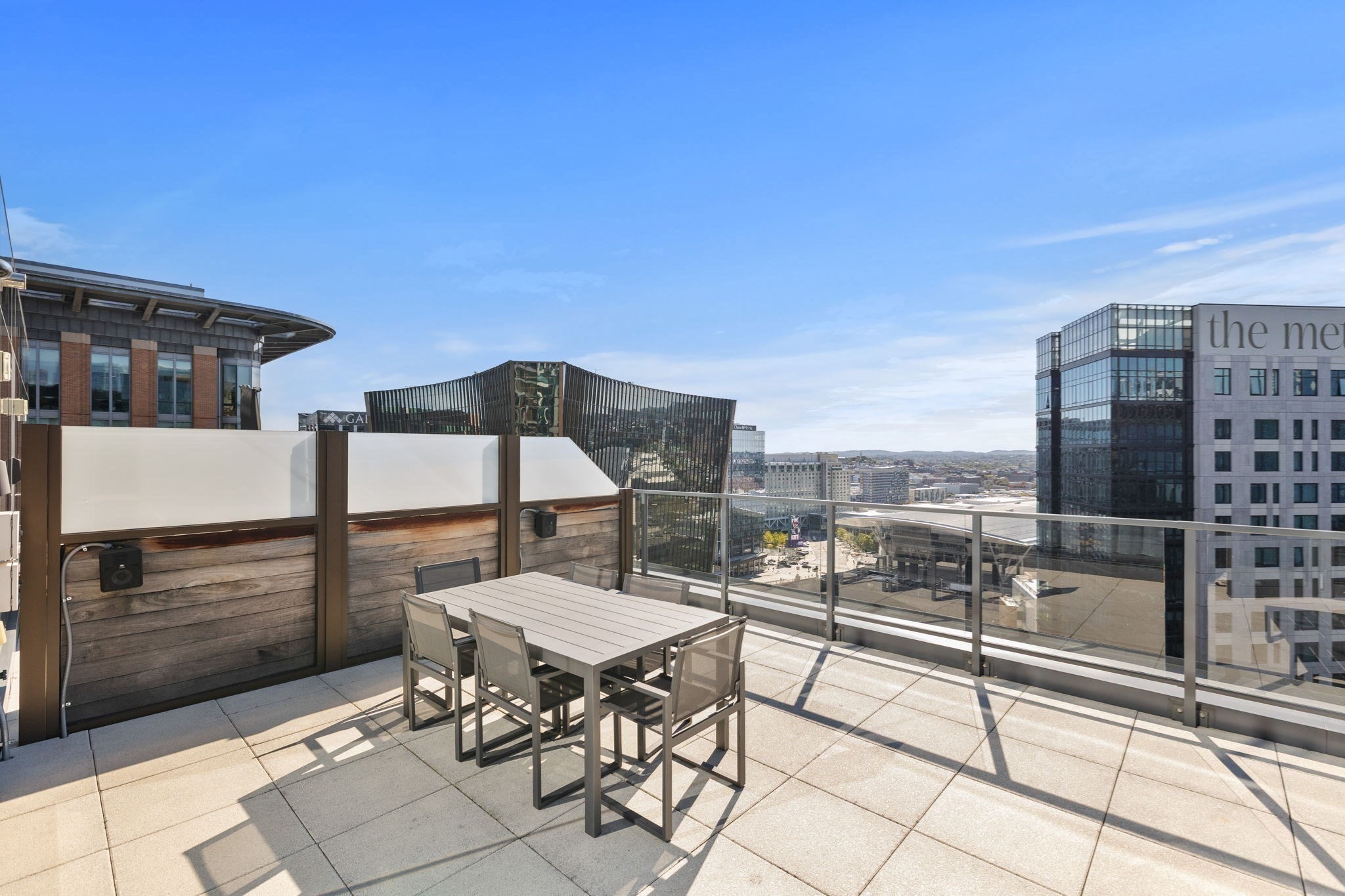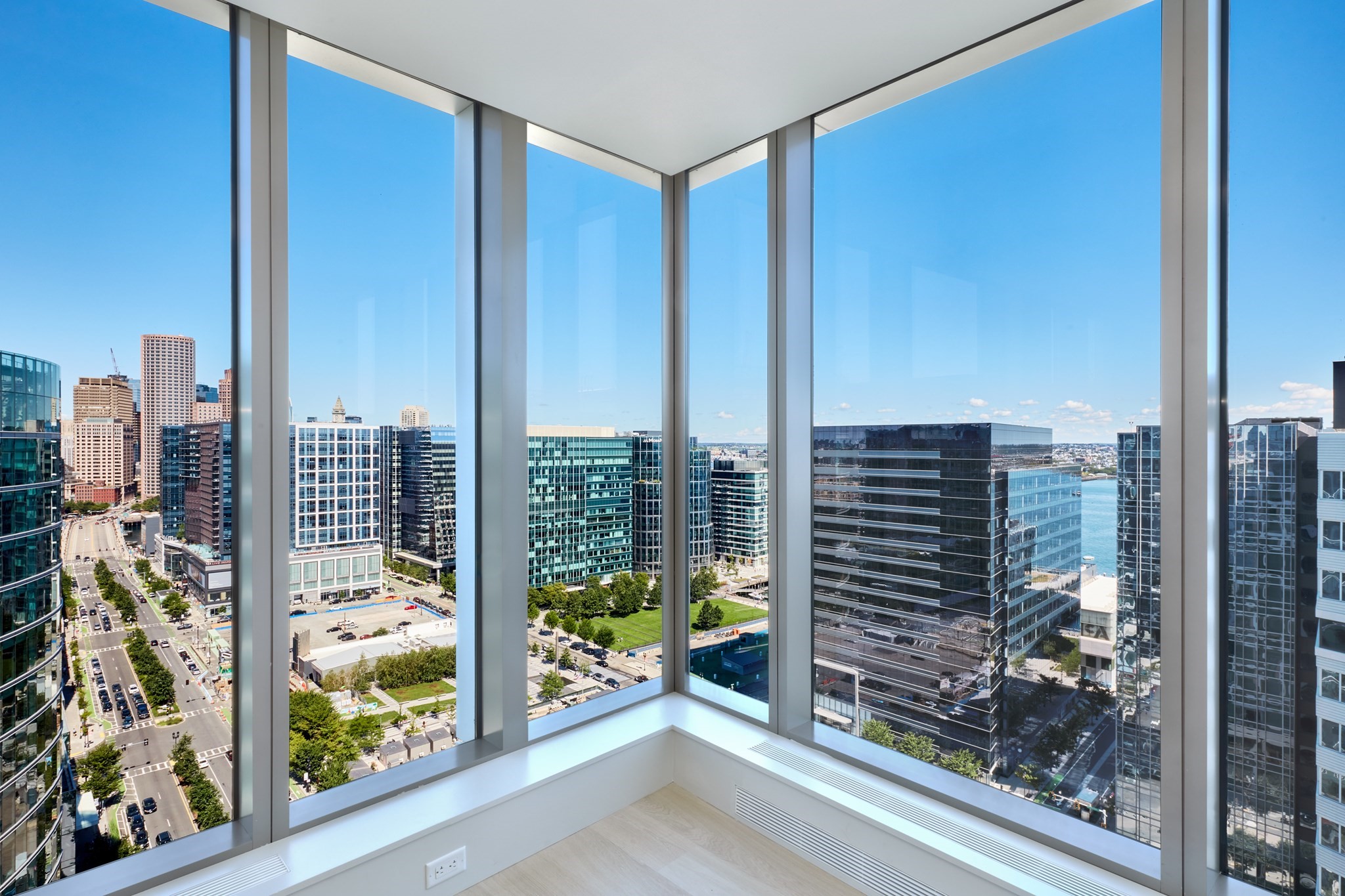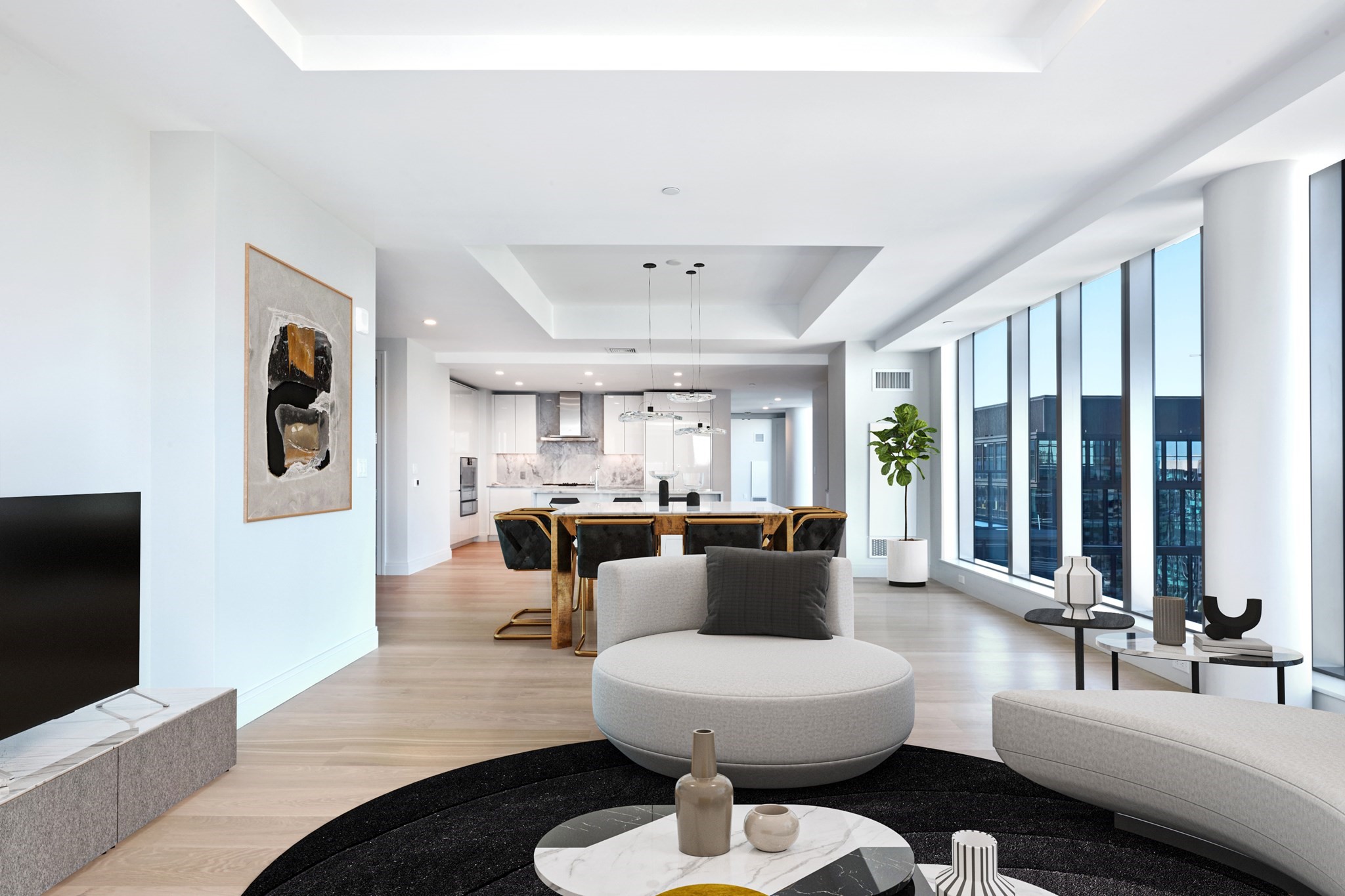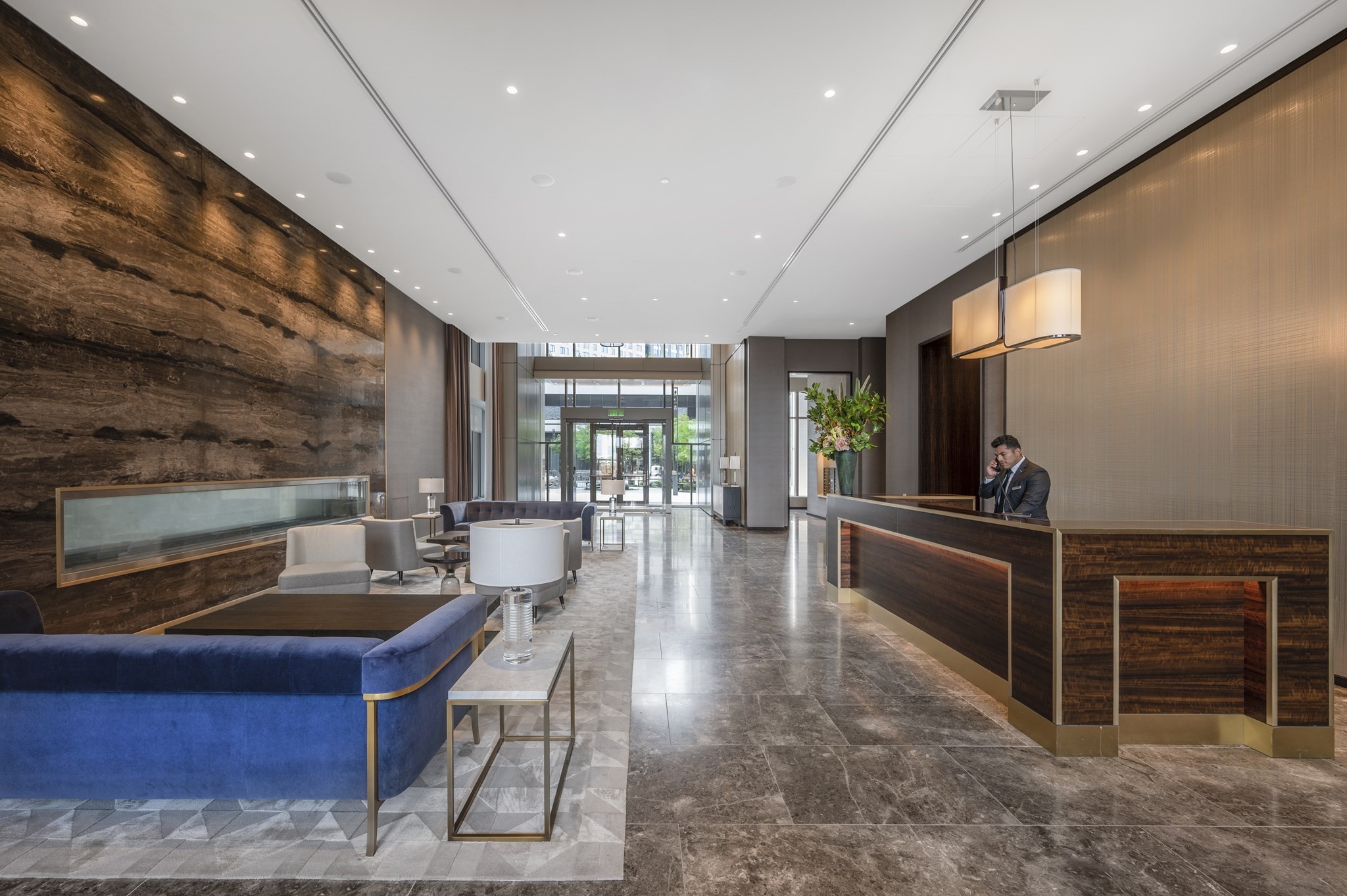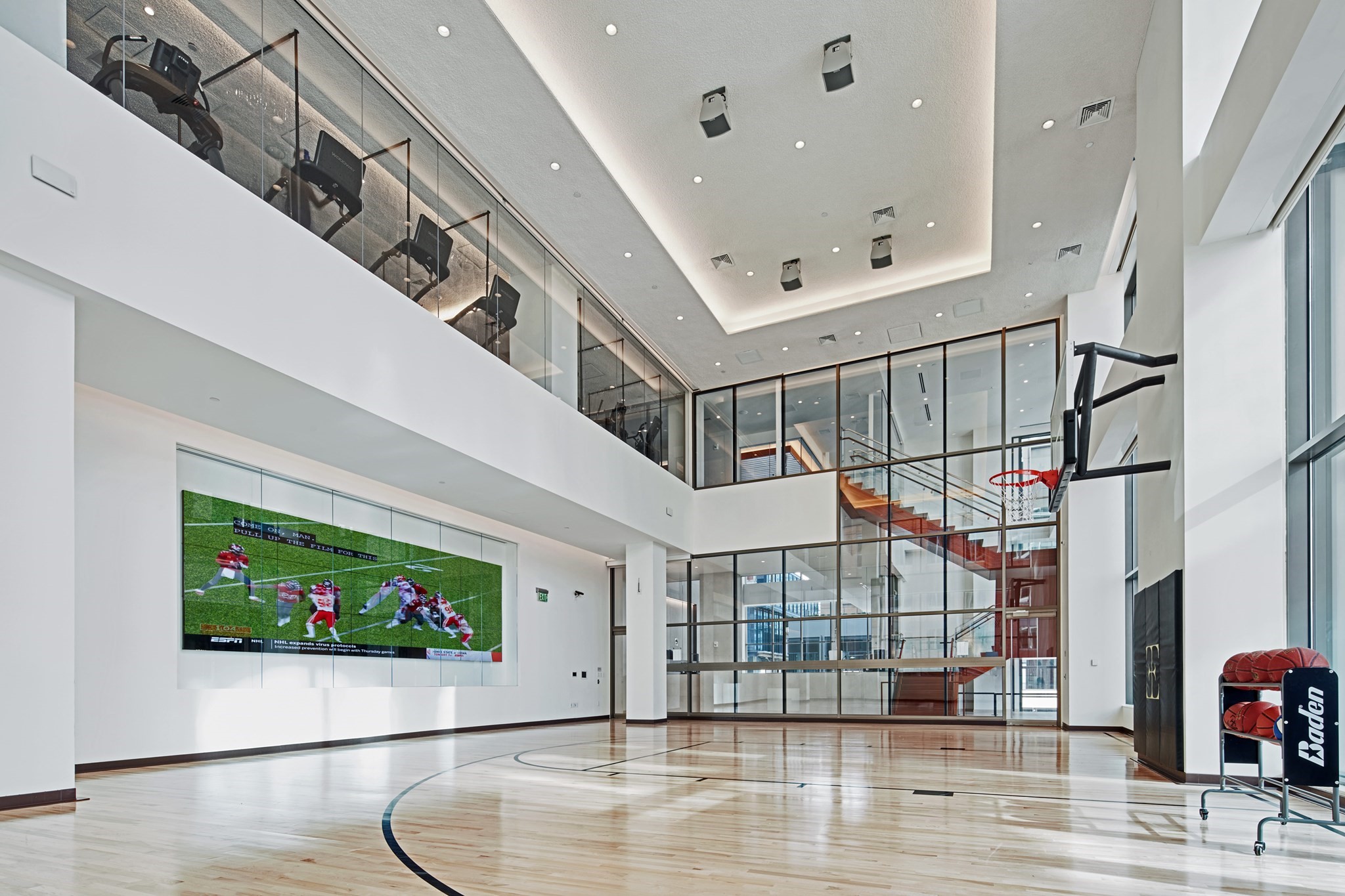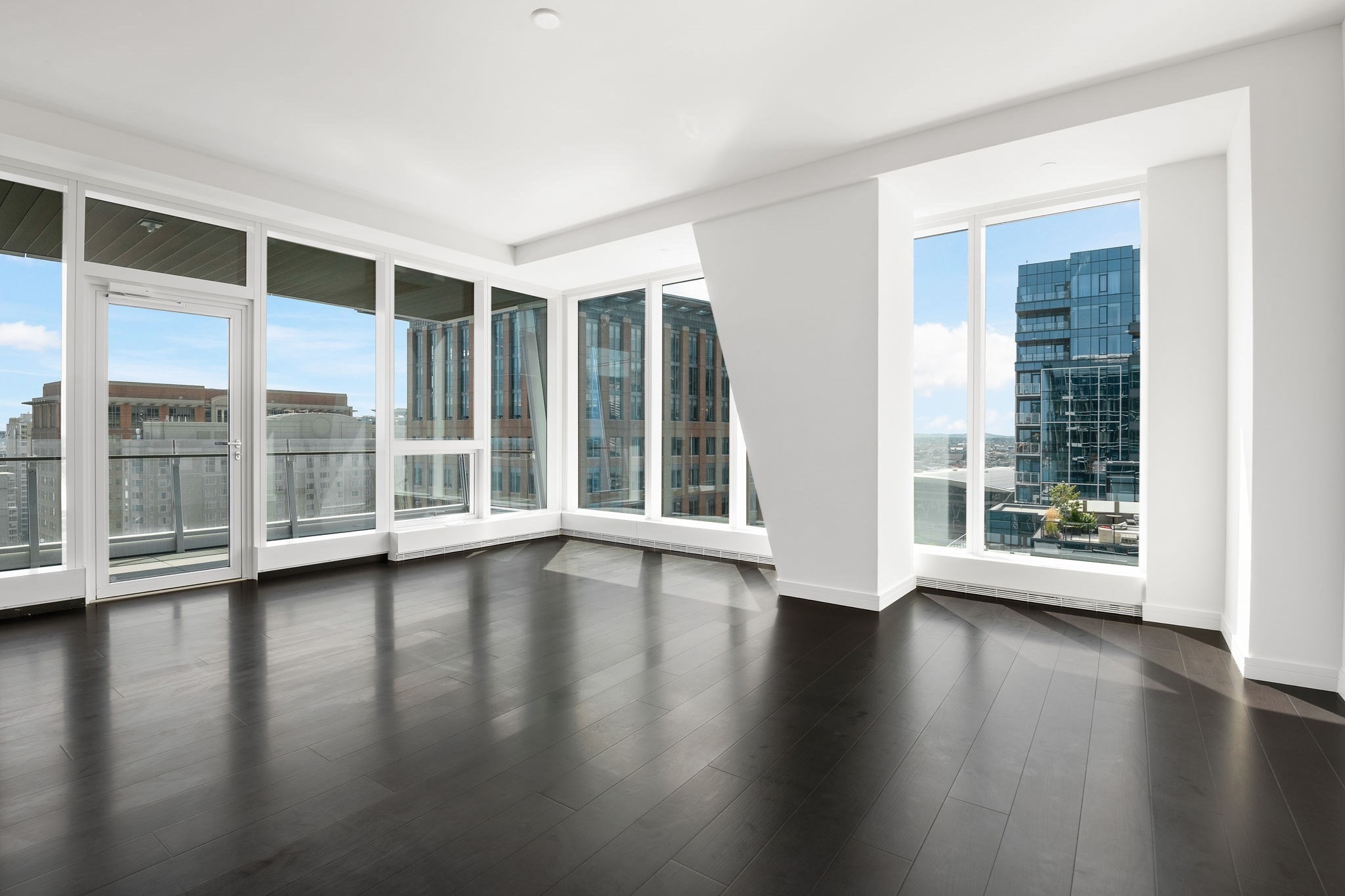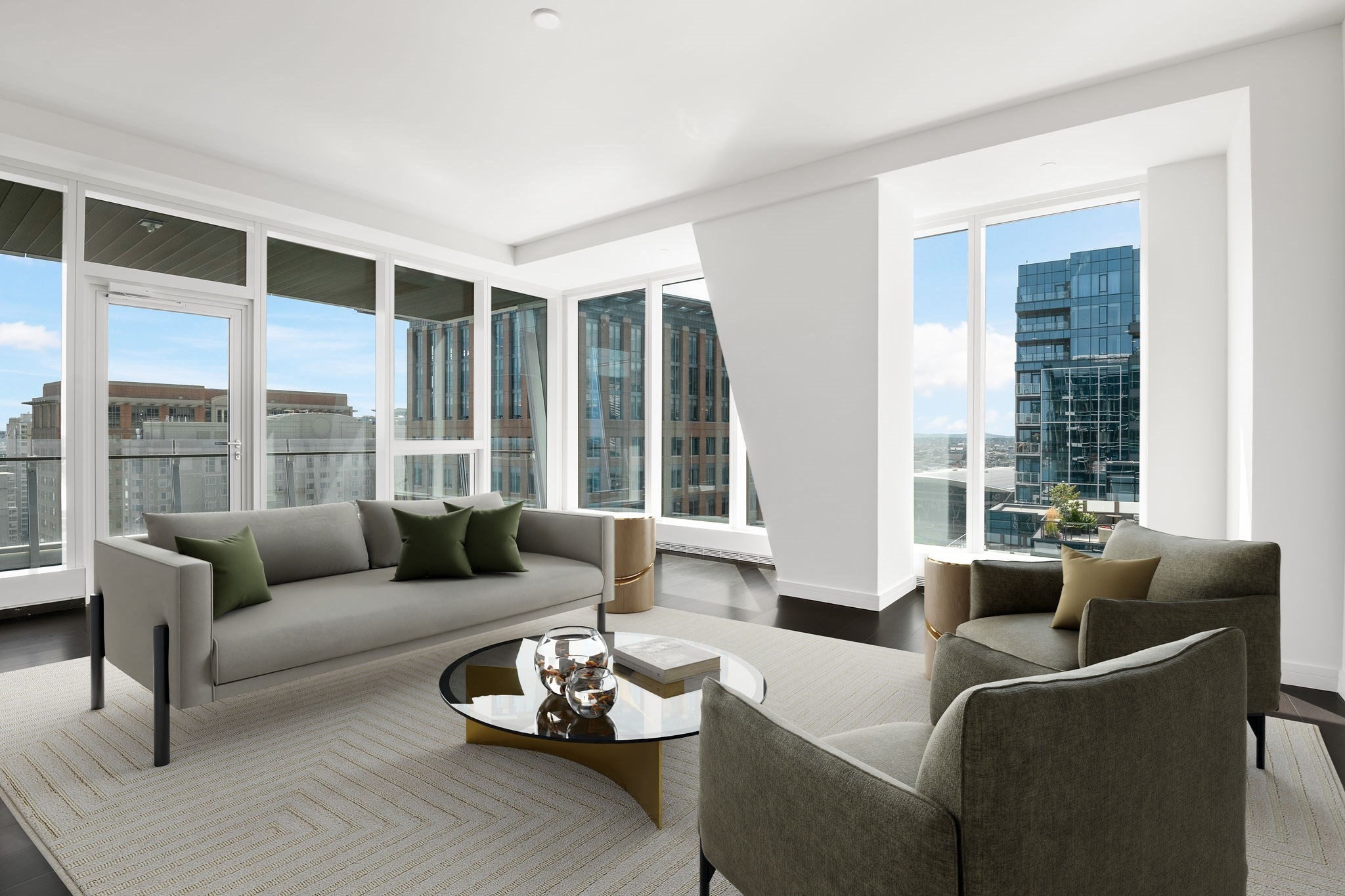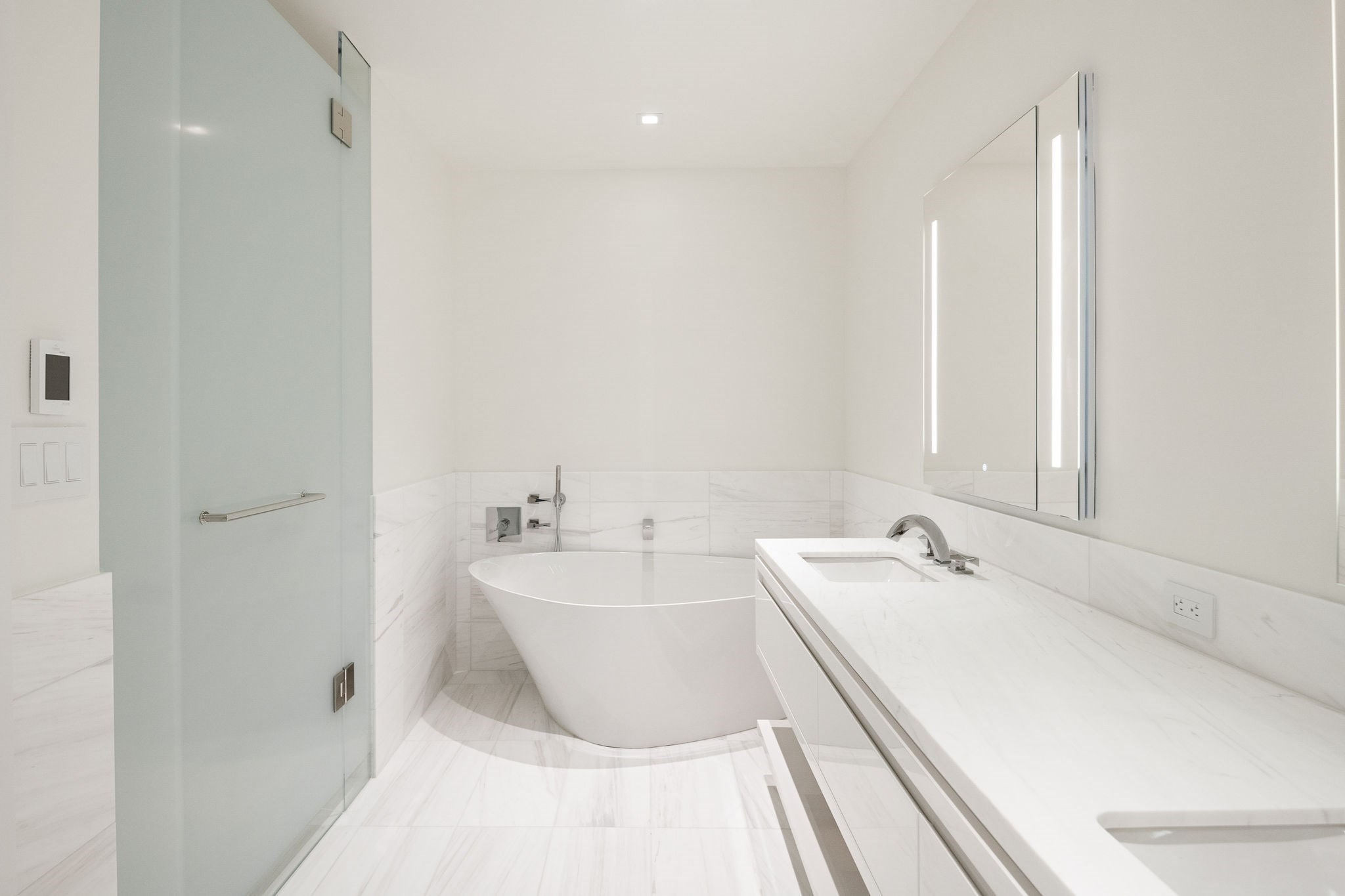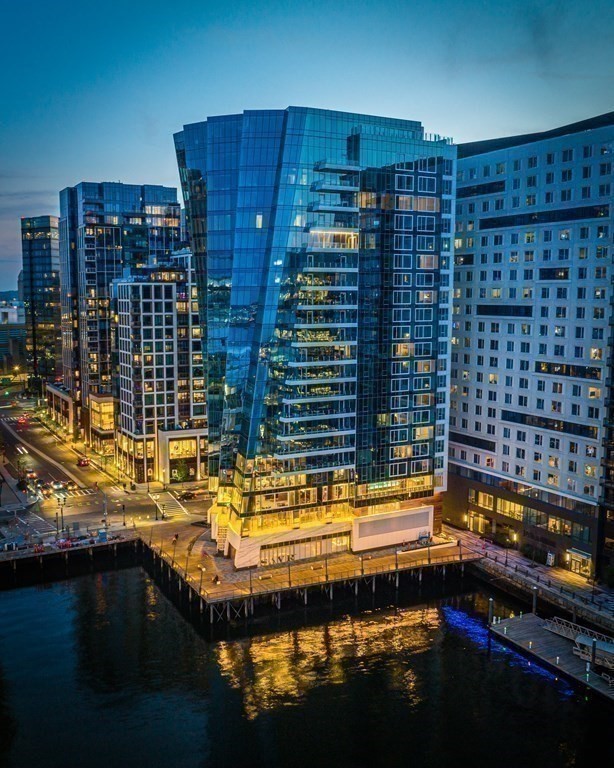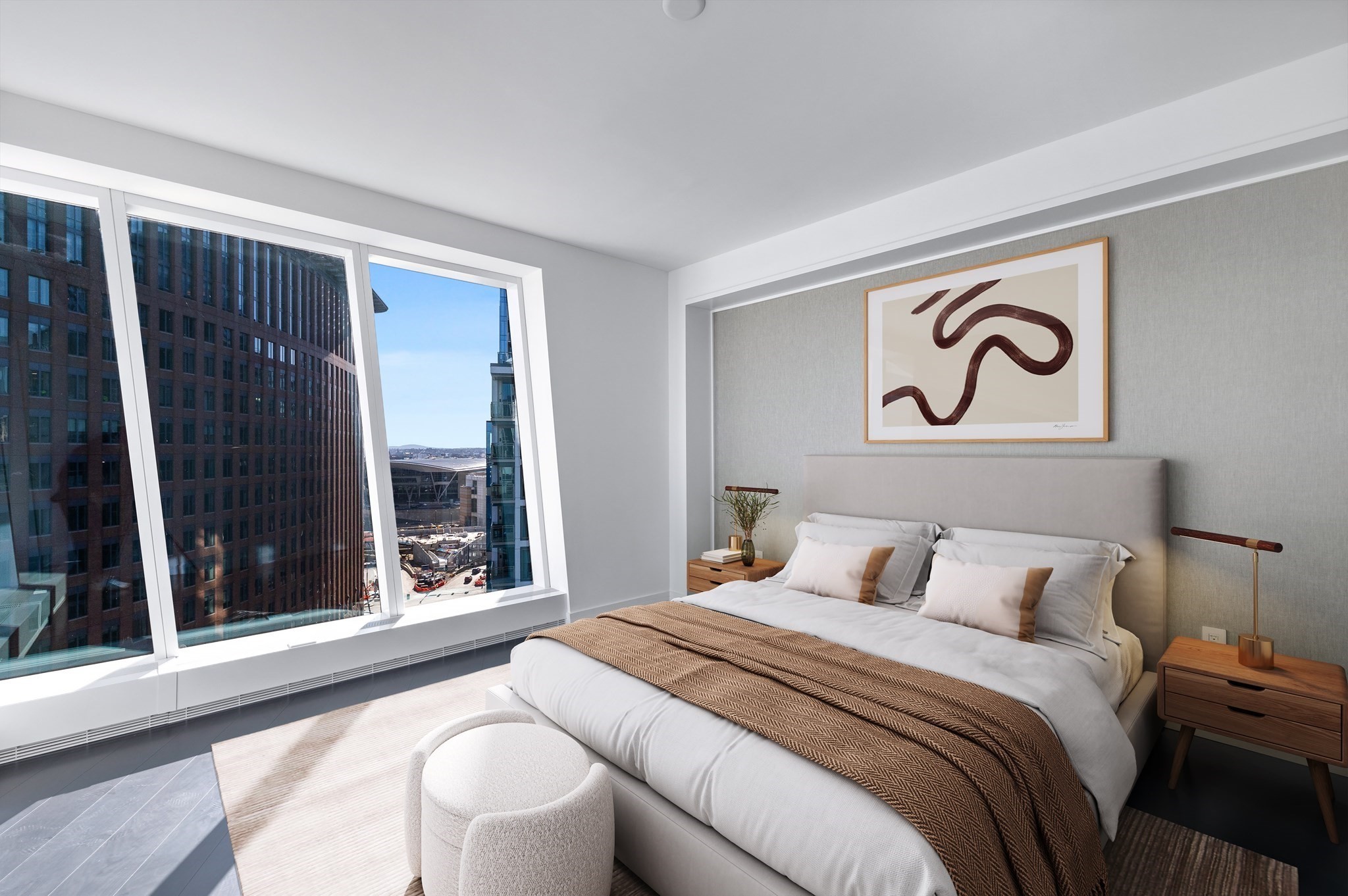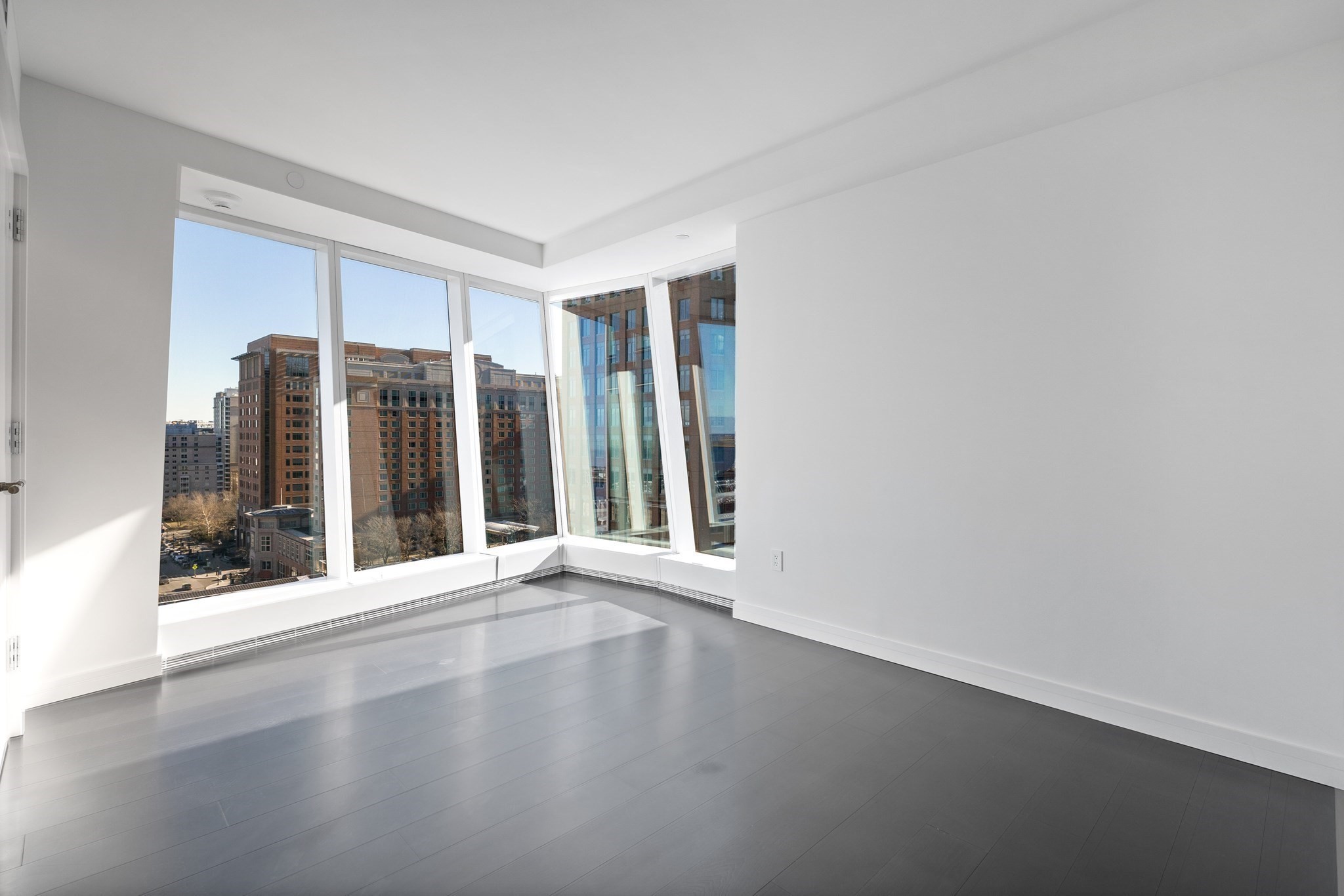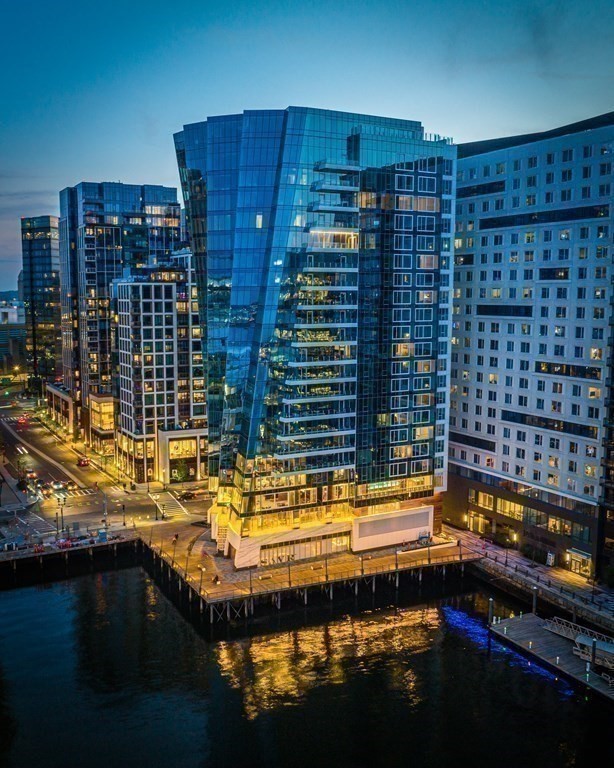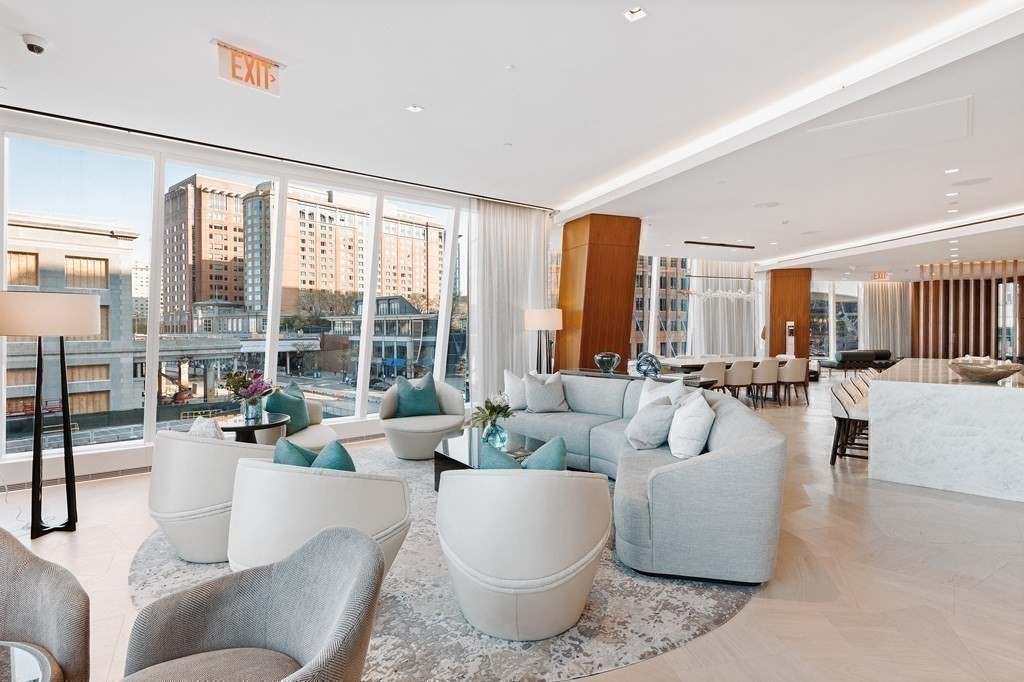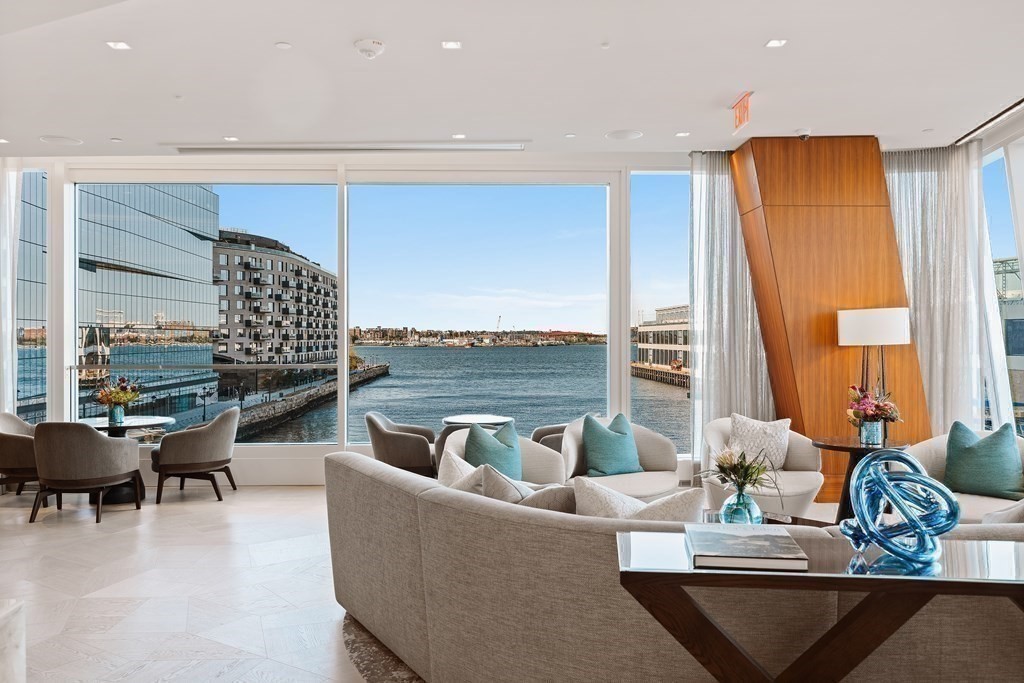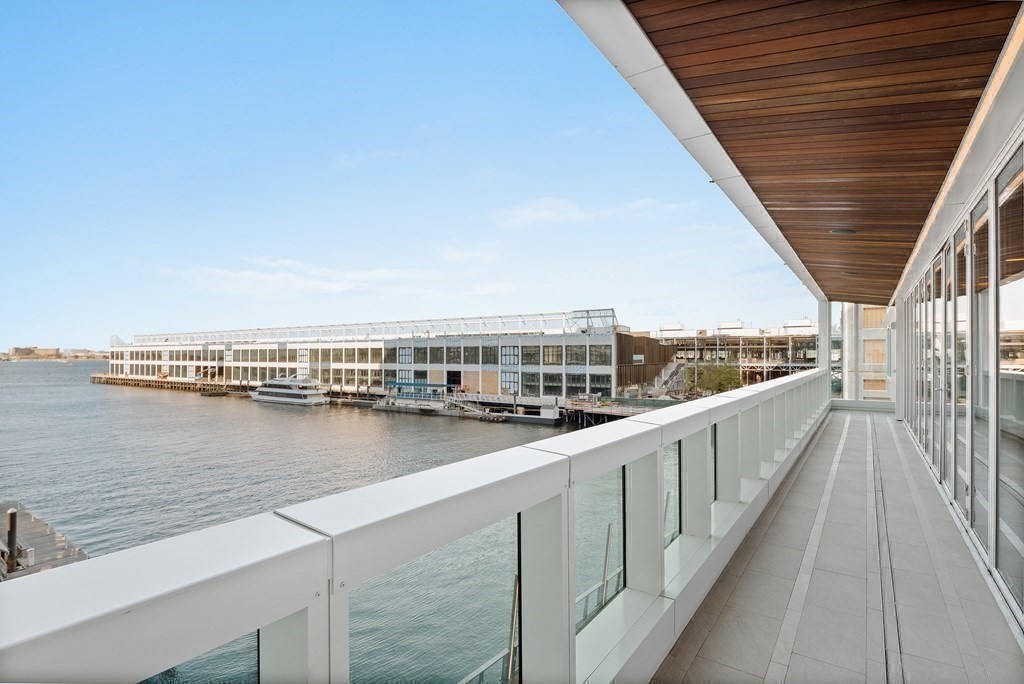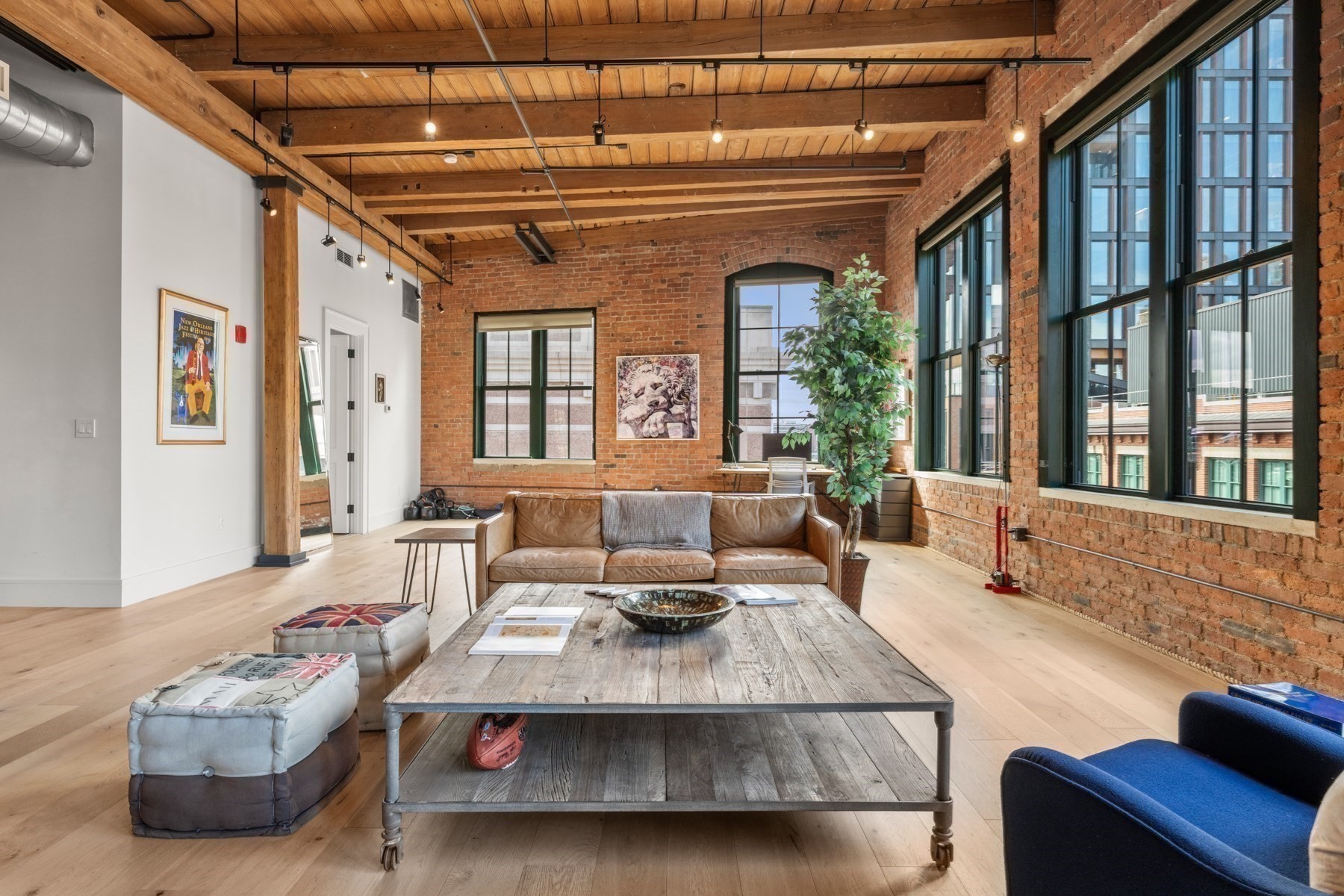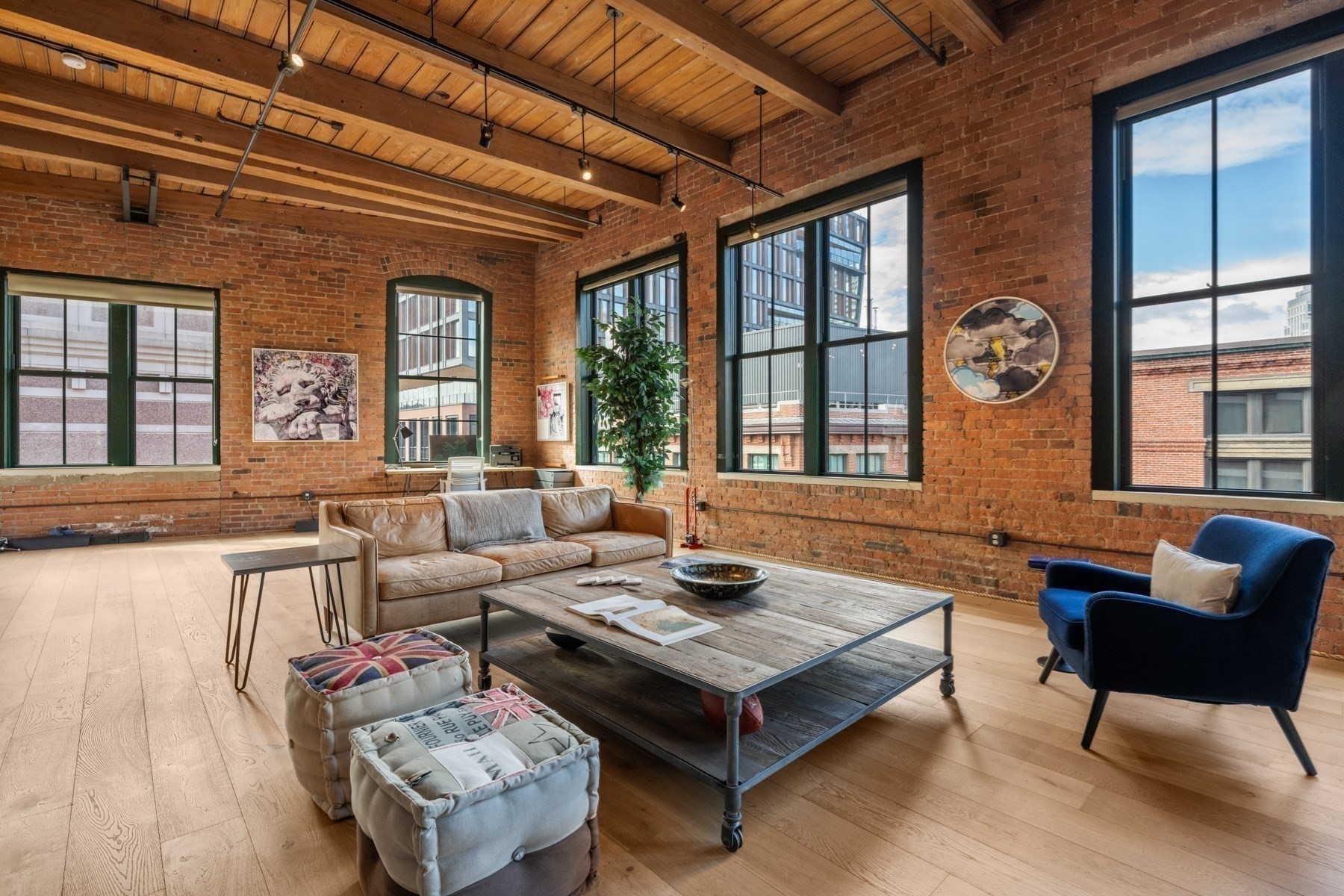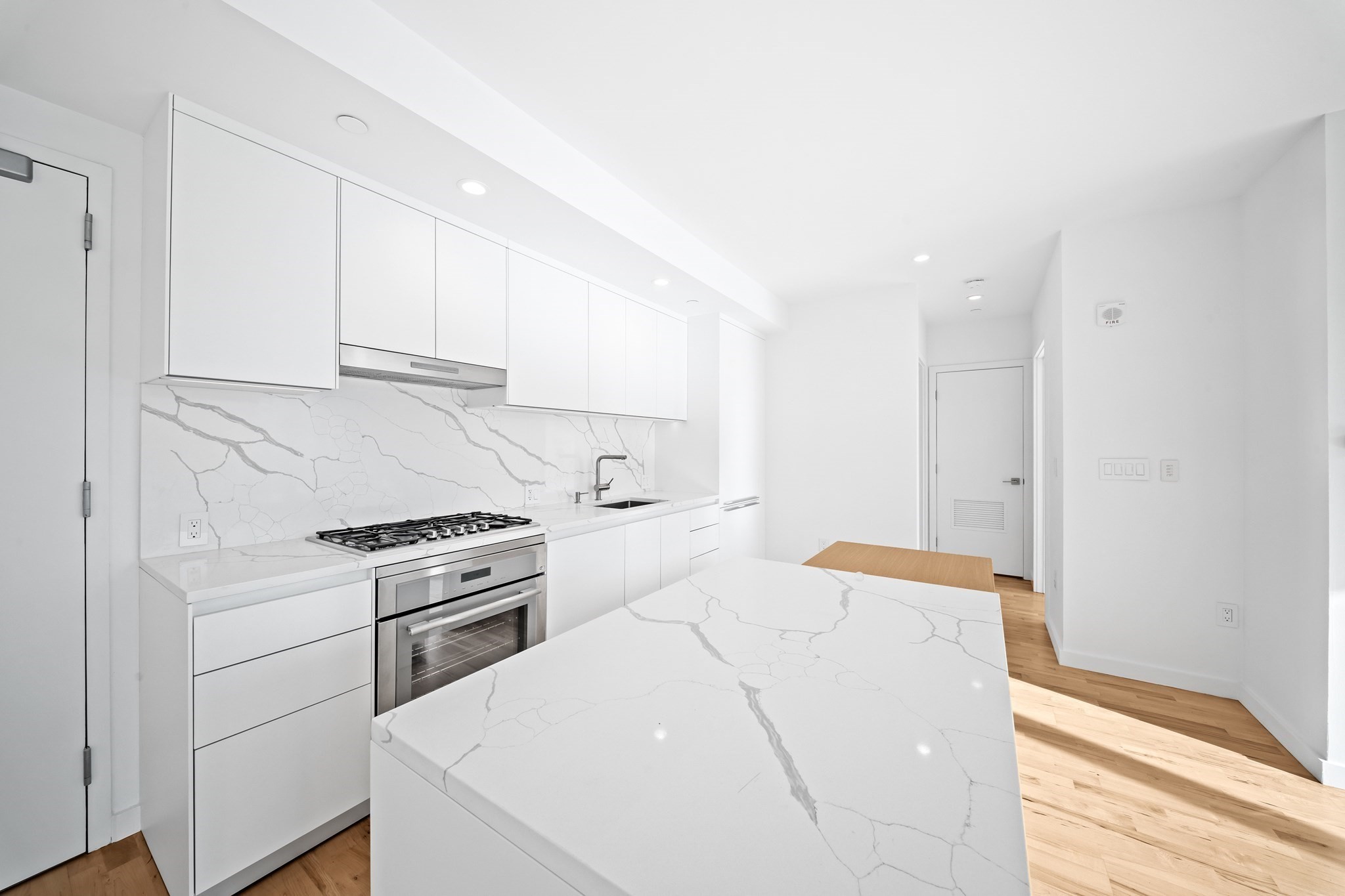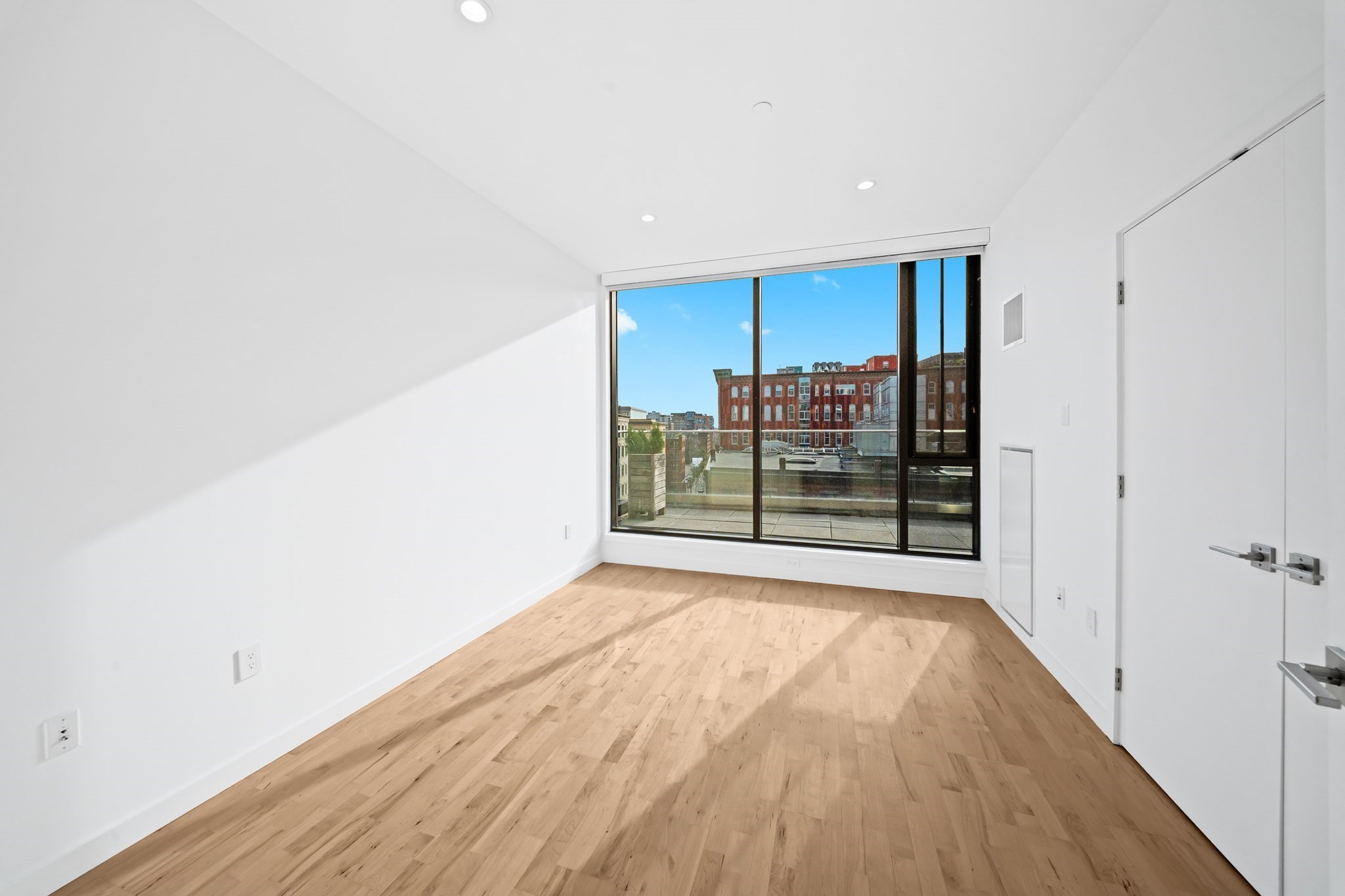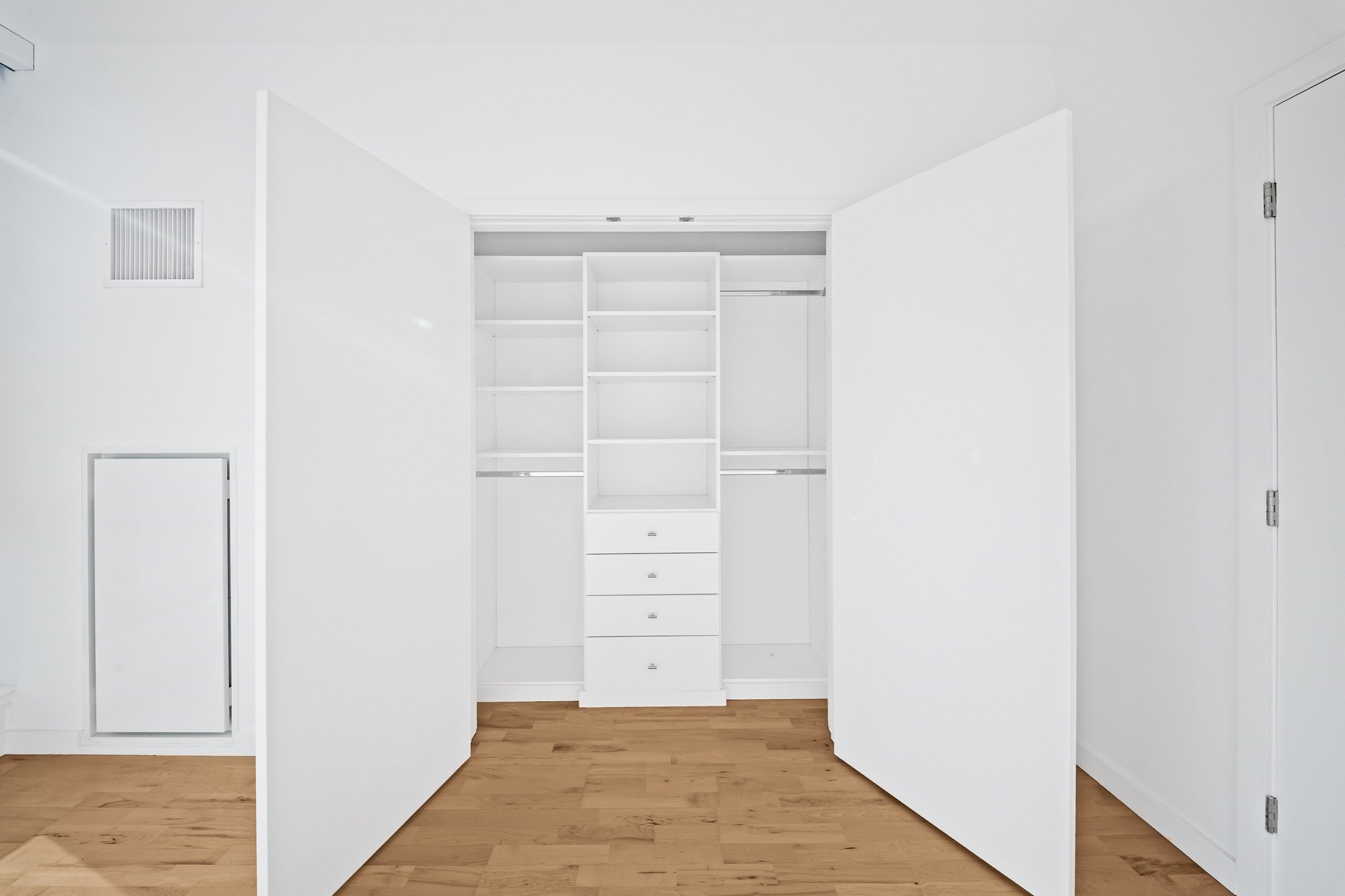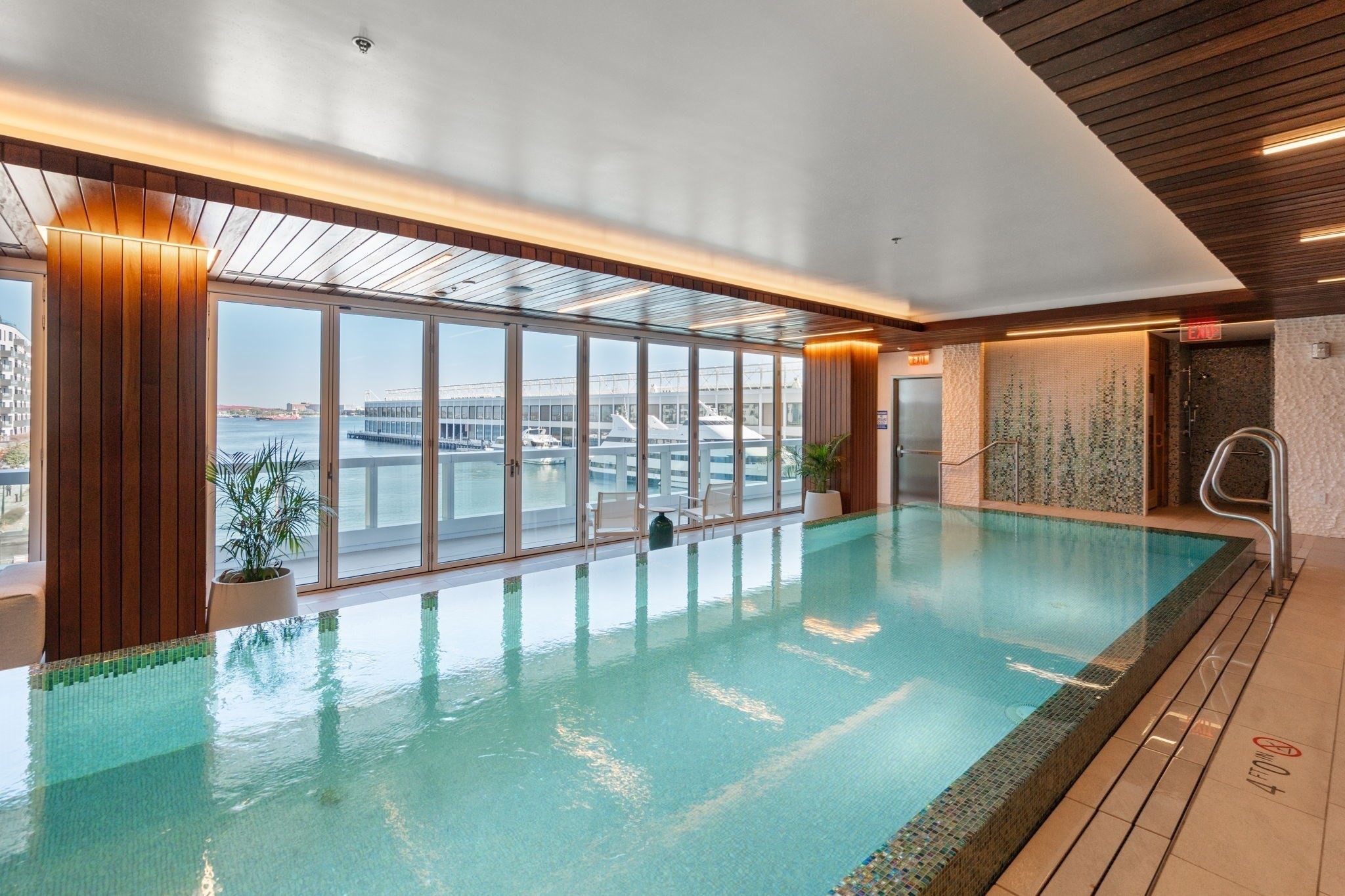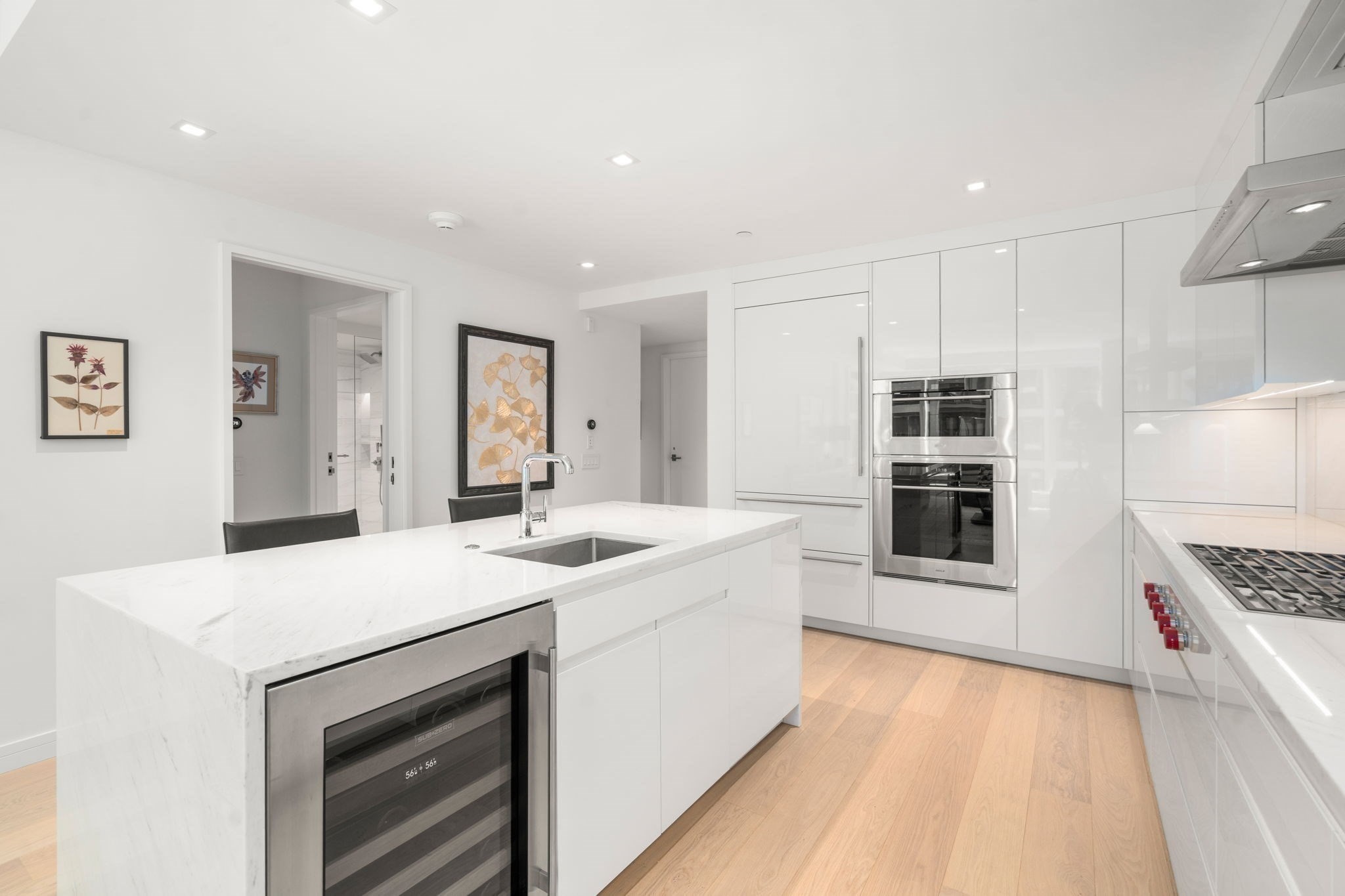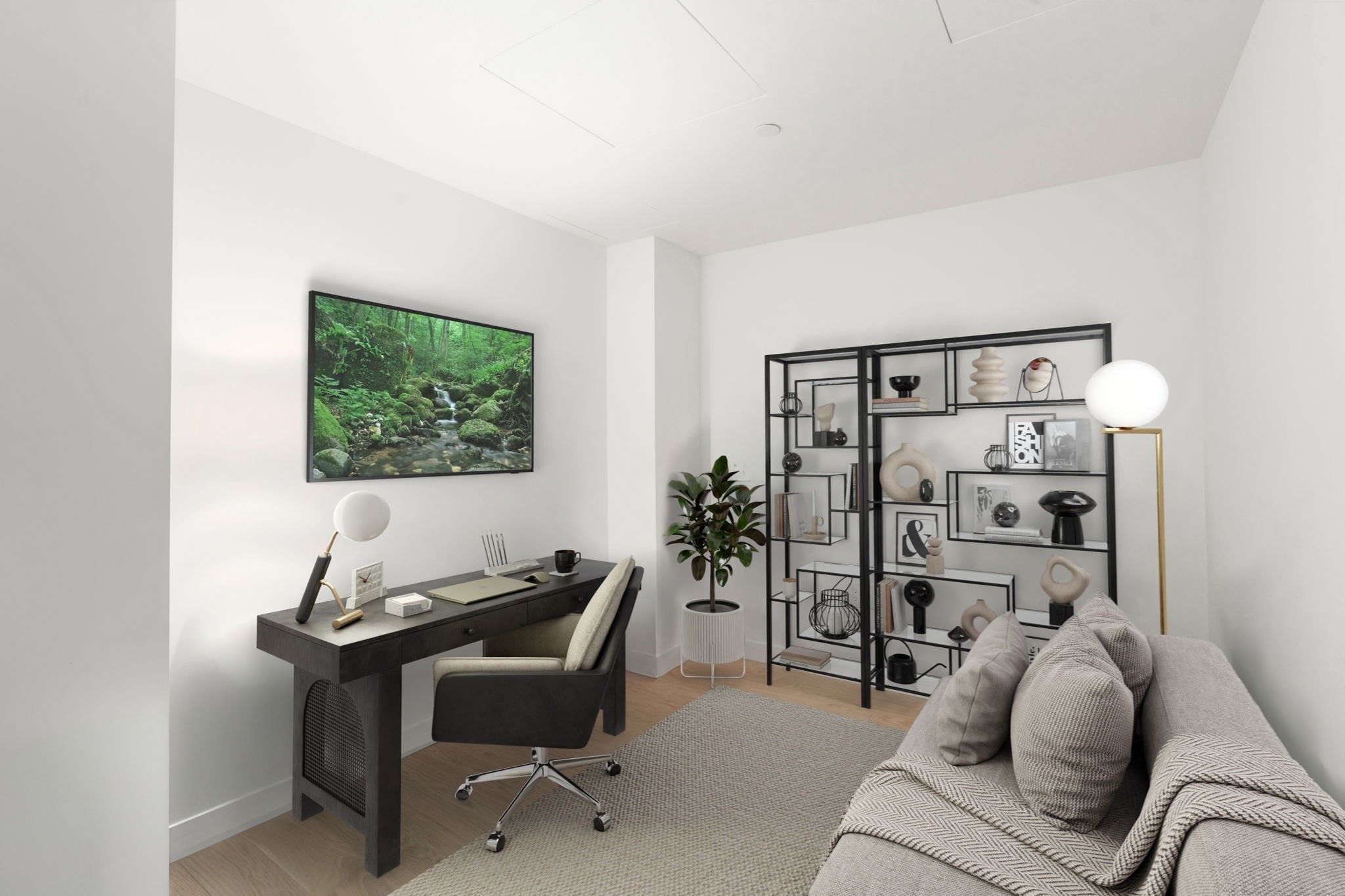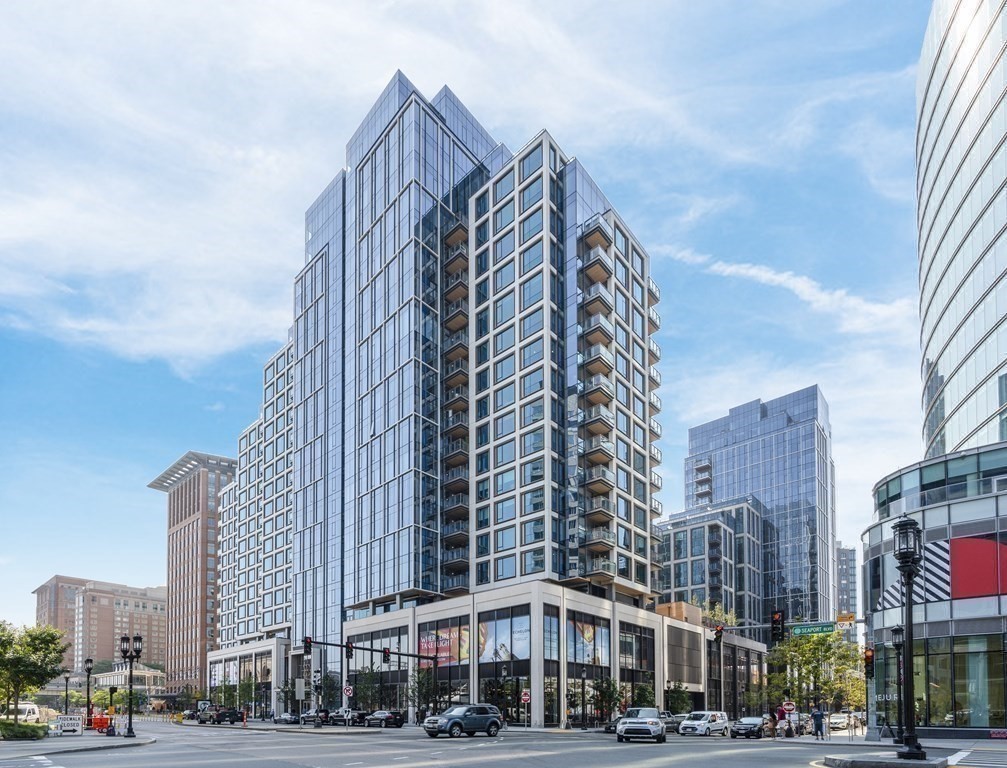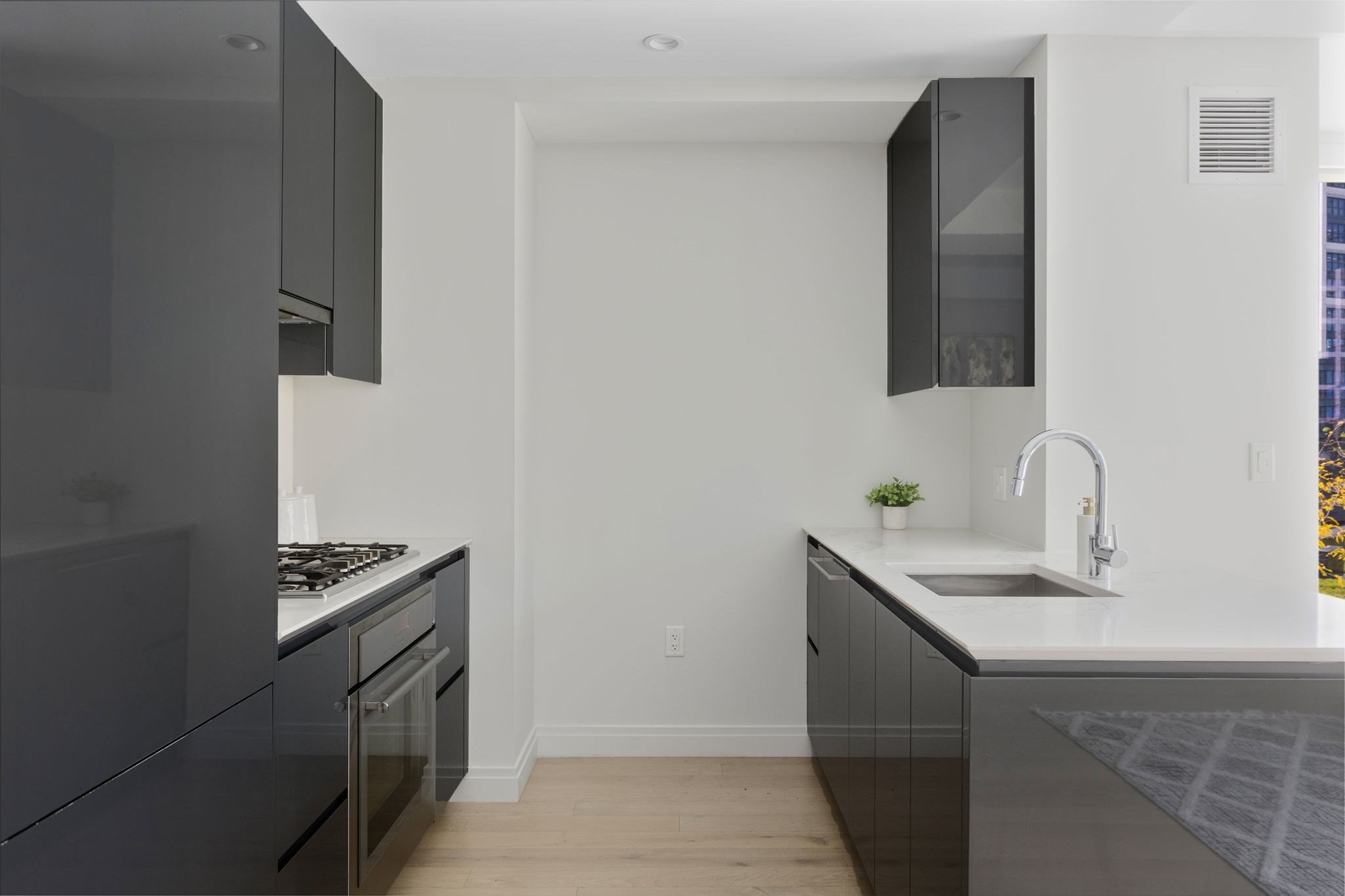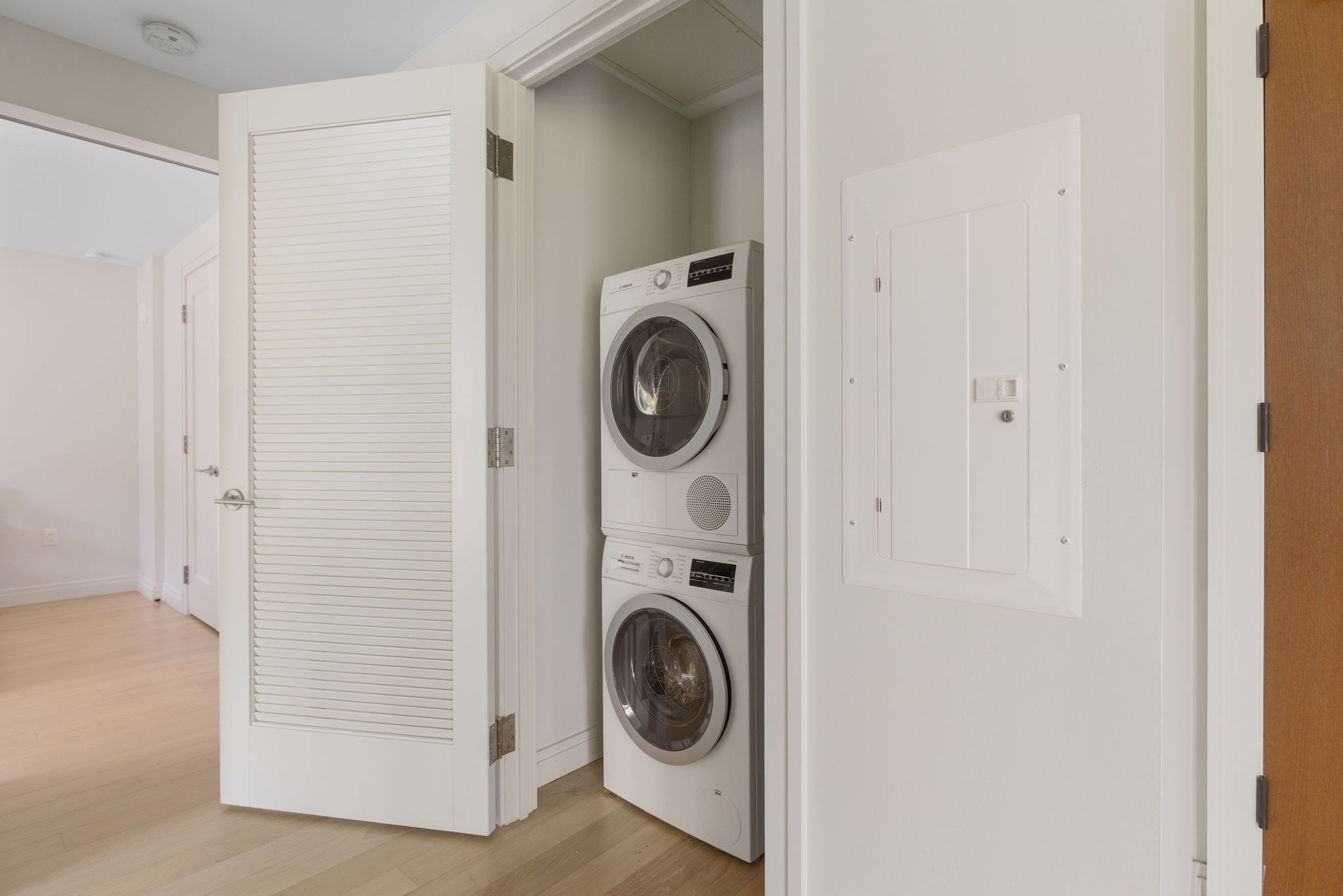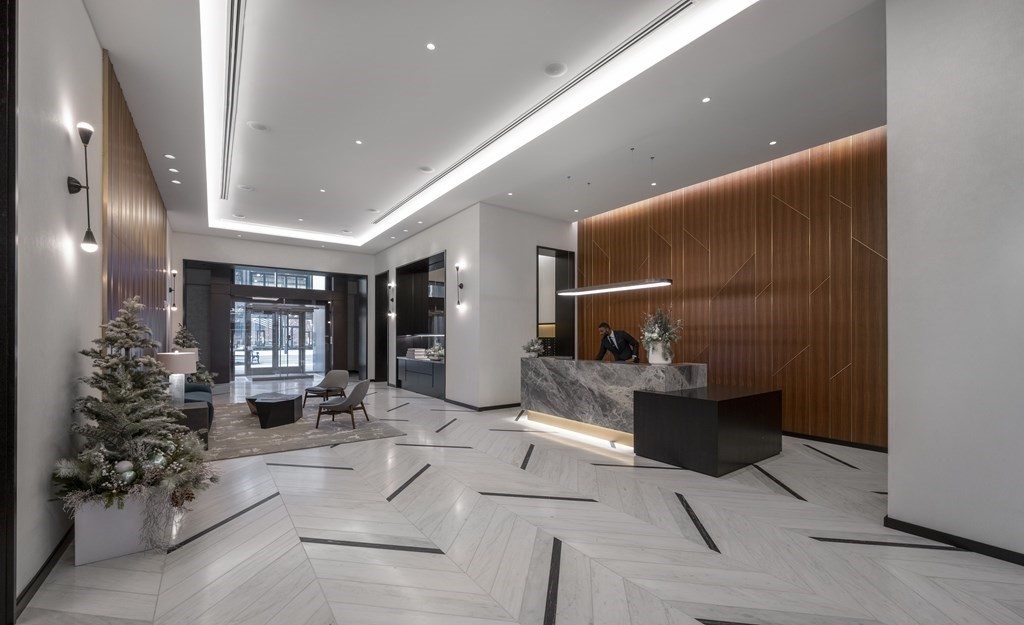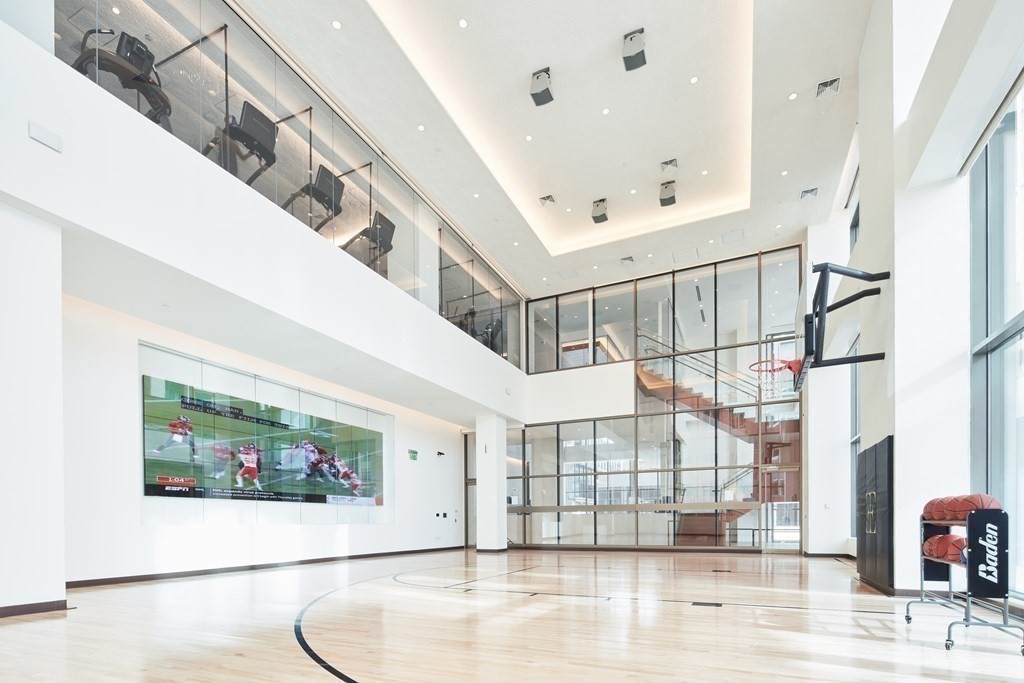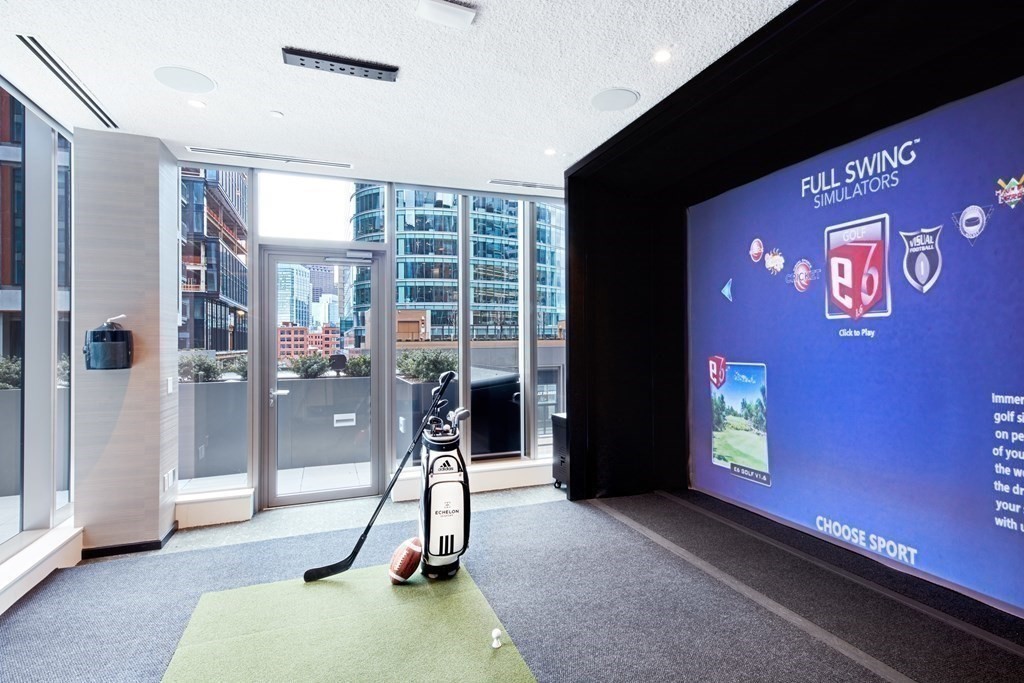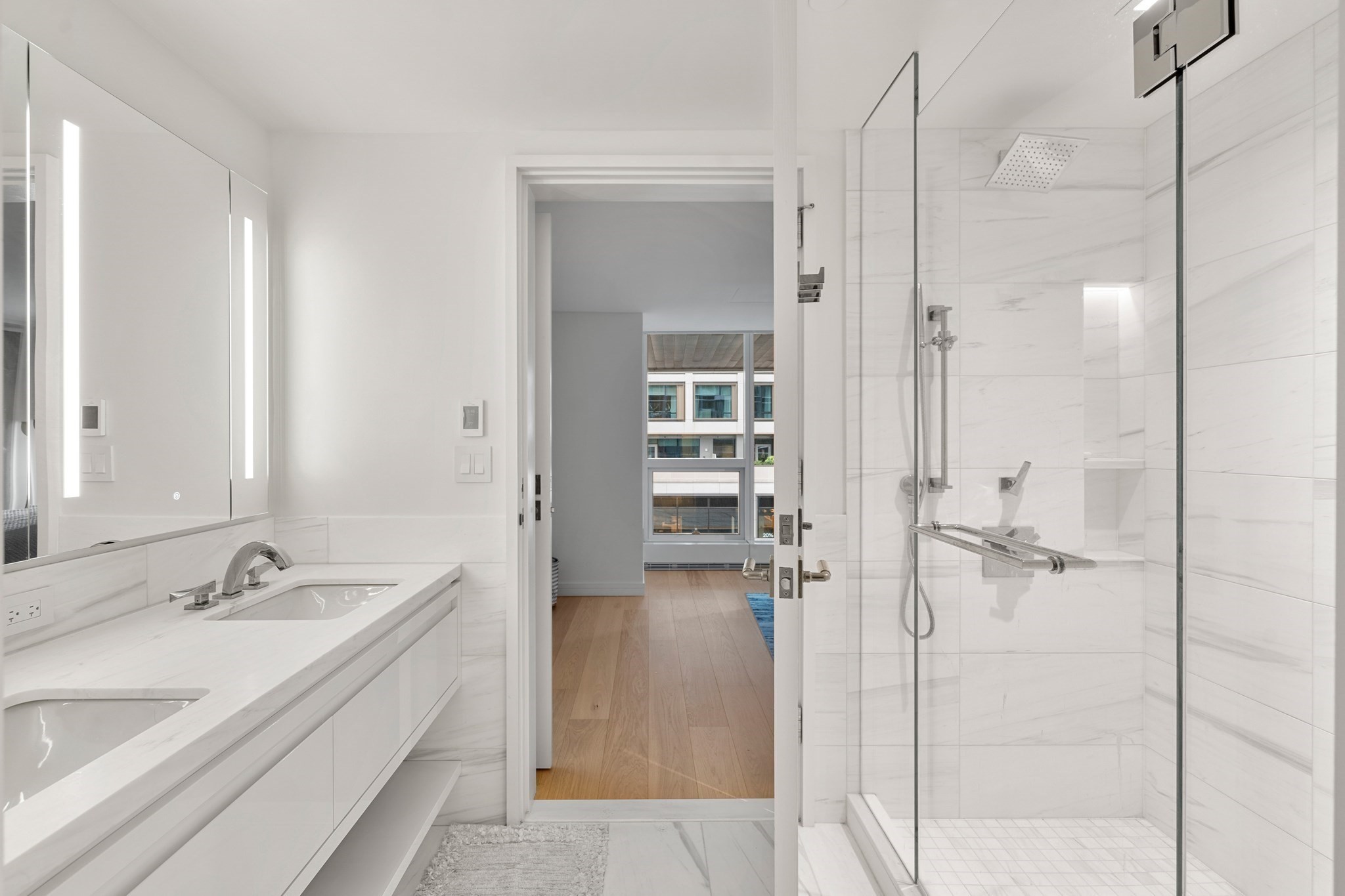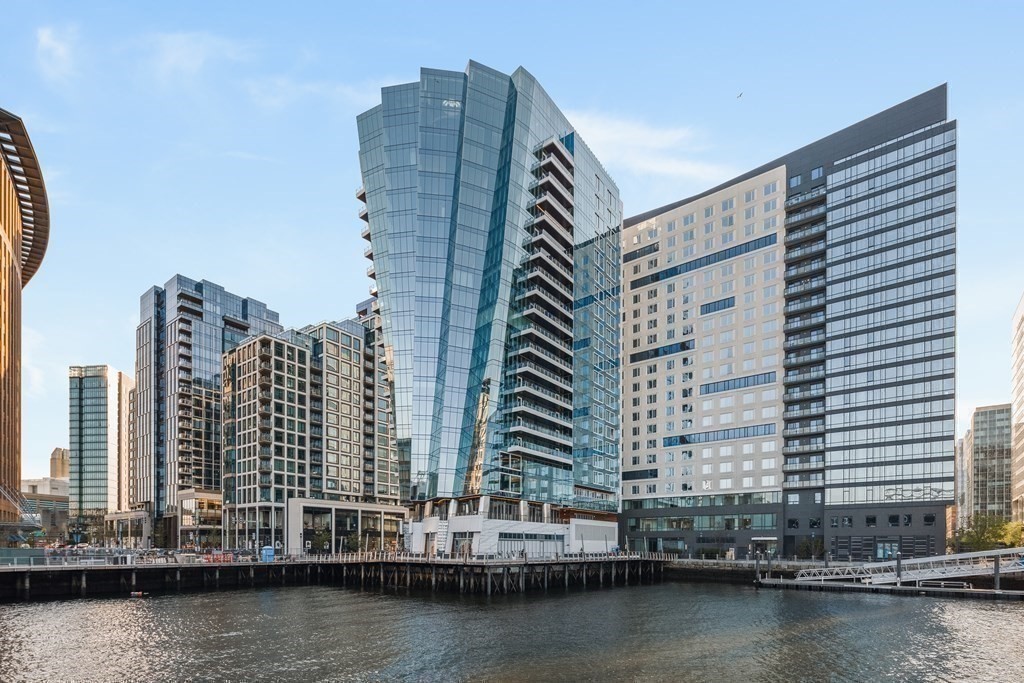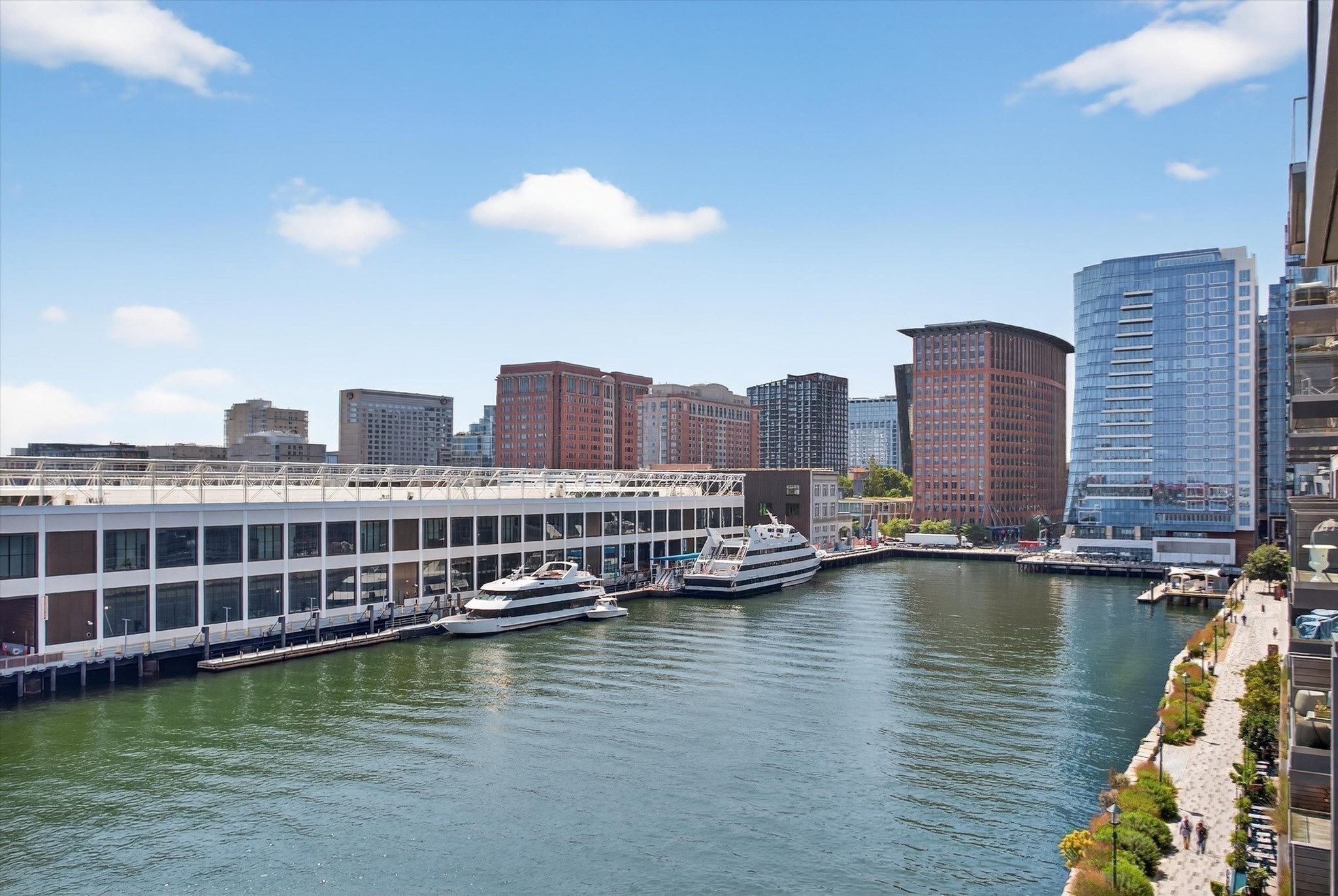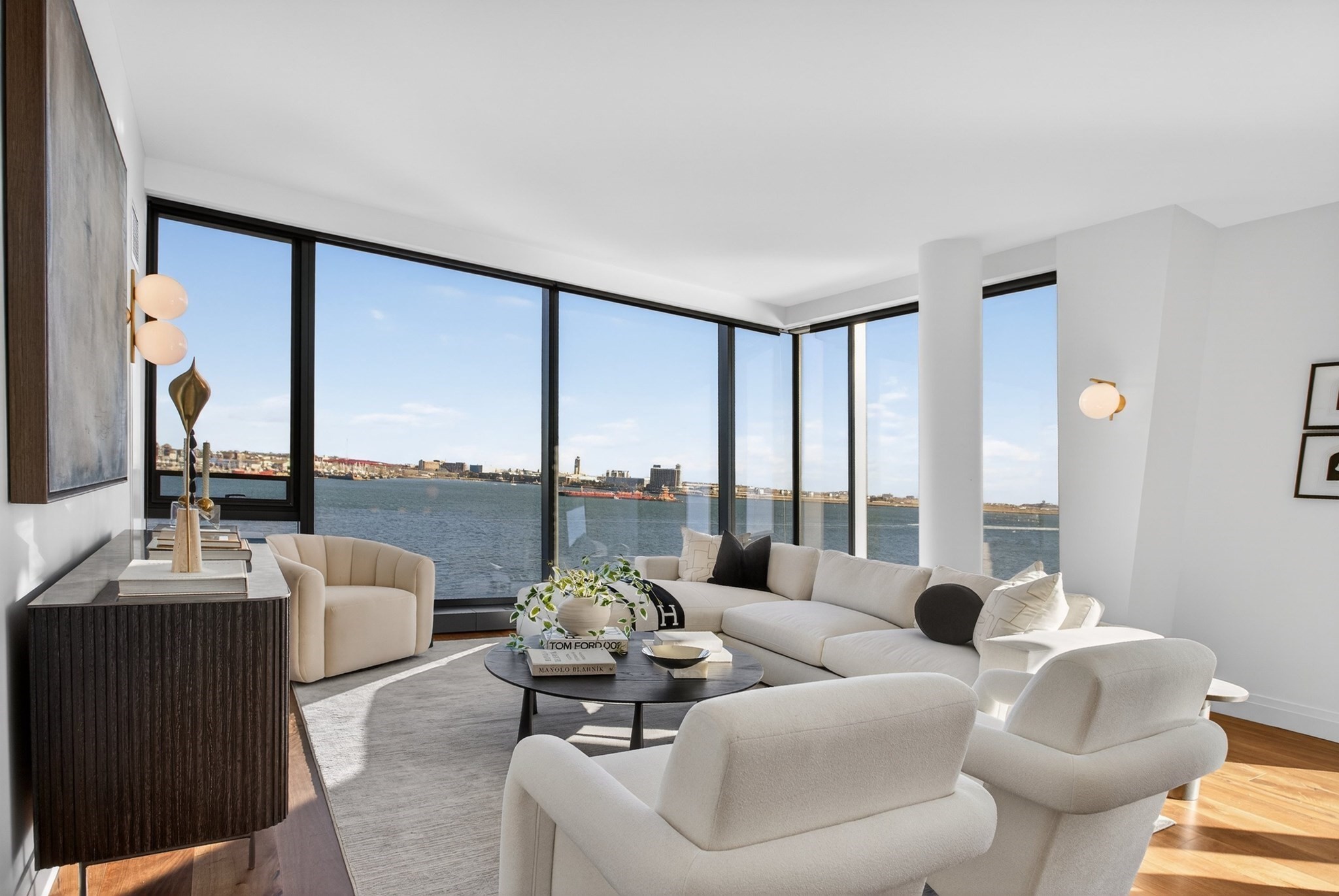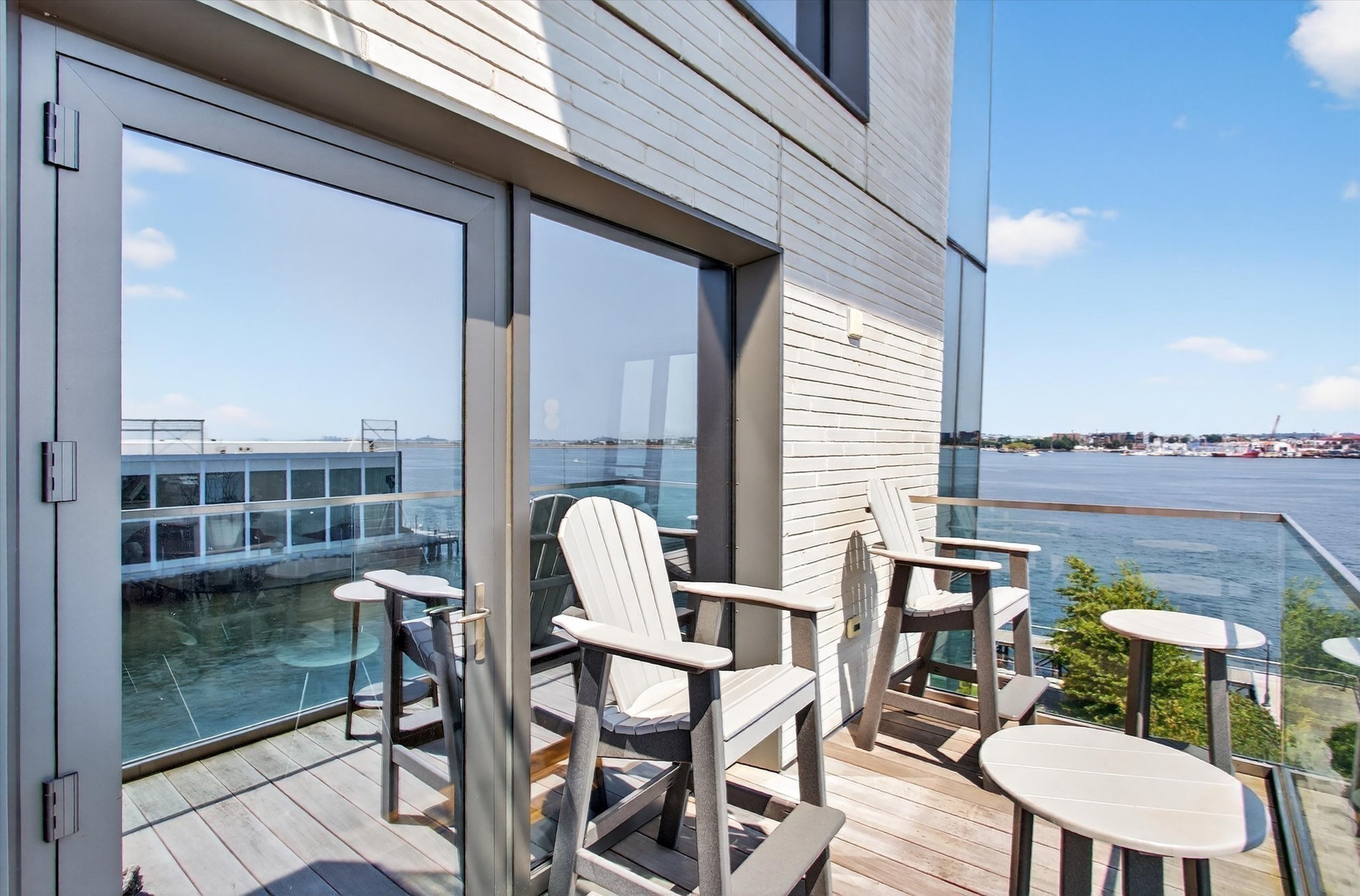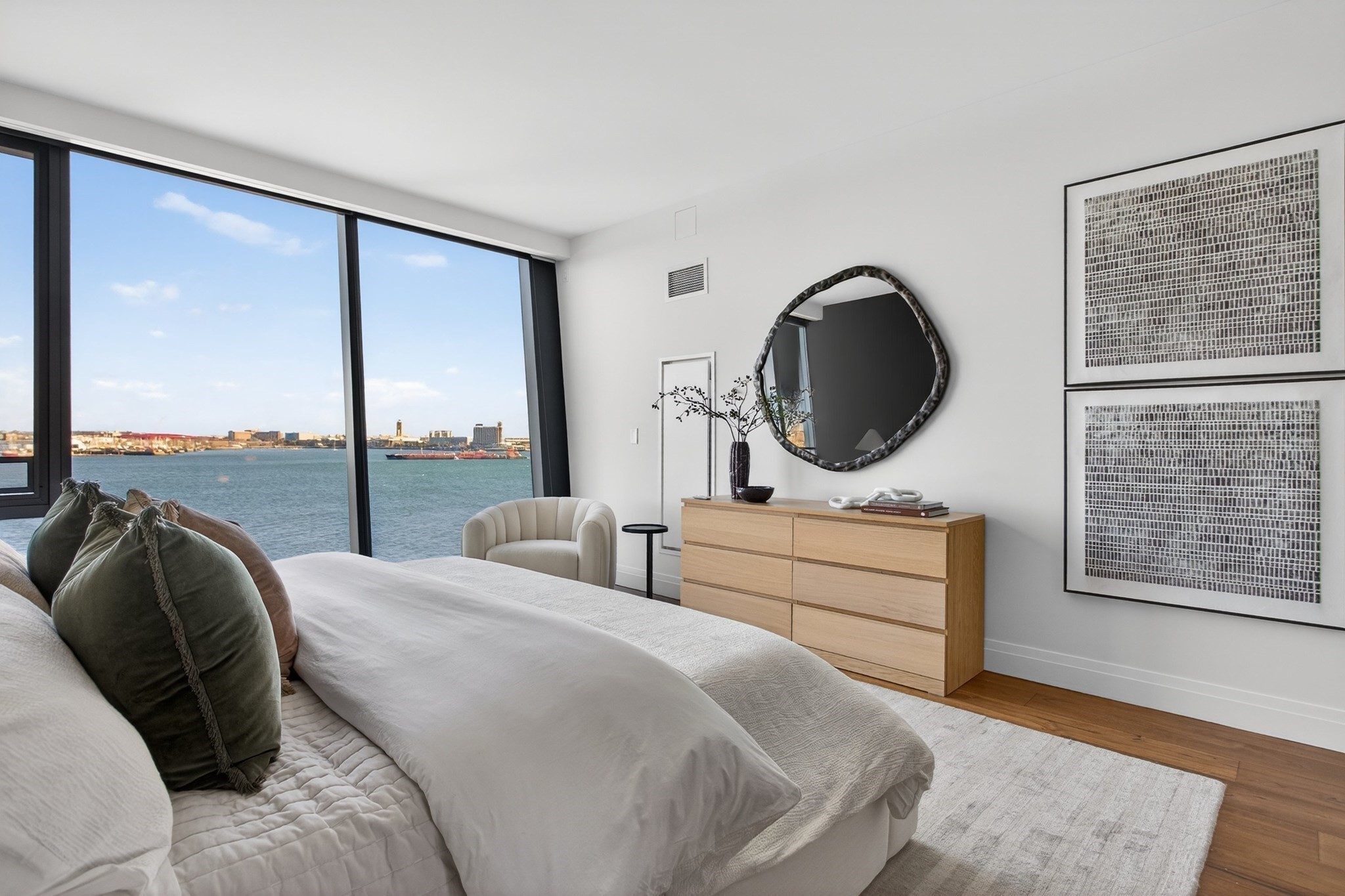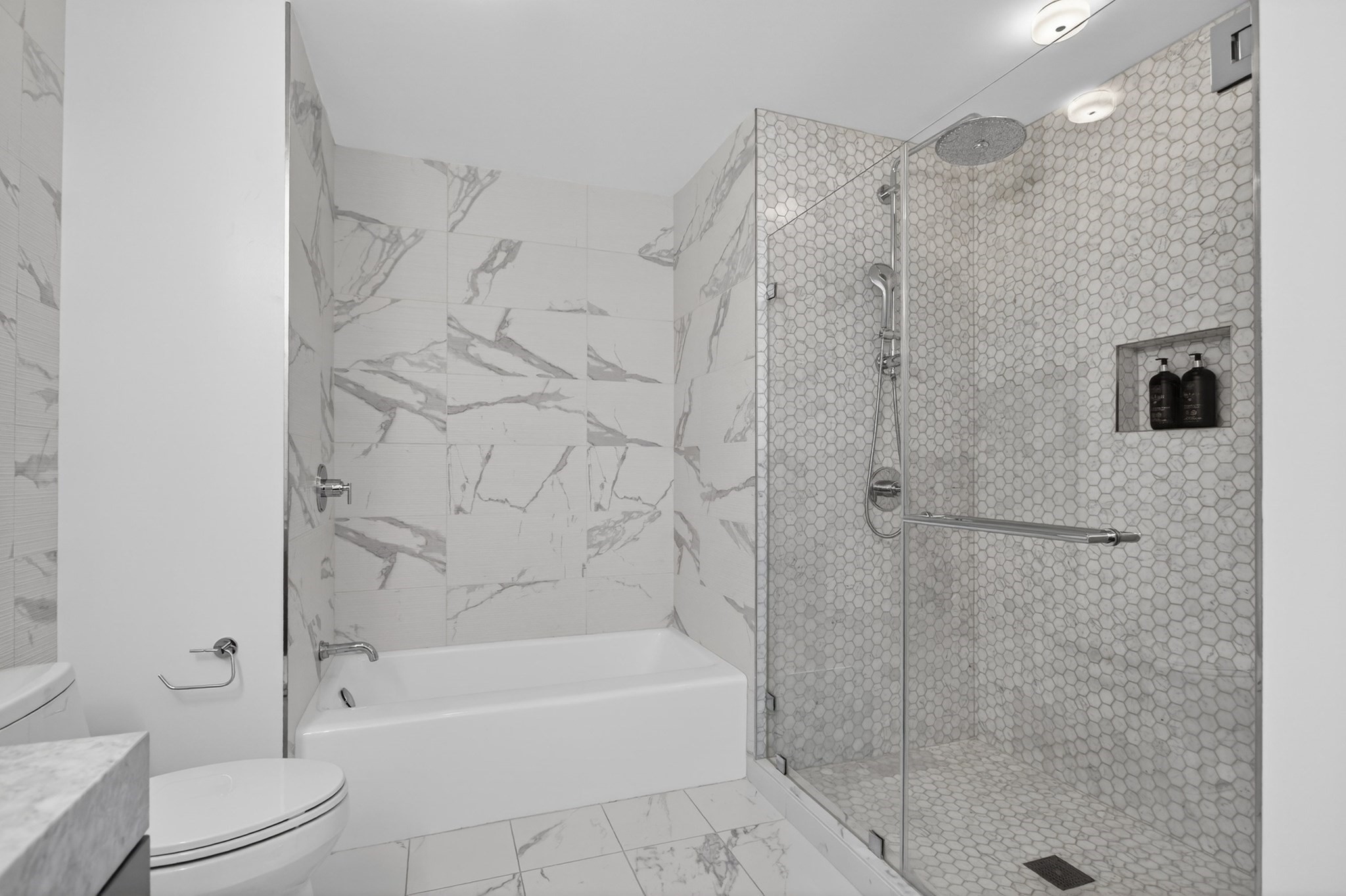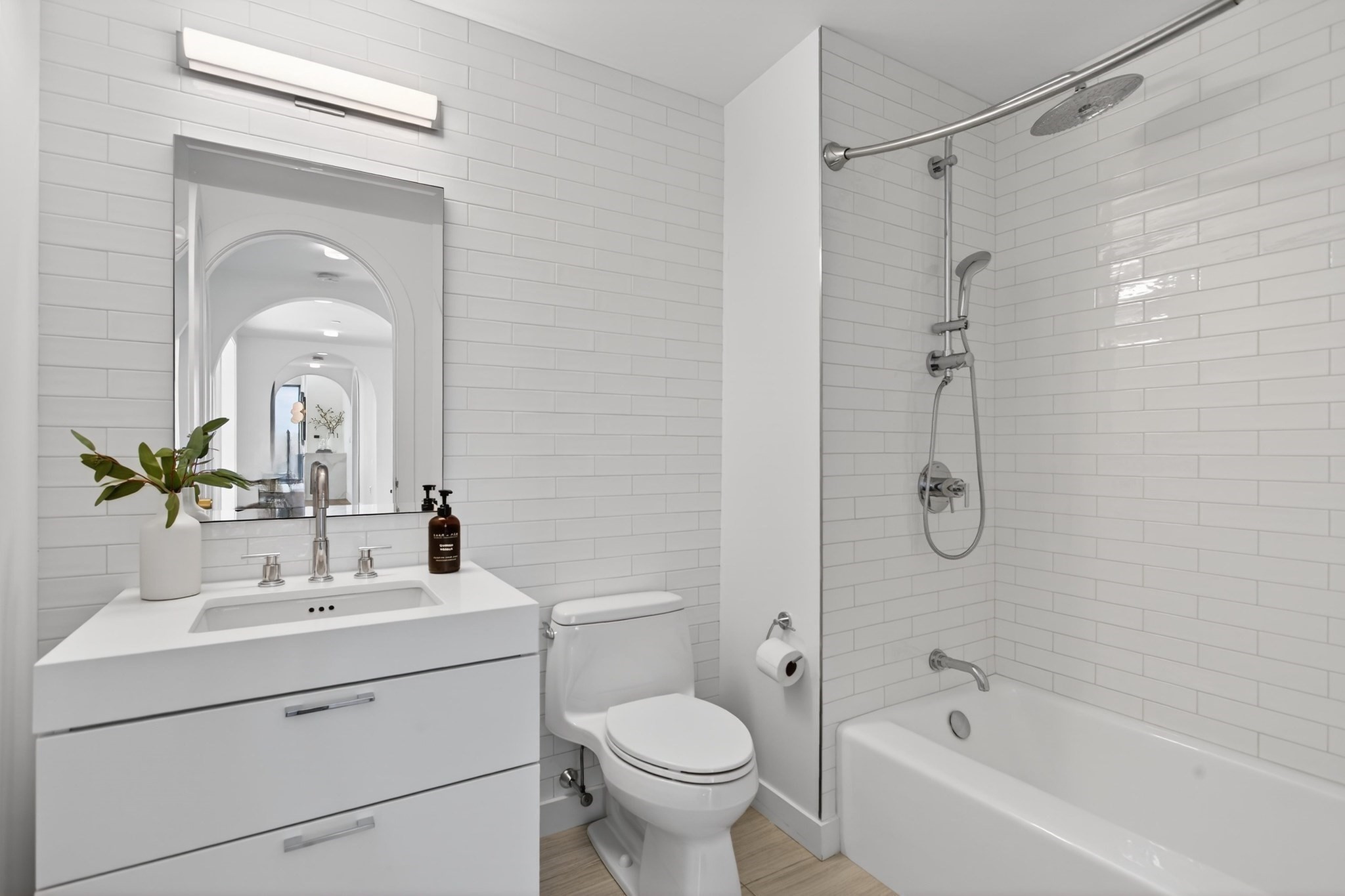Related Seaport Boston Property Searches
Seaport Boston Condos for Sale
Seaport Boston Multi-Family Homes for Sale
Seaport Boston Investment Property for Sale
Seaport Boston Commercial Real Estate
Seaport Boston Land for Sale
With an unabashedly contemporary soul, Boston’s Seaport district is a vibrant, invigorating neighborhood. It is a breath of fresh sea air for prospective homeowners looking at properties in Greater Boston. Flush with new construction, the hip destination manages a sophisticated urban atmosphere without losing the historical charms inherent to the city of Boston.
About Homes for Sale in Seaport Boston, MA
With an unabashedly contemporary soul, Boston’s Seaport district is a vibrant, invigorating neighborhood. It is a breath of fresh sea air for prospective homeowners looking at properties in Greater Boston. Flush with new construction, the hip destination manages a sophisticated urban atmosphere without losing the historical charms inherent to the city of Boston.
An Overview of Seaport
Tucked into the auspices of South Boston, yet a recognized district in its own right, Boston’s Seaport District provides the rare opportunity to see a neighborhood evolve in front of you. Today, Seaport Boston, formerly known as the South Boston Waterfront, and colloquially called “the Seaport”, is arguably the most exciting district in all of Boston.
While attempts to rename it the “Innovation District” never gained traction, the mobile media, clean technology, and health care information tech firms that now flock to the district bring a contagious wave of success with them. With more than 200 new companies, over 5,000 new jobs, and 1,100 new housing units (and counting) since the district’s inception and revitalization, the Seaport is Boston’s fastest growing location. This economic boom has stimulated real economic growth to the benefit of the entire greater Boston metropolis.
Just Where is Seaport, Boston? Is the Seaport Part of South Boston?
Seaport is not yet solidified in Boston’s collective consciousness as Fenway or Charlestown might be. Seaport is a newer neighborhood. Even so, while Boston neighborhoods are decidedly well established, their borders are often anything but. Homeowners can find themselves with a mailing address that states Roxbury, bills that say Brookline, and parking stickers for Mission Hill. The City Council and police often measure districts differently, and attempts to codify the boundaries between neighborhoods typically invite impassioned debate.
With that said, the Seaport district is indisputably situated at the north of South Boston, bordered by Boston Harbor on its north and east sides, and extending as far south as First Street. Covering roughly a thousand acres across the South Boston waterfront, some locations, such as the area around The Children’s Museum, are debatably part of South Boston proper rather than the Seaport itself. At the time of this writing, the city considers Seaport part of South Boston for municipal administration purposes. In whichever way you choose to draw and interpret the borders, once you reach Seaport Square you are indisputably in a different part of town from the rest of South Boston.
Points of Interest in Seaport, Boston
From nightlife and seafood to historic locations and globally attended conferences, the Seaport district truly has something for everyone.
Rockland Trust Bank Pavilion
There is nothing quite like the experience of attending a big outdoor concert and The Rockland Trust Bank Pavilion offers some of the best shows in Boston. Originally known as the Harbor Lights Pavilion, this 1-acre circular amphitheater has hosted entertainers such as Stevie Wonder, Norah Jones, Billie Ellish, Van Morrison, Dream Theater, Ben Folds, Beck, Lauryn Hill, and countless others on its stage. While it is a sure-fire hit in the summer, you may want to bundle up for autumn shows as cold winds can sweep through the outdoor venue. It is still Boston, after all.
The Boston Convention & Exhibition Center
A gorgeous example of architecture, the Boston Convention & Exhibition Center (BCEC) boasts a number of features that help set it apart from similar convention centers. Hosting events ranging from MedTech conferences to fashion shows, the BCEC gives a significant economic boost to the area. From the creation of new jobs to a revitalization of dining in the area, the BCEC’s effect on Greater Boston is difficult to overstate.
The Institute of Contemporary Art
Designed by Diller Scofidio + Renfro, the institute is itself a work of contemporary art. A key fixture in the Seaport district, the angular glass design strikes a sharp contrast with most Bostonian architecture. With the back end of the museum floating over Boston Harbor in a cantilevered glass deck, it is an amazing site.
The museum began as the Boston Museum of Modern Art in 1936. Its first gallery space was in the Fogg Museum and the Busch-Reisinger Museum at Harvard University. During that year, they held a fundraiser in which Salvador Dali attended dressed as a shark! Through its many moves, it has retained its independent nature and its flare for displaying the best in contemporary creativity.
The Lawn On D
Billed as an outdoor interactive space, The Lawn On D is 2.7 acres of park, pavilion, and event space. From the signature Swing Time exhibit to games like giant chess, Bocce, and even ping-pong, there is always something to do during Open Lawn hours. The Swing Time exhibit is a particular favorite of locals. It is an interactive swing set with solar powered LED lights that glow in different hues depending on the speed and height of the swing.
Harpoon Brewery
Dan Kenary, Rich Doyle, and George Legeti started Harpoon Brewery in 1986 for the love of beer. They couldn’t find precisely what they were looking for in the U.S. so they traveled. The diversity of the local European beers inspired them. The Commonwealth of Massachusetts issued them Brewing Permit #001.
Once they had the equipment and the building, they needed a master brewer. They hired Russ Heissner who had a degree in Fermentation Sciences. He started working on the recipe and had many volunteers for quality control. In 1987, Russ Heissner perfected the recipe for Harpoon Ale. As was fitting for a Boston brewery, Doyle’s Café and Sevens Ale House were the first recipients.
Harpoon Brewery sponsors an Octoberfest every year that is grand enough to rival the beer fests of Europe. Beer, bands, and dancing round out the party. Homes for sale in Seaport, MA will put you front and center in the festivities.
The motto of the founders is “Love Beer. Love Life”. These are not just words to them. Harpoon Brewery is an integral part of the community. Every year, they sponsor a five-mile race to benefit the Angel Fund, an organization dedicated to discovering a cure for ALS. They usually get approximately 5,000 runners that Harpoon Brewery treats to beer after the race. That is not their only commitment to the community. The owners founded “Harpoon Helps”, a charitable organization that benefits local charities.
In 2014, Harpoon Brewery became an employee owned company through an Employee Stock Ownership Plan. The employees own 48% of the company. Dan Kenary, Rich Doyle, and George Legeti are very proud of their contributions to the local economy and the well-being of their Boston neighborhood.
Cardullo’s Gourmet Shoppe
This fun food store is located at 99 Seaport Boulevard. When you are in the mood for that delicatessen sandwich and nothing else will satisfy, this is the place to go. They have premade foods and international gourmet foods. They will also cater that special event and make gift baskets for that special person.
Blue Bottle Coffee
Blue Bottle Coffee is located at 113 Autumn Lane. They offer a selection of baked goods and what patrons say is the best coffee in Boston. There is also a great selection of tea. Coffee beans, drinkware, and brewing tools are also available.
New Construction Including Homes for Sale in Seaport Boston, MA
In the Seaport district, new construction and renovation happens so quickly and so frequently that it can be difficult to keep up with it all. Here are just a few samples of new and ongoing construction as of the time of this writing.
50 Liberty
Established in 2018, the self-described “uber luxury condominium” boasts an impressive unobstructed view of Boston Harbor, Logan Airport, and the Financial District skyline. With private outdoor spaces, underground heated parking, and a private fitness center, 50 Liberty blazes a trail for new construction in Seaport Boston, MA.
Echelon Seaport Boston
On-schedule for completion in 2020, Echelon Seaport projects to land squarely among Boston’s most sophisticated and spectacular luxury developments. With noted architect Kohn Pederson Fox at the helm, and Jeffery Beers in charge of interior design, Echelon brings an estimated 733 residential spaces, including 448 luxury condominium homes for sale, to Seaport Boston, MA.
Pier 4
Situated next to the Institute of Contemporary Art, Pier 4’s just-opened residences offer premium waterfront homes for sale in Seaport Boston, MA. From the floor-to-ceiling windows and cutting-edge wine refrigerators to garage parking, a private lounge overlooking the water, and otherwise unrivaled views of the sea, Pier 4 offers uncompromising luxury to Seaport residents
The St. Regis Residences
Another project scheduled to open in 2020; the St. Regis Residences are shaping up to take their place among the most luxurious top-end residential spaces in New England. With Elkus Manfredi Architects at the helm, and Cronin Development handling the construction at 150 Seaport Blvd., the building is shaping up to be as unforgettably gorgeous as the views. With personal butler service, bespoke amenities, and first-class amenities, St. Regis Residences look to be some of the absolute best homes for sale in Seaport Boston, MA.
Homes for Sale in Seaport, Boston
As one of the hottest neighborhoods in Boston, real estate is limited. You can expect to pay a premium, though the homes on offer are typically well worth the asking price regardless of the neighborhood. The homes for sale in Seaport, Boston range from the mid-six figures to the low seven-figures.
Population
US census data for 2020 shows Seaport has a population of 5,250, giving it a population density of over 10,769 people per square mile.
History
The Seaport’s origins are distinctly muddy. Not muddy as in “unclear,” or “mysterious” – muddy as in a soggy, waterlogged stretch of Boston Harbor that did not see serious construction occur until the late 19th century. By the early 1900s, the South Boston harbor was a bustling shipping and receiving port with tons of raw materials coming through its docks. Wool and leather comprised the bulk of these shipments, supplying local textile production for decades.
Sadly, by the midway point of the 20th century, the once-thriving Seaport was anything but. Vacant lots, empty warehouses, and defunct businesses dominated the landscape. The late Thomas O’Connor, a respected historian at Boston College, described Mayor Kevin White’s view from his new City Hall office in 1968. Among other things, Mayor White could see the Seaport. It was, in his words, rotten. Unwilling to accept the decay, White set out to renovate the district. While he put the preliminary plans into motion, the district languished for years with little change.
Rise of the Innovation District
At the dawn of the 21st century, the idea of innovation districts heralded a potent new model for urban growth and development. The idea behind innovation districts was simple. From Silicon Valley, to New York’s Silicon Alley, San Francisco’s Mission District, and Paris, France’s Silicon Sentier, technological innovation, entrepreneurship, and other new ideas tended to cluster geographically.
An innovation district is, simply put, an attempt to create an attractive environment for startups, incubators, and other business accelerators. Founded in 2000, Barcelona, Spain’s 22@ project proved to be a massive success, attracting over 4,500 companies and creating 56,000 high-value jobs in the area. In 2010, with a decade of success under its belt, 22@ showed the value that an innovation district could bring to a region. In Boston, one man in particular was paying close attention.
Birth of the Seaport
In 2010, a decade after 22@’s founding, Mayor Thomas Menino announced a bold new vision for the South Boston waterfront It was a plan that would take a neglected stretch of cracked pavement and empty warehouses and transform it into a cutting-edge destination, providing an economic boost for the entire city.
He proposed taking a thousand acres along the South Boston Waterfront, and developing it into the United States’ first innovation district. The prospect of transforming a quasi-abandoned warehouse district into an Information Age tech hub was daunting, to say the least. Menino, however, remained undaunted. Emboldened by @22’s successes, he saw the potential for something great in the neglected harbor. With the Central Artery/Tunnel Project, more commonly known as the Big Dig, finally complete, I-93 no longer separated the Seaport district from the rest of Boston. With the way for public transportation open, the project began in earnest.
Core Principles and Key Strategies
A project this ambitious required a strong vision and a secure foundation. Three core principles guided the project from the very start. First, the district would be a kind of urban lab – a place where experimentation, collaboration, and citizen participation could explore new ideas. Second, project leadership must build the district sustainably, maximizing the waterfront’s land without negatively influencing resources or the day-to-day experience of future generations. The third and final principle was shared innovation. Every Bostonian should, and would, benefit from the ideas, innovations, and products that came from the district.
Three key strategies provided a clear roadmap for the project. The new Seaport would need to promote collaboration, provide public space and programming, and ultimately develop a 24-hour neighborhood. From green spaces to nightlife, these strategies shaped the Innovation District project that rapidly blossomed into the Seaport district of today.
In a few short years, businesses like Reebok, Zipcar, State Street Corporation, Goodwin Procter, Vertex Pharmaceuticals, countless start-ups, and other companies moved offices into the district. There were those, such as the then president of the city council, James Kelly, who did not like the moniker of “The Innovation District”. These people wanted the title “South Boston Waterfront”. However, the name did not dampen the innovative spirit of the Seaport district then or now.
Real Estate Data on Homes for Sale in Seaport Boston, MA
Since its inception, the Seaport district has been one of the nation’s hottest real estate markets, and it shows no signs of slowing down. The Seaport district remains the fastest growing area in all of Boston, and this explosive growth continues to foster economic growth not just in the neighborhood, but also across the entire city.
Determining the exact median sale price of homes for sale in Seaport Boston, MA can be a knotty issue. Many figures include the district in South Boston home values, which skews the numbers. Experts can still glean data from the available amounts. With a little digging, one can ascertain projected market values. There are always general projections by market experts.
Average Home Values in the Seaport District
As of this writing, the median sale price of homes for sale in Seaport Boston, MA is $2,167,406 – an increase of $499,066 or 30% compared to 2022. This is indicative of just how hot the market is. The overall value of property in the Seaport district increased proportionally over this period. The average sale price per square foot was $1,328. This shows a healthy, consistent market. With approximately 30 new properties up for sale in a given year, expansion continues at a steady rate. The homes for sale in Seaport Boston, MA are generally new construction or reclaimed space. Stand-alone houses are rare, but newly built condominiums rise to meet the growing demand.
When compared with the rest of Boston, the Seaport is at the higher end of the housing market. As of this writing, the median price per square foot across Boston, $766, comes in at roughly 58% of the Seaport district’s figure. The median sale price of homes across Boston is $860,773, which is a little over 39% of the Seaport district’s median of $2,167,406. It is in line with the more affordable end of homes for sale in Seaport Boston, MA. Prospective homeowners can expect some of the best luxury homes that Boston has to offer with more to come.
Transportation near Homes for Sale in Seaport Boston, MA
Boston is first and foremost a public transit city, and the Seaport is no exception. While many can, and do, drive to and from Seaport Boston every day, that is far from the only way to get in and out of the Seaport district.
Public Transit near Homes for Sale in Seaport Boston, MA
While rail travel is not currently a fixture in the Seaport district, the MBTA Silver Line provides residents with access to the rest of Boston, as do bus routes 4, 7, 9, 11, and 47. When it comes to commuter access in and out of Seaport, the Silver Line is by far the most popular option.
Connecting the waterfront to South Station, Logan airport, and the rest of Boston, the Silver Line is unquestionably the star of the show. As with all stars, it often gathers quite the crowd. Simply put, the Seaport district is more successful, popular, and in-demand than anyone in 2010 could have guessed. Traffic of all sorts reflects that reality, and the Silver Line is no exception.
Water Transit near Homes for Sale in Seaport Boston, MA
Name notwithstanding, the Seaport is very much an innovation district, tackling conventional issues with unconventional and creative solutions. While more radical mass transit solutions, such as a proposed aerial gondola connecting the Seaport district to South Station, have yet to be implemented, the Seaport district provides other transit options by virtue of, well, being a seaport.
MBTA commuter ferries provide transport year-round. The Seaport/North Station ferry departs every 20 minutes providing morning and evening commuters with nautical transportation. Seat reservations are available, though each ferry has spaces open to the public spaces. In addition, Boston’s water taxi providers such as Rowes Wharf Water Transport and Boston Harbor Cruises offer year-round transportation across Boston Harbor, connecting the Seaport district to the rest of the city in delightfully Bostonian fashion.
Parking
Around the turn of the century, the Seaport district was one of the few places in Boston with parking to spare. With plenty of aging lots, but not much reason to go there, the South Boston Waterfront was effectively a massive parking lot with plenty of spaces to go around. Needless to say, times have changed.
The meteoric rise of the district literally changed the landscape of the Seaport, transforming it into the dynamic neighborhood it is today. However, such explosive growth rarely comes without challenges. For prospective residents, the increasingly popular nightlife and restaurant scene brings its own tradeoffs, and finding on-street parking is far from a sure thing. City officials have explored different permit rules for Seaport residences, but even with these changes, parking on weekends is competitive.
Even with multiple parking garages serving the area, visitors trying to find parking in the Seaport district are in for a small adventure. Many residents elect to purchase a parking pass for one of the half-dozen or so parking garages in the Seaport district, ensuring that they always have access no matter how busy things get.
Car Sharing
Boston has long enjoyed a plethora of car sharing and car club options, but since moving offices into the Seaport District, Zipcar access has become an increasingly available option for Seaport residents. If you are looking at homes for sale in Seaport Boston, MA but the idea of relying completely on public transit and/or driving everywhere gives you pause, Seaport’s on-demand access to vehicles is worth considering.
Daily Life in Seaport
Morning joggers greet the sunrise as the Seaport’s mix of tech giants and startups busy themselves with creating the future. In addition, when the sun’s rays shine on Boston Harbor and the sleek glassy figure of the ever-changing skyline, it is easy to be swept up in that future. The Seaport is a rarity: it presents a genuinely new neighborhood in one of America’s most historic cities, and invites its residents to play a role in creating its signature characteristics.
If the idea of living in an exciting, evolving, upscale neighborhood appeals to you, then the homes for sale in Seaport Boston, MA more than delivers on that promise.






